Contact Sheets From Both Shoots
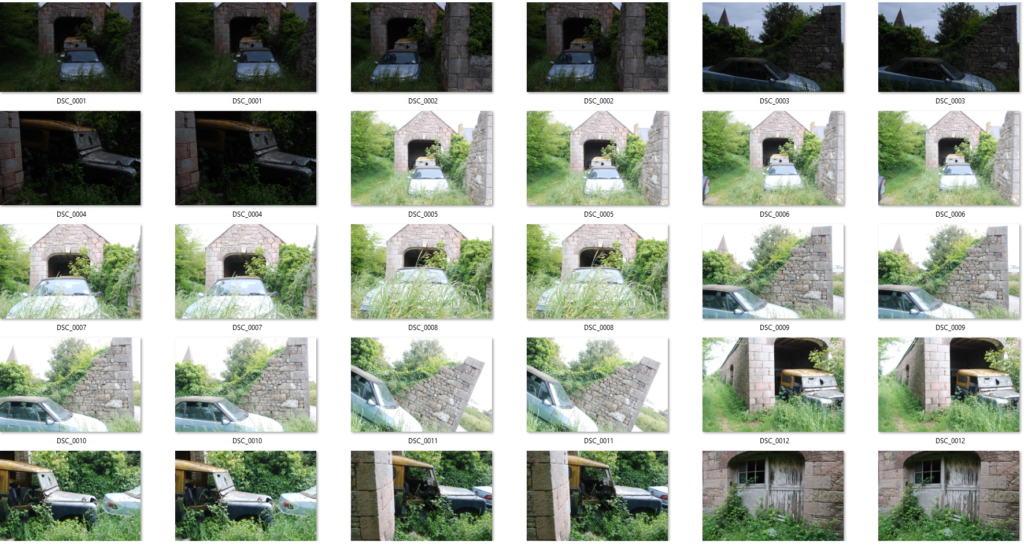
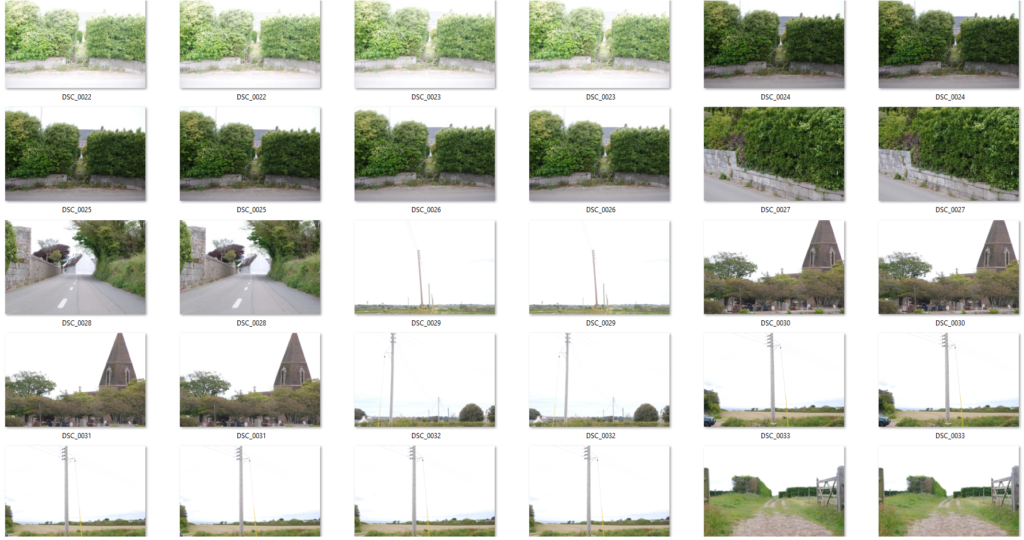


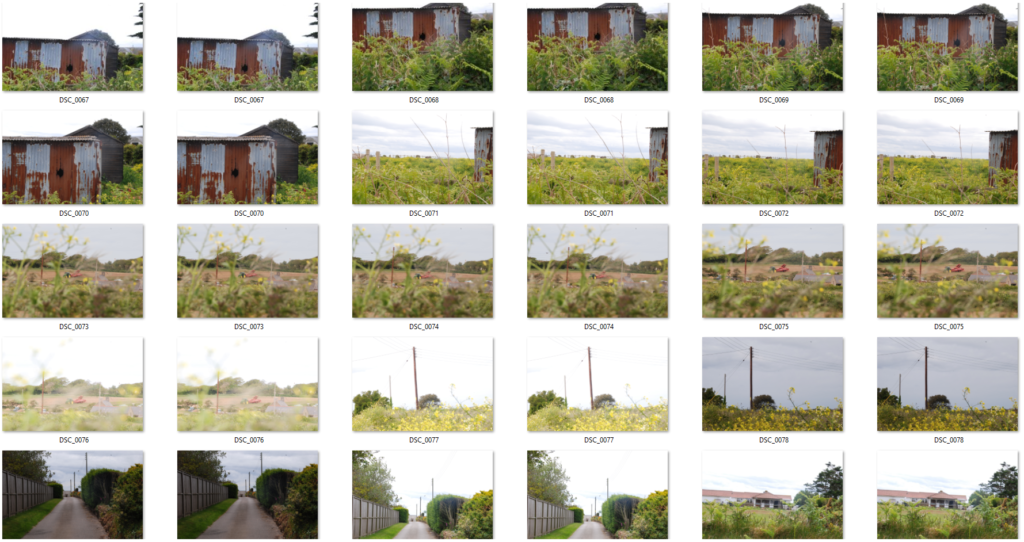
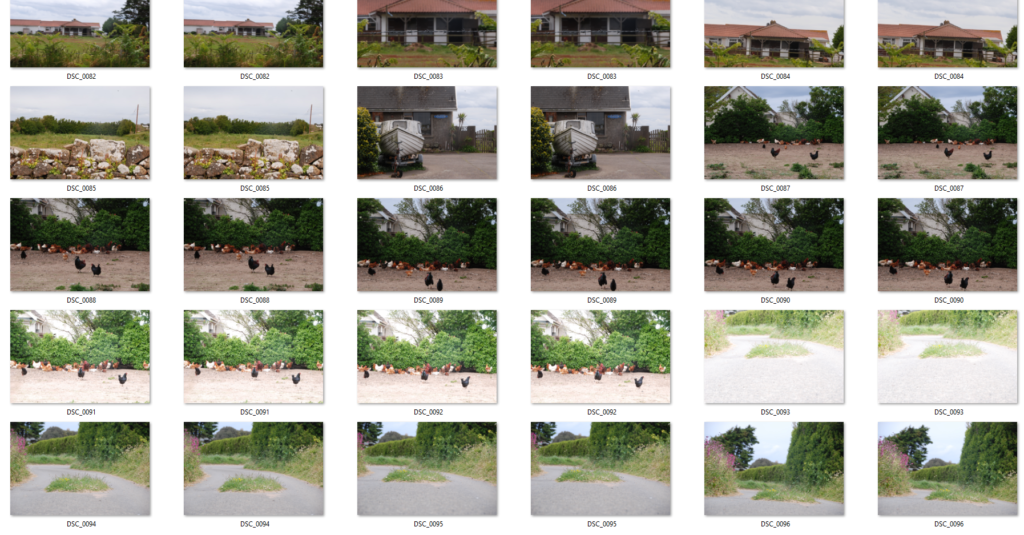
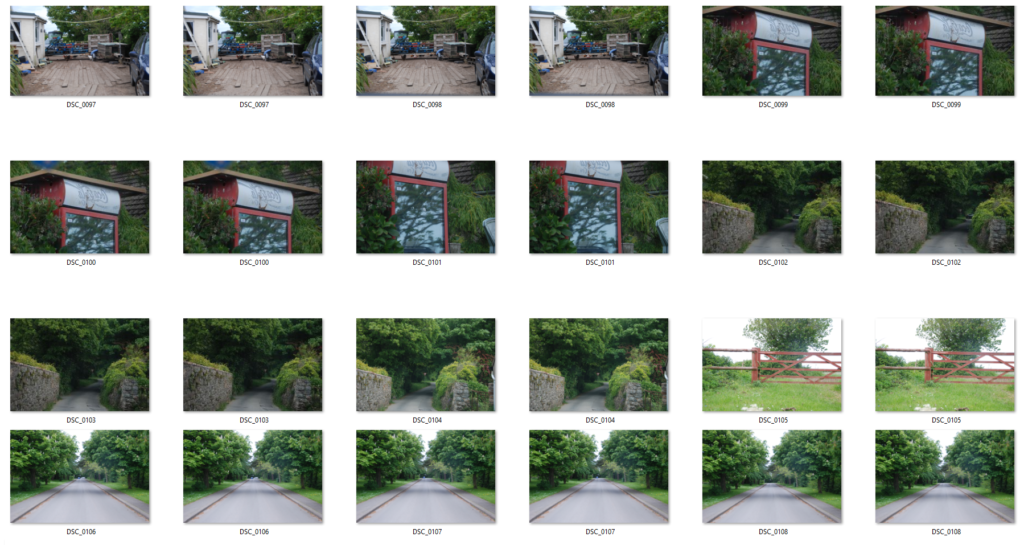
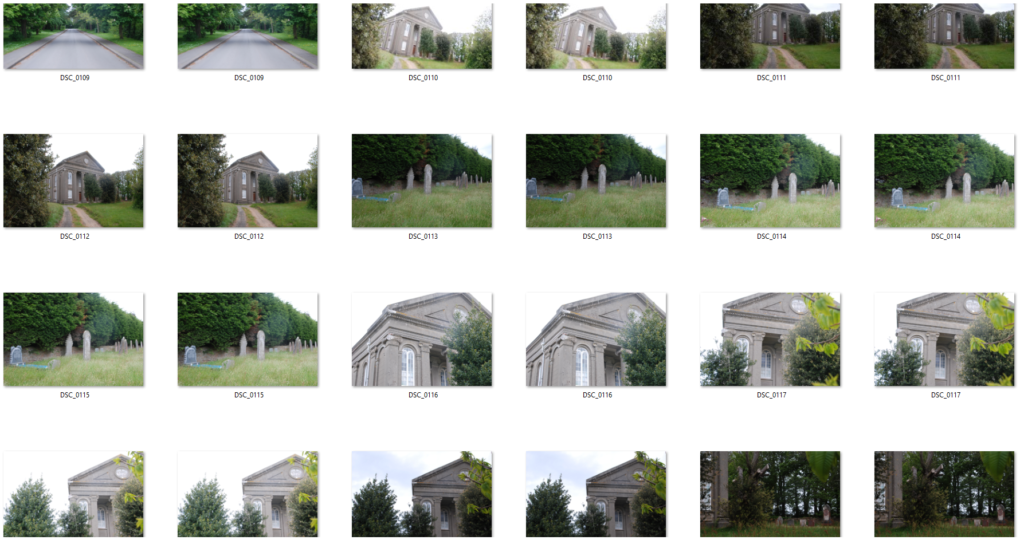
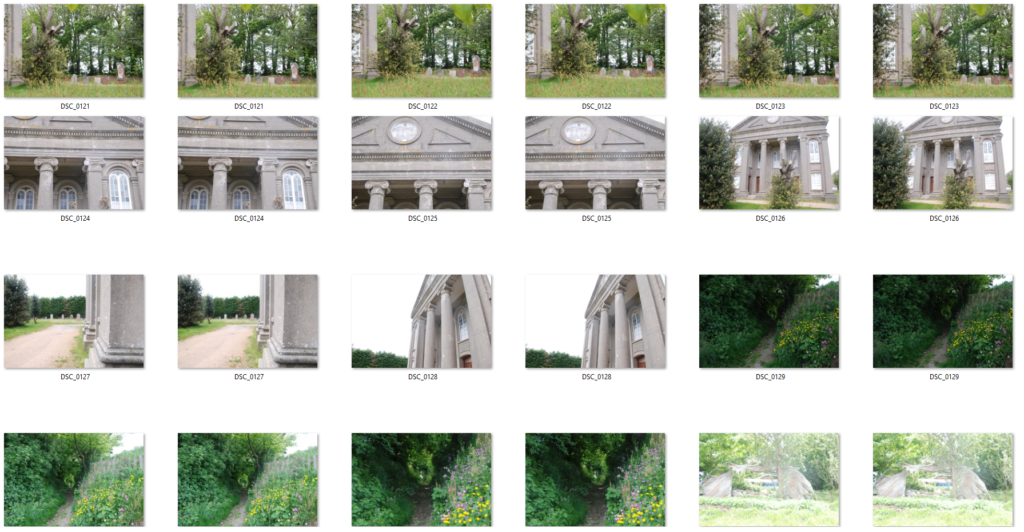
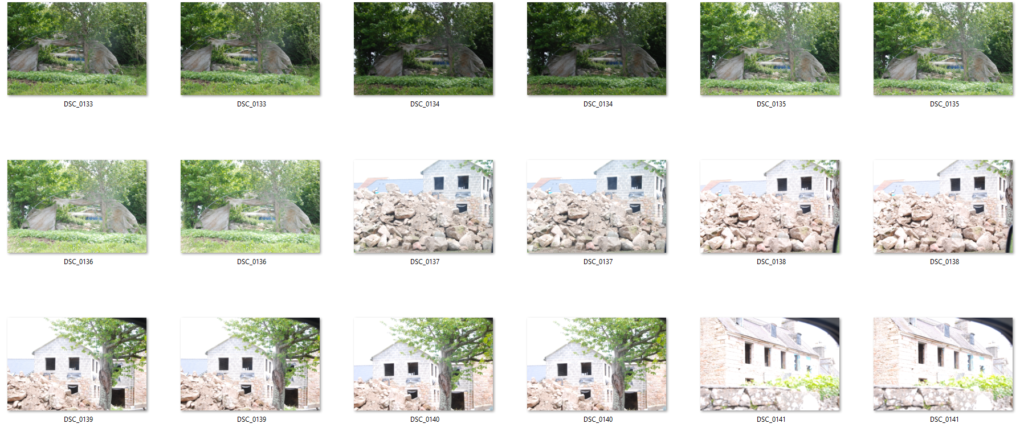
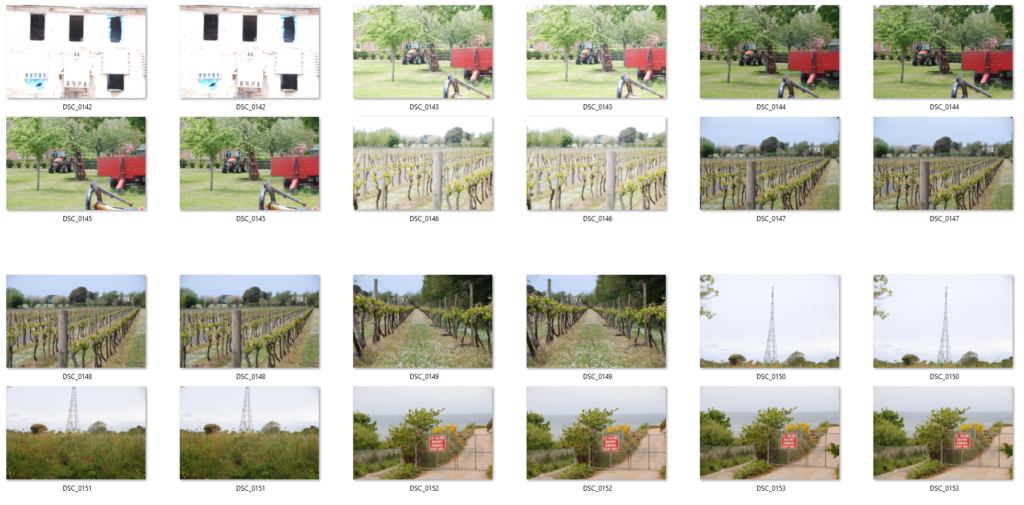
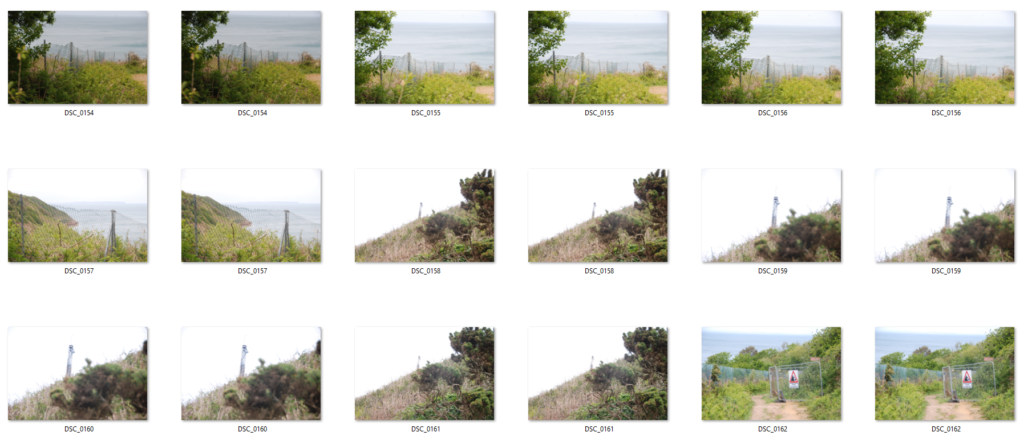
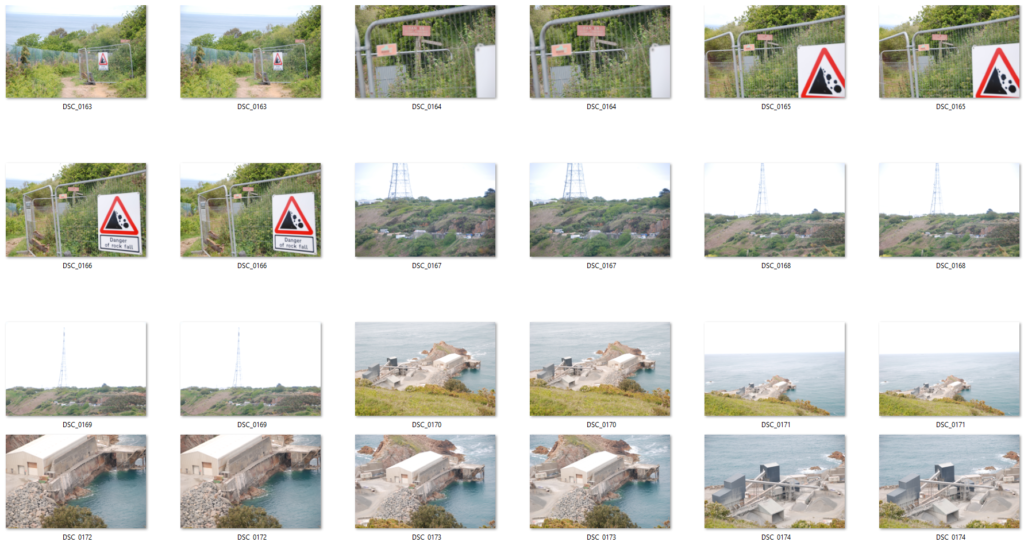

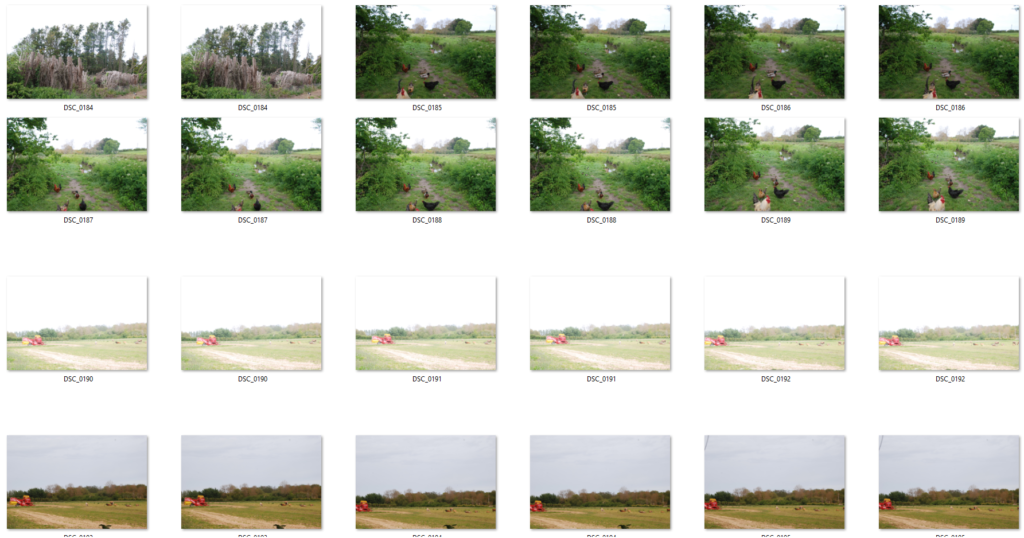
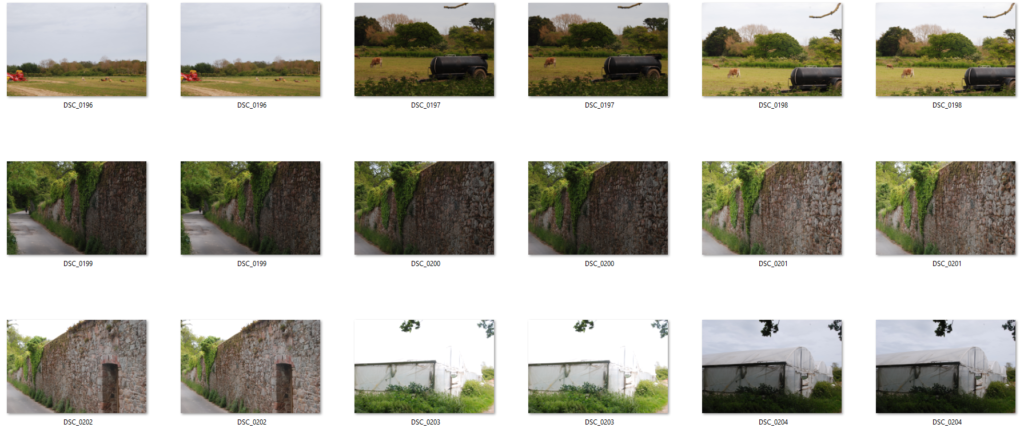
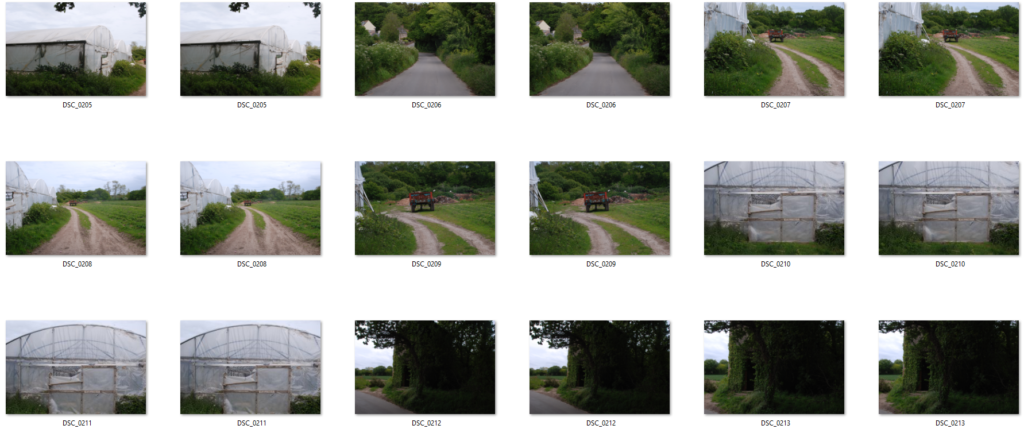
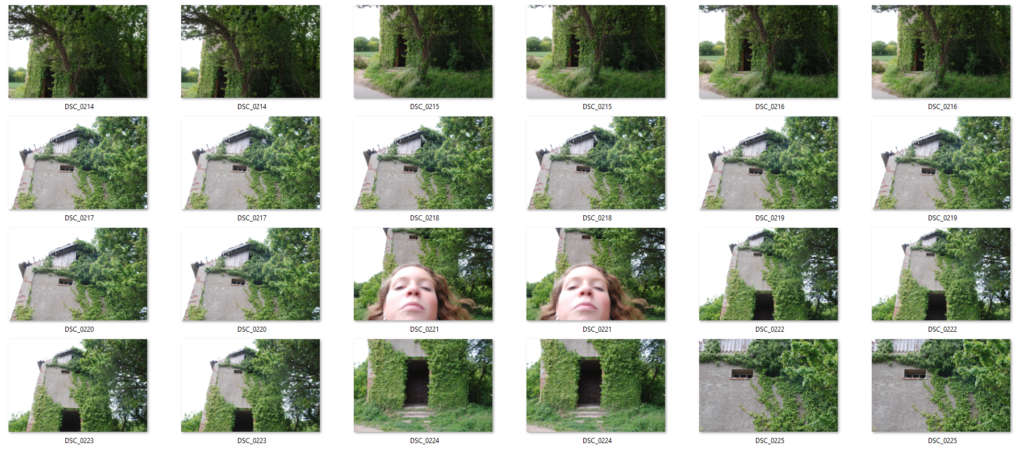

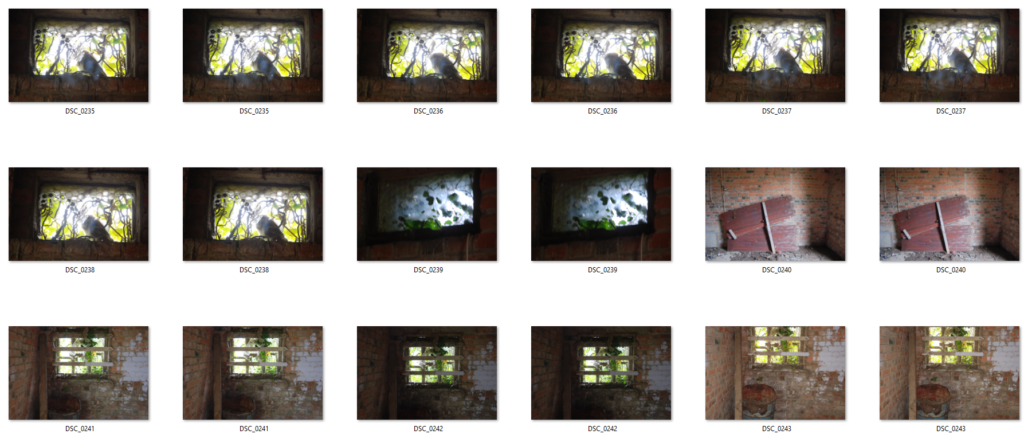
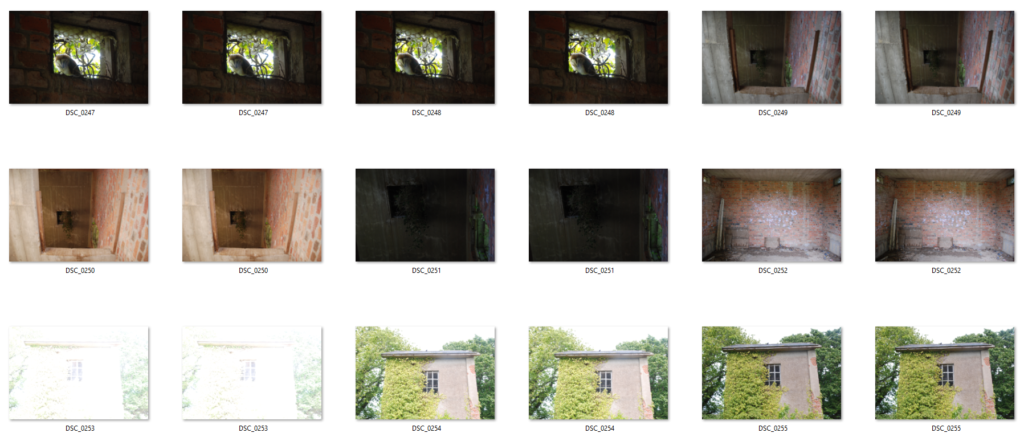
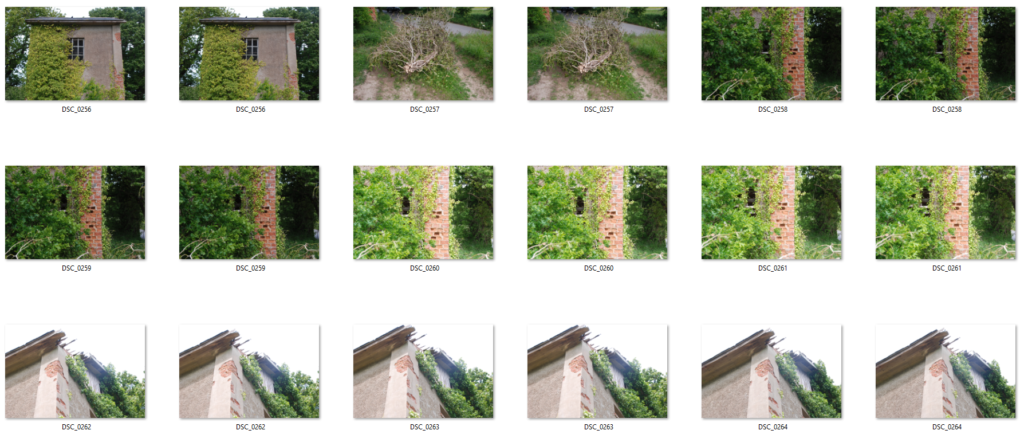
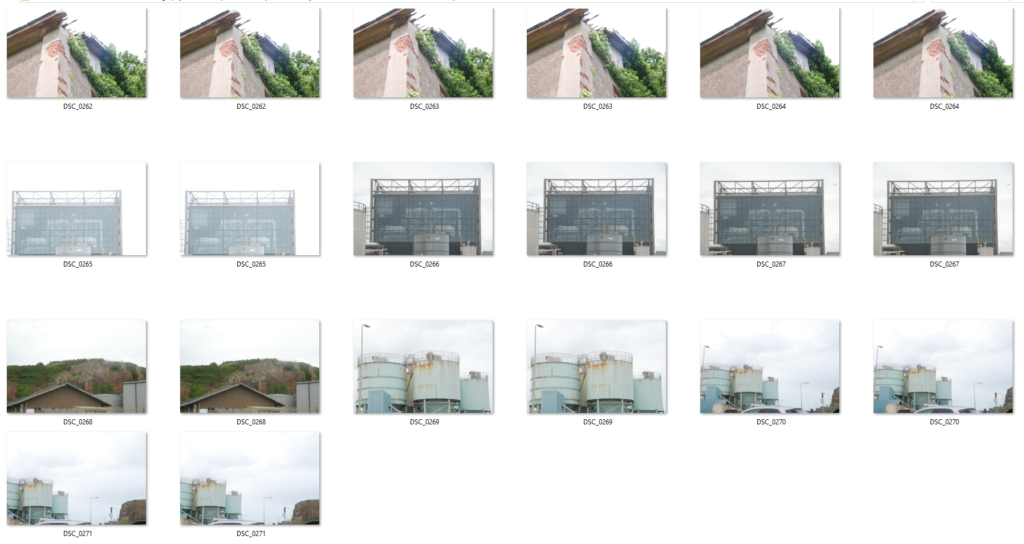
Final Edits
I am reacting to the works of Camilo Jose Vergara and George Marazakis so I focused on a film look with lower saturation on some images and warmer monotone colour schemes on others.
Contact Sheets From Both Shoots























Final Edits
I am reacting to the works of Camilo Jose Vergara and George Marazakis so I focused on a film look with lower saturation on some images and warmer monotone colour schemes on others.
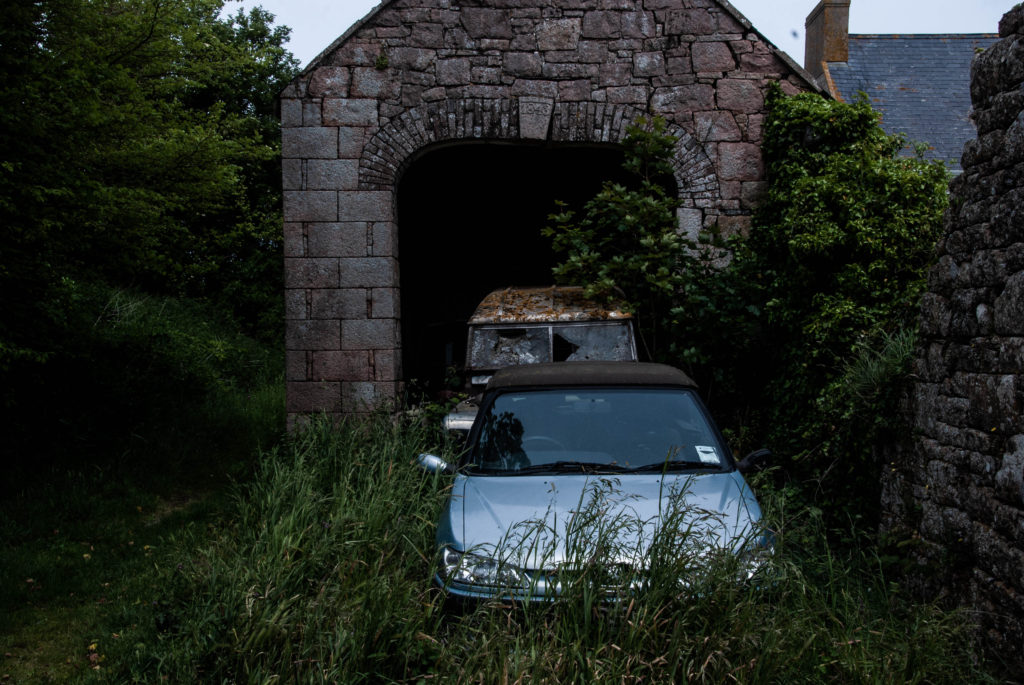
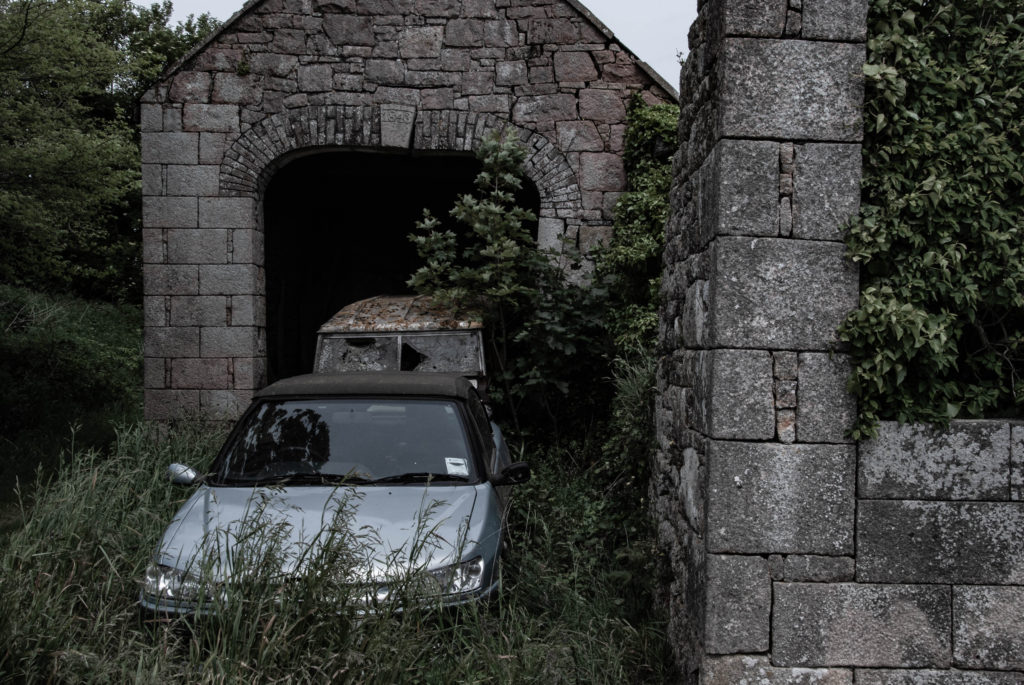
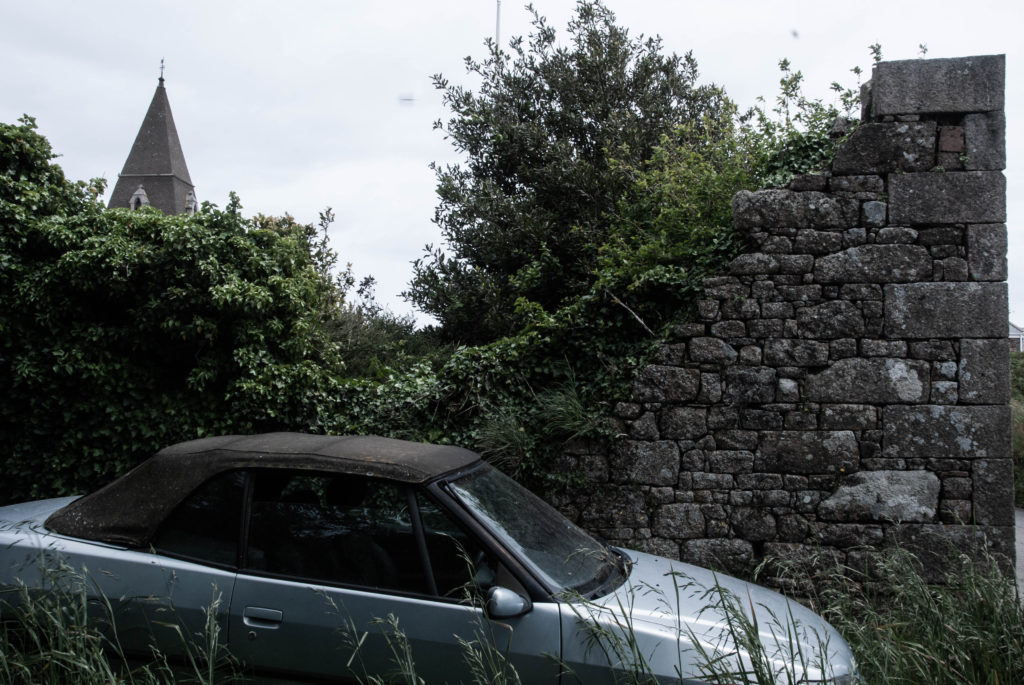
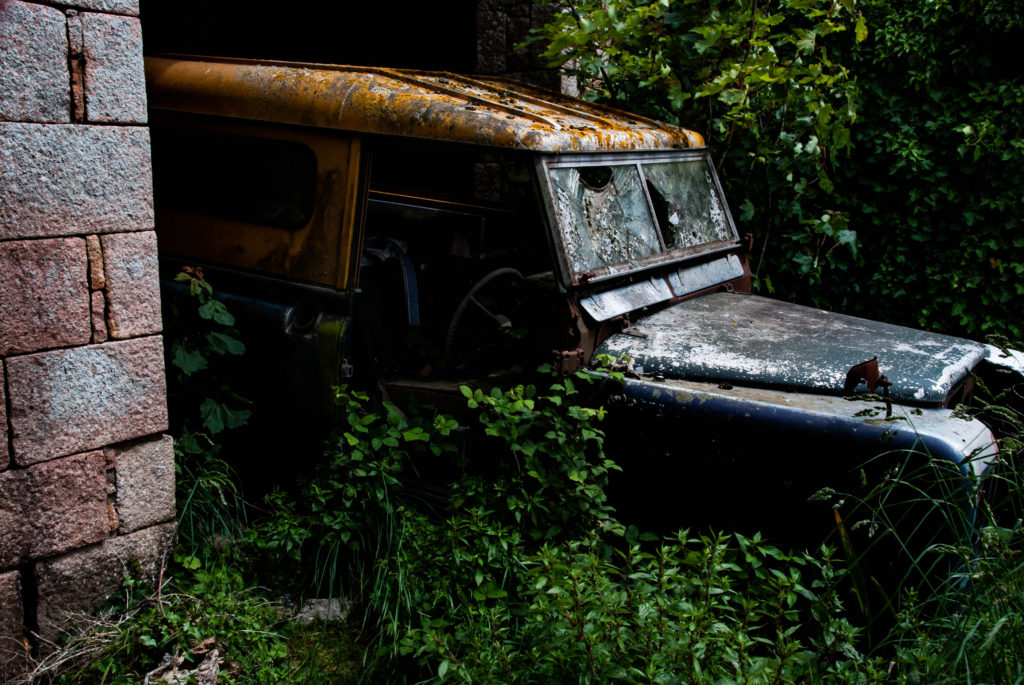
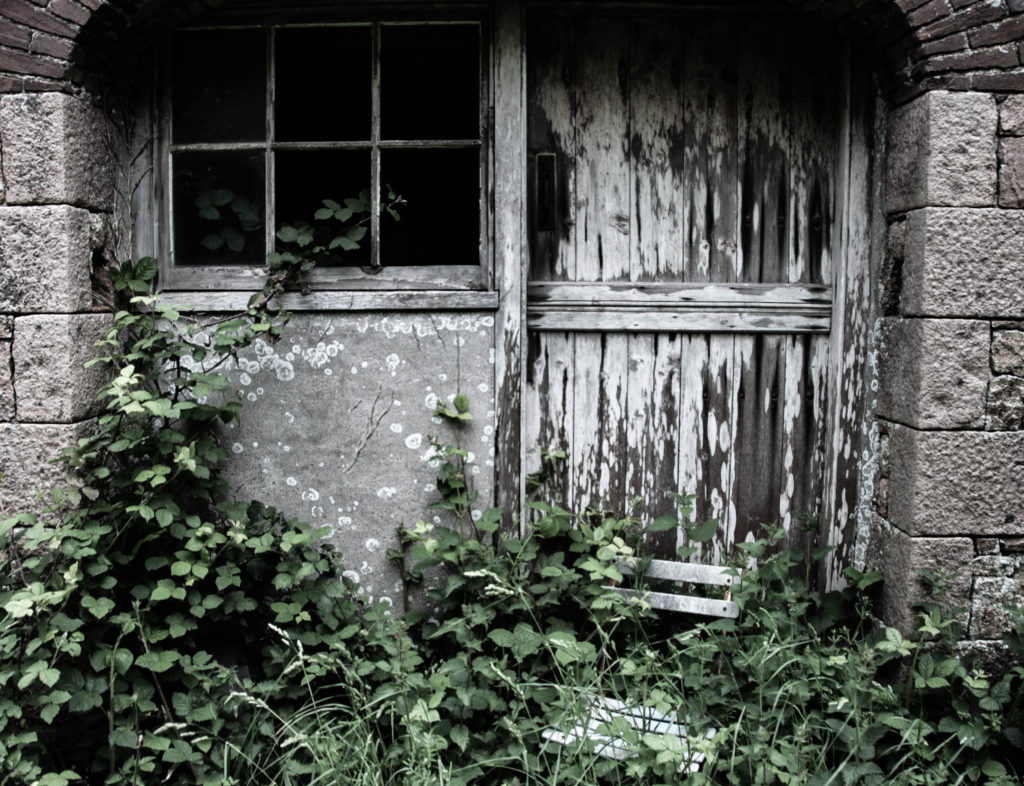
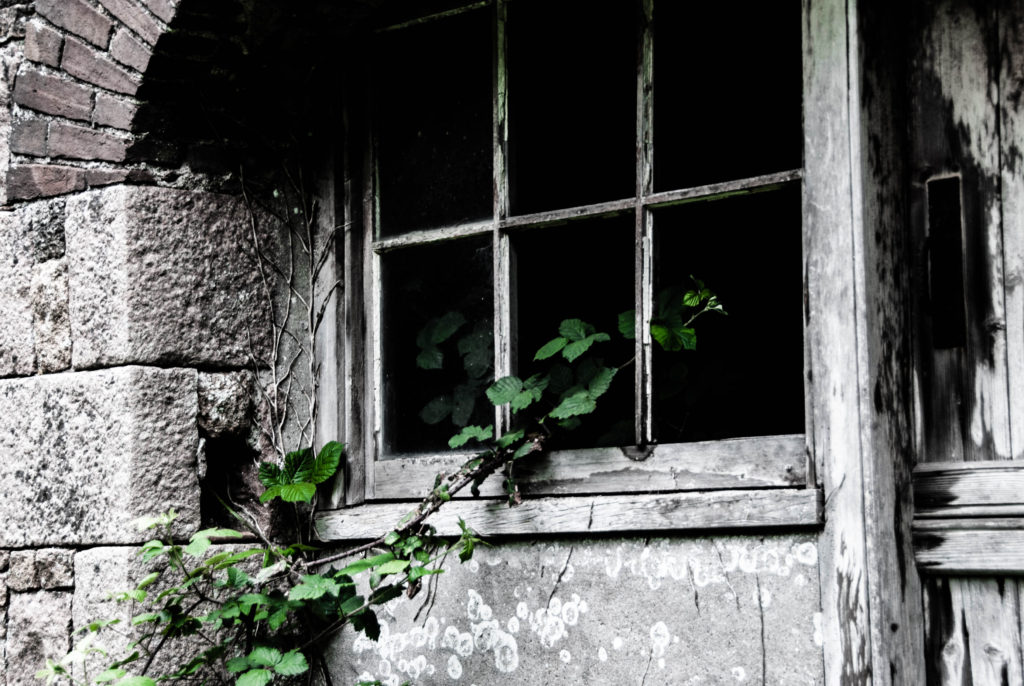
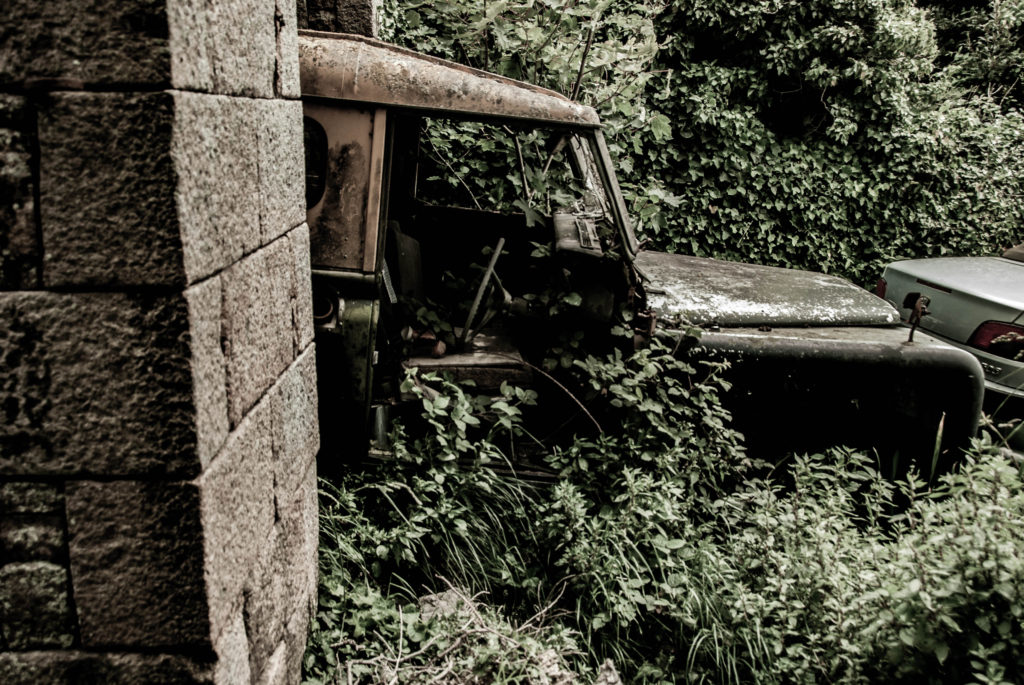
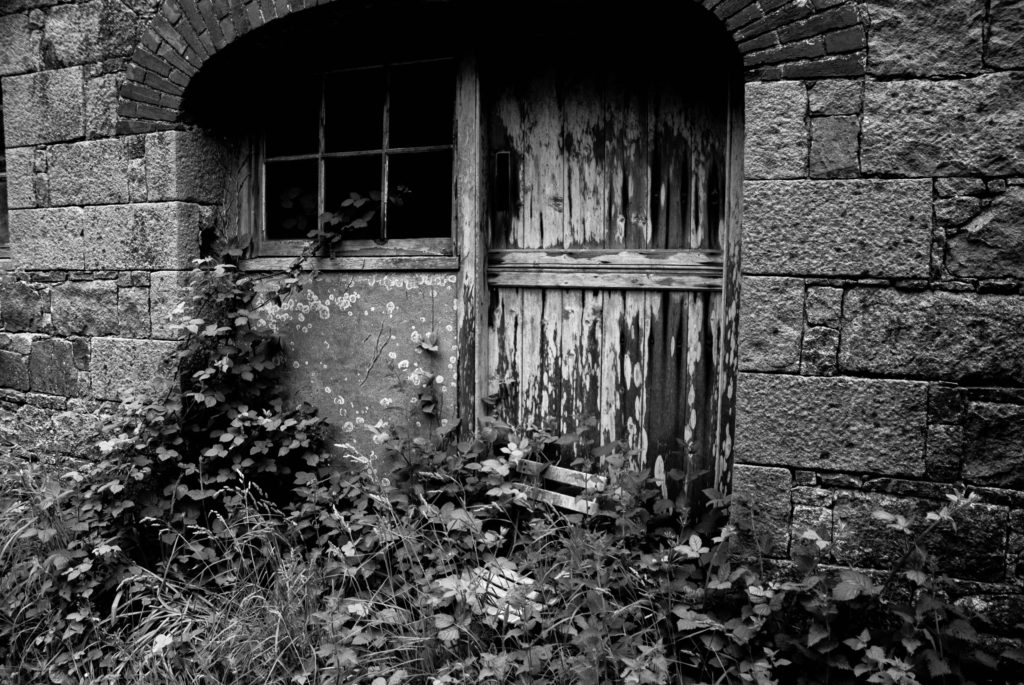
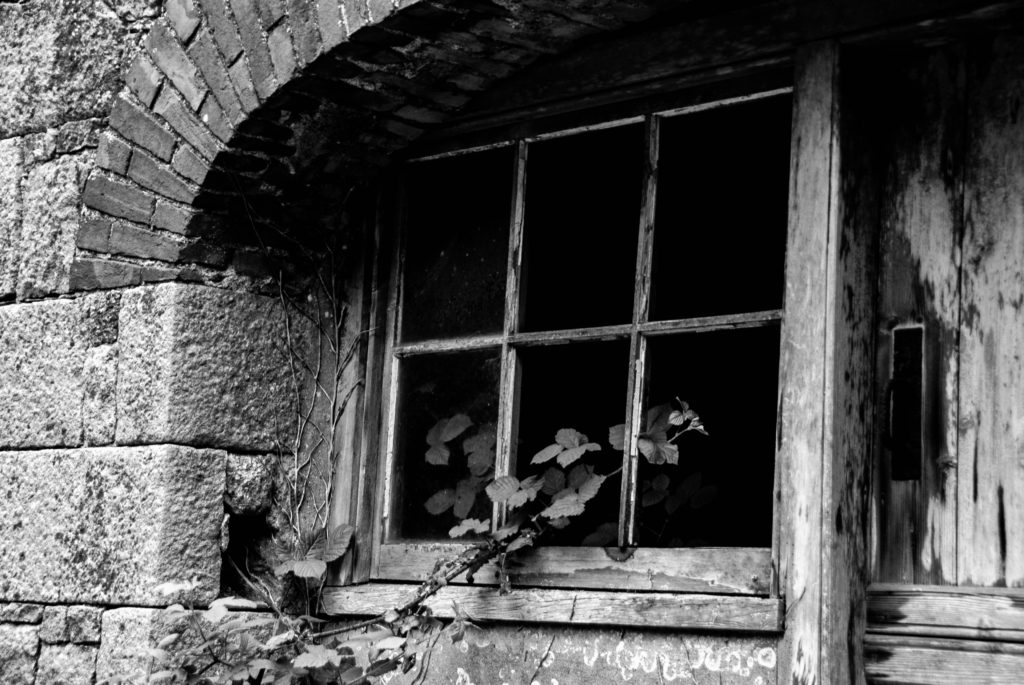
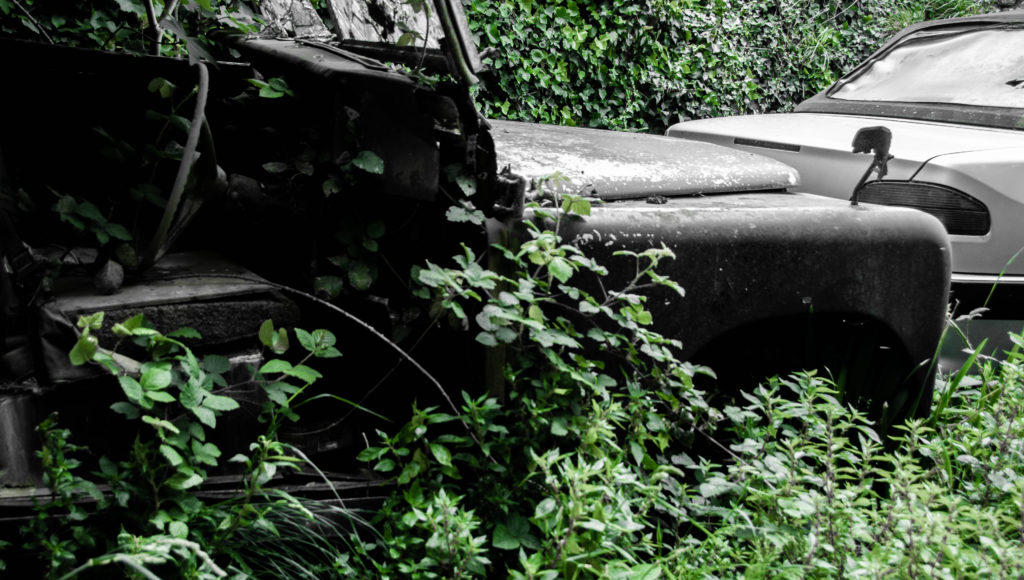
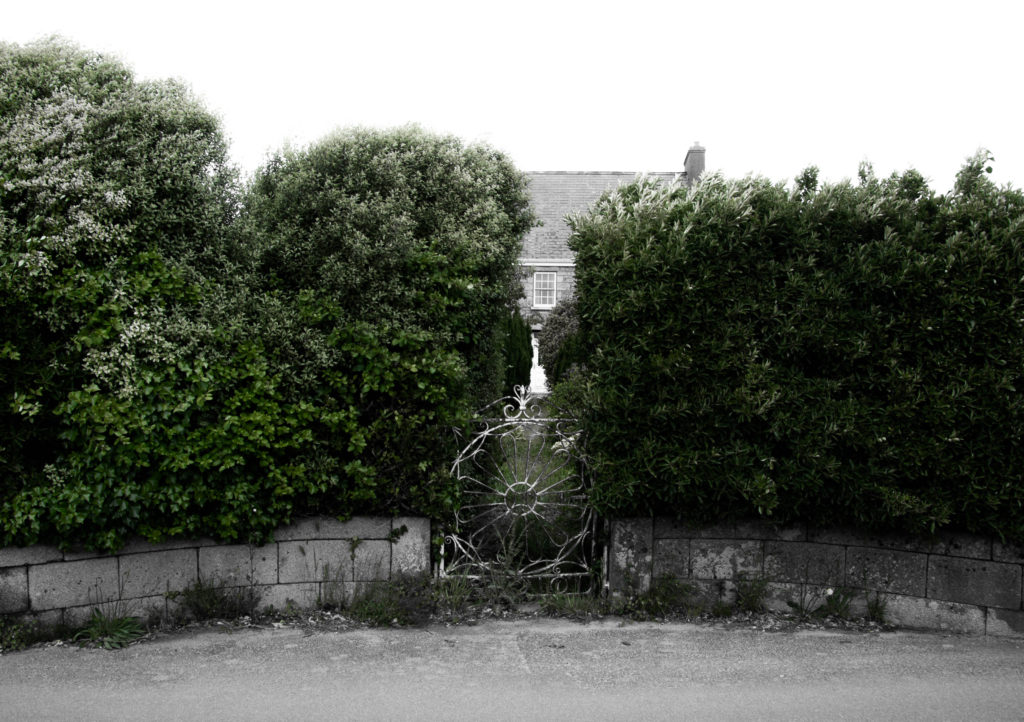

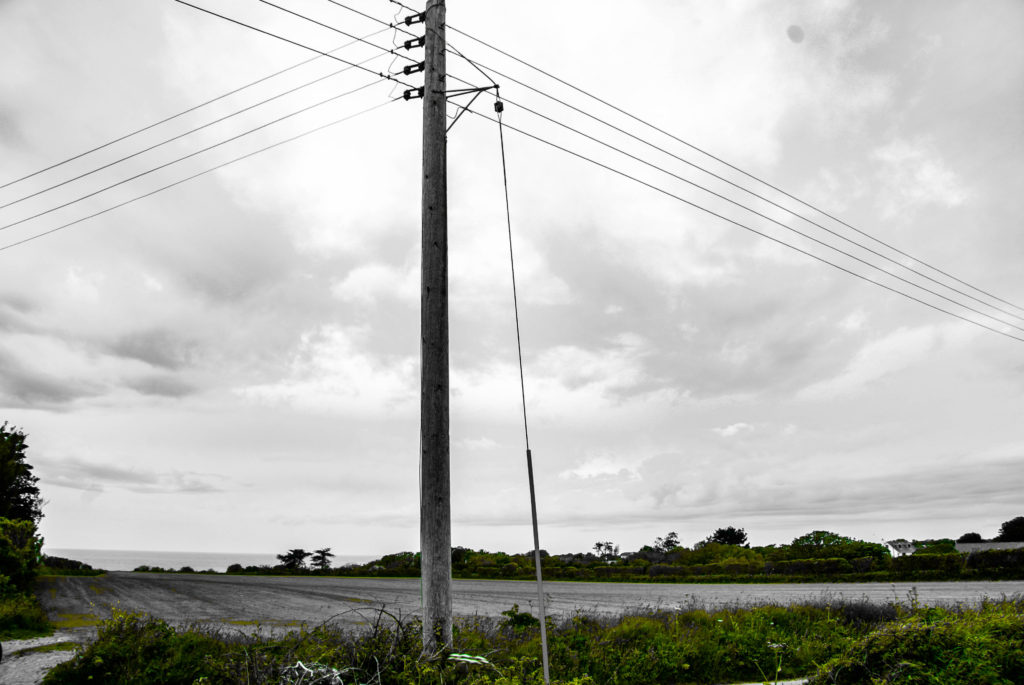
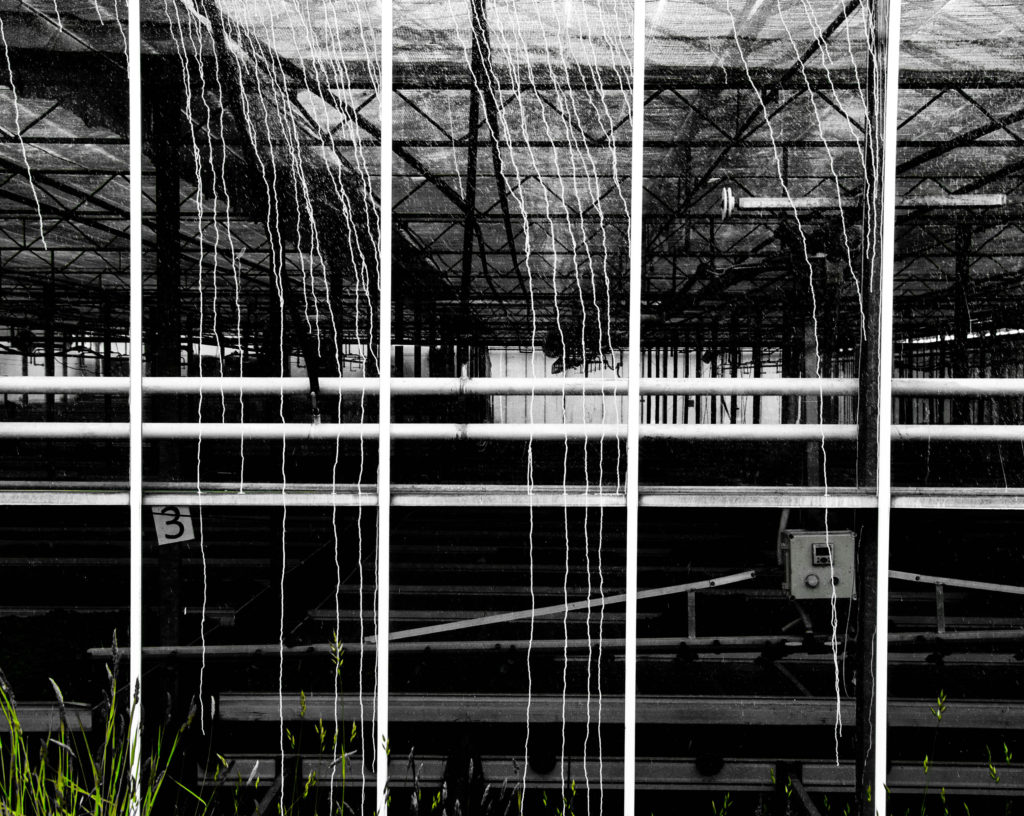
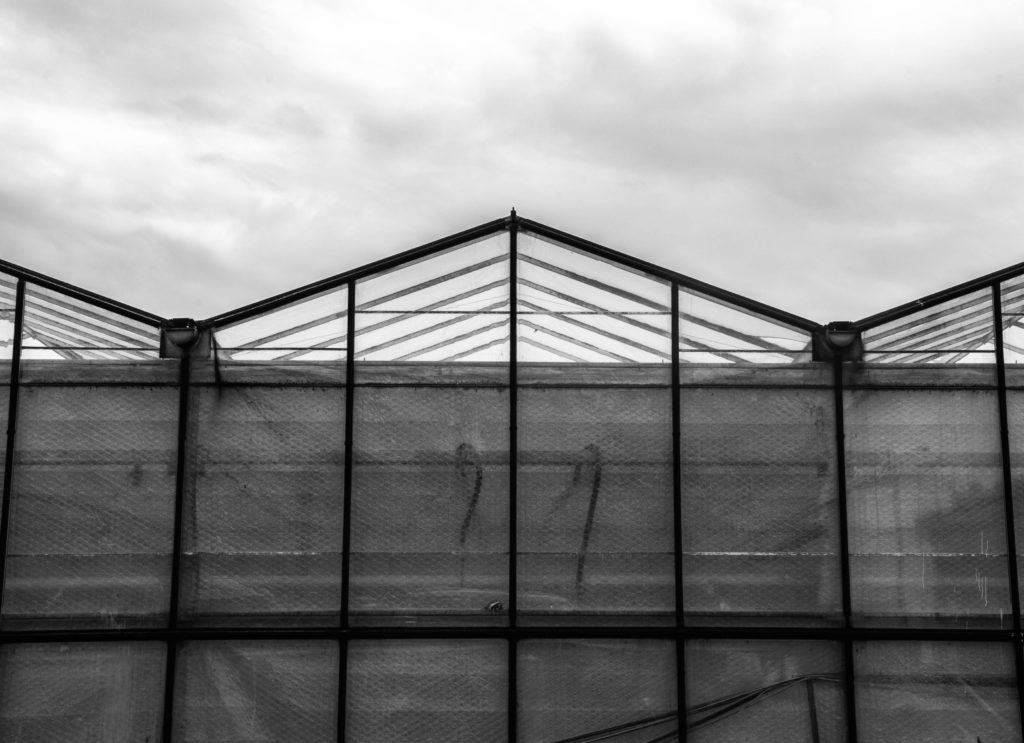
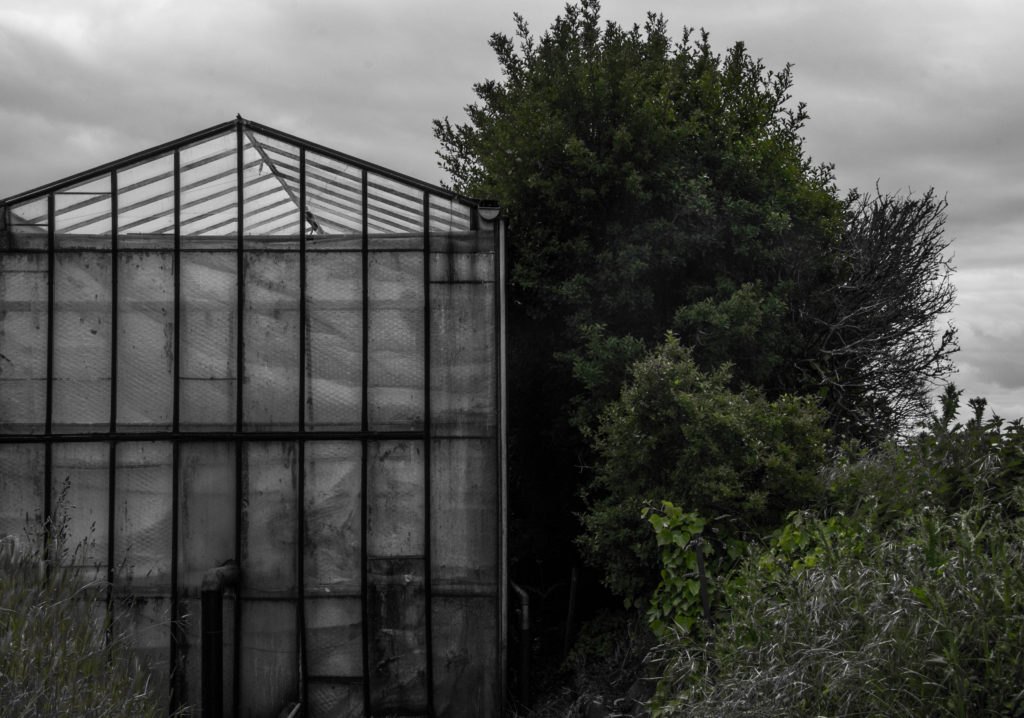
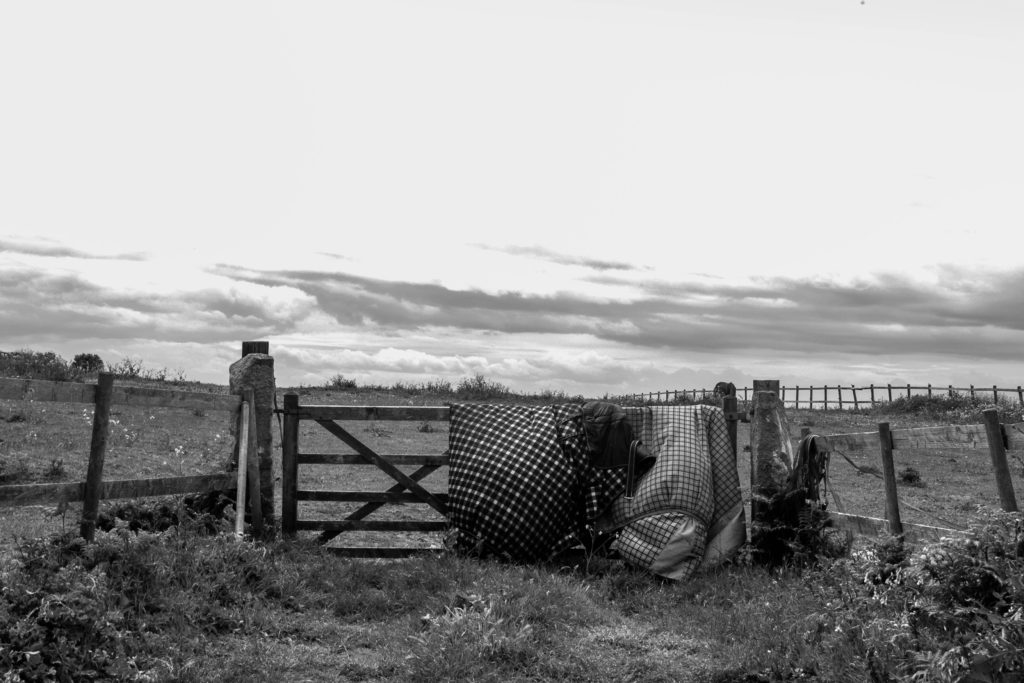

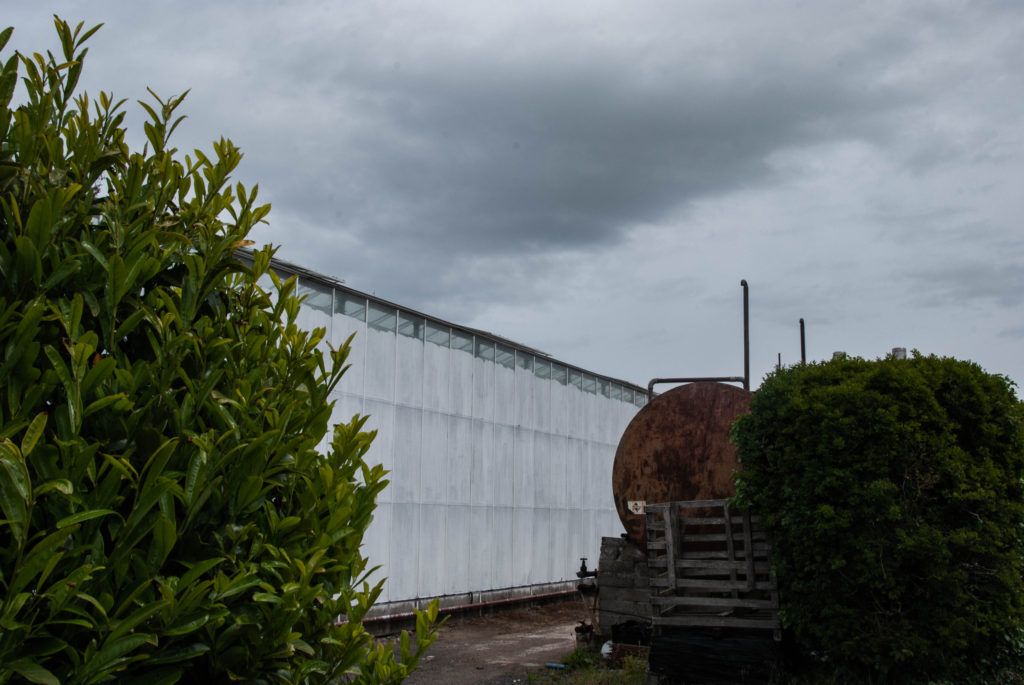
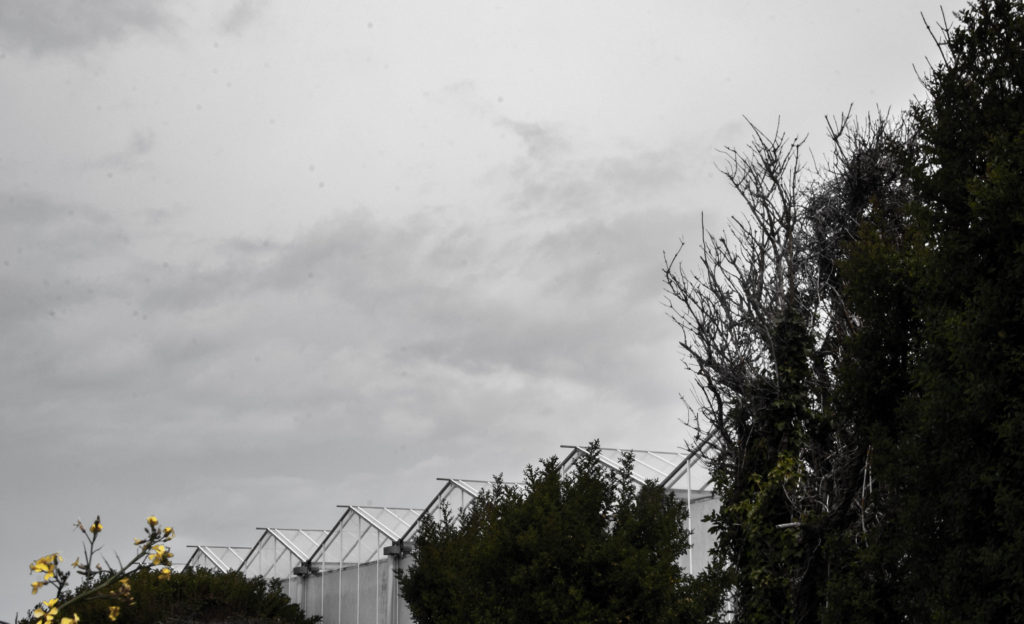
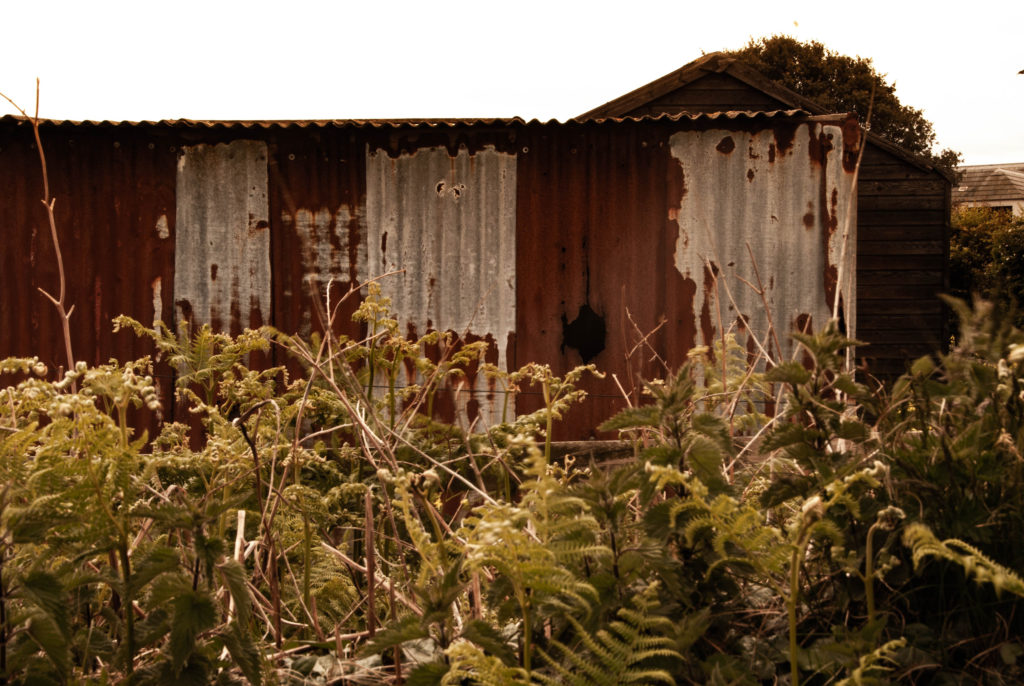
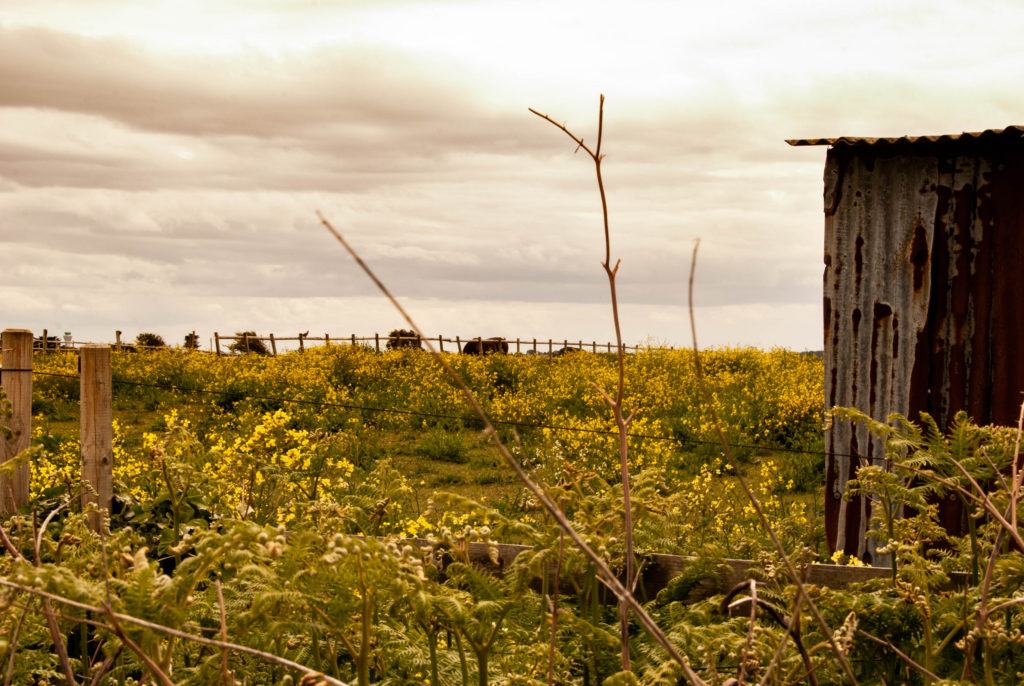

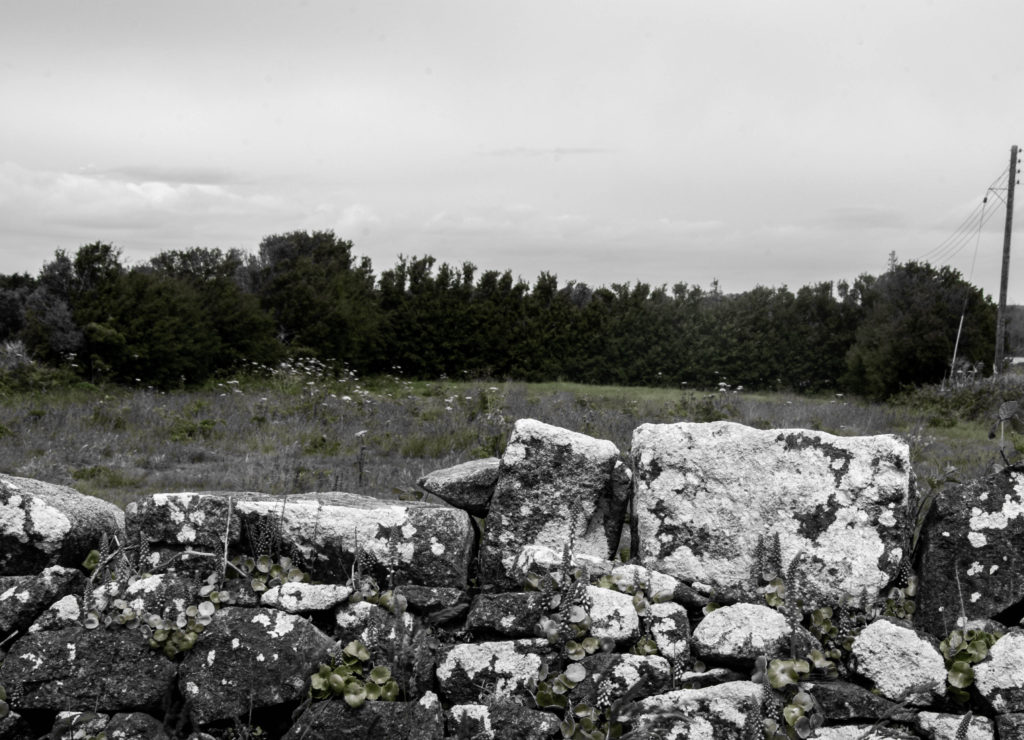
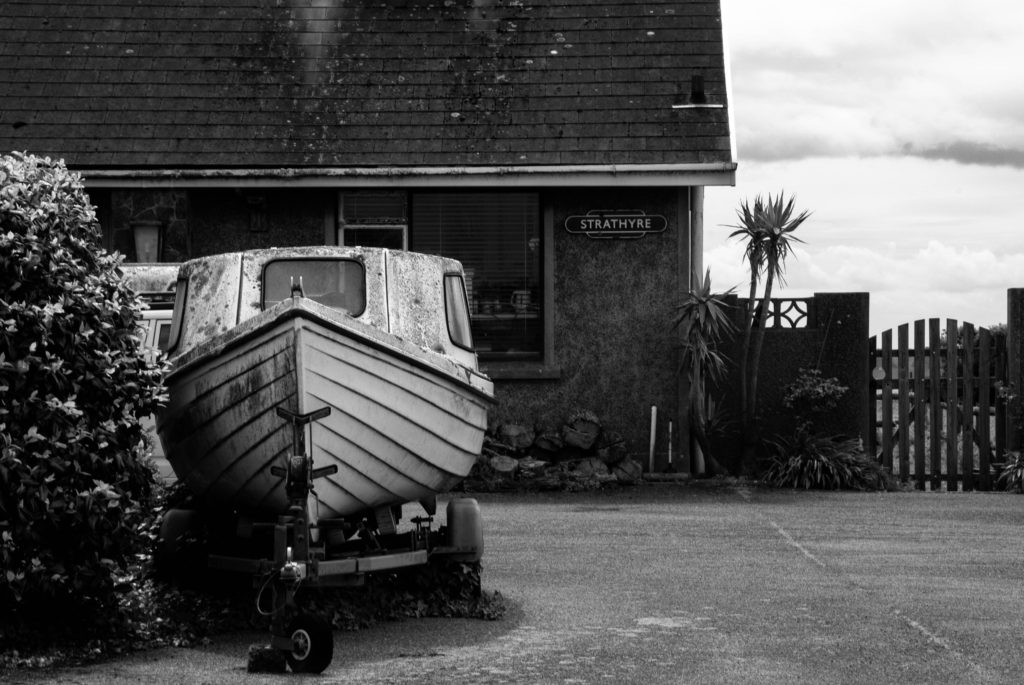

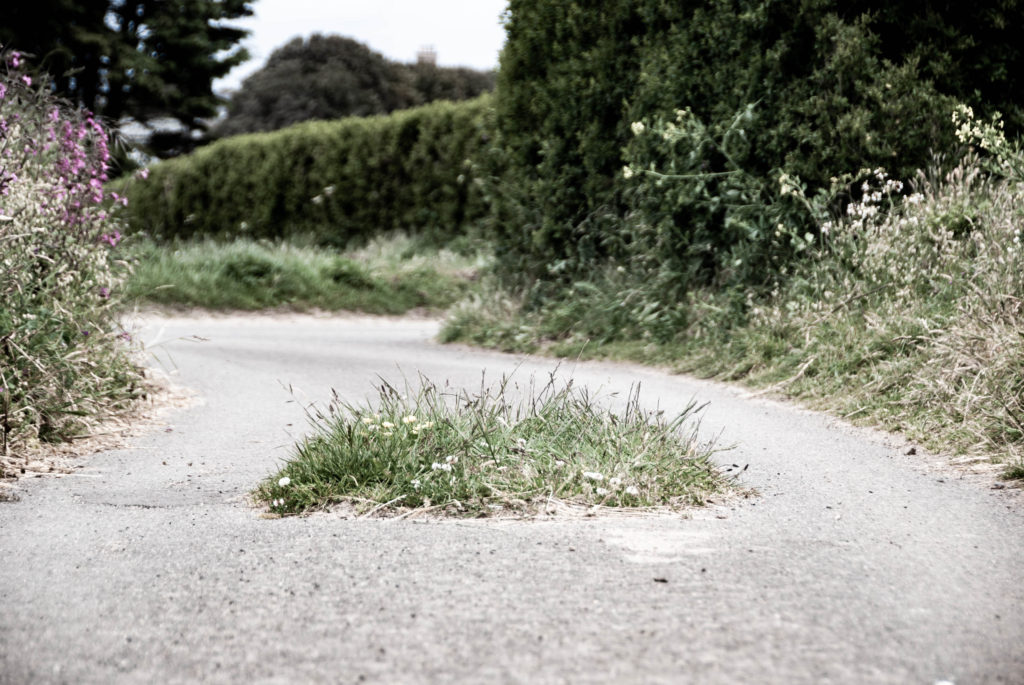
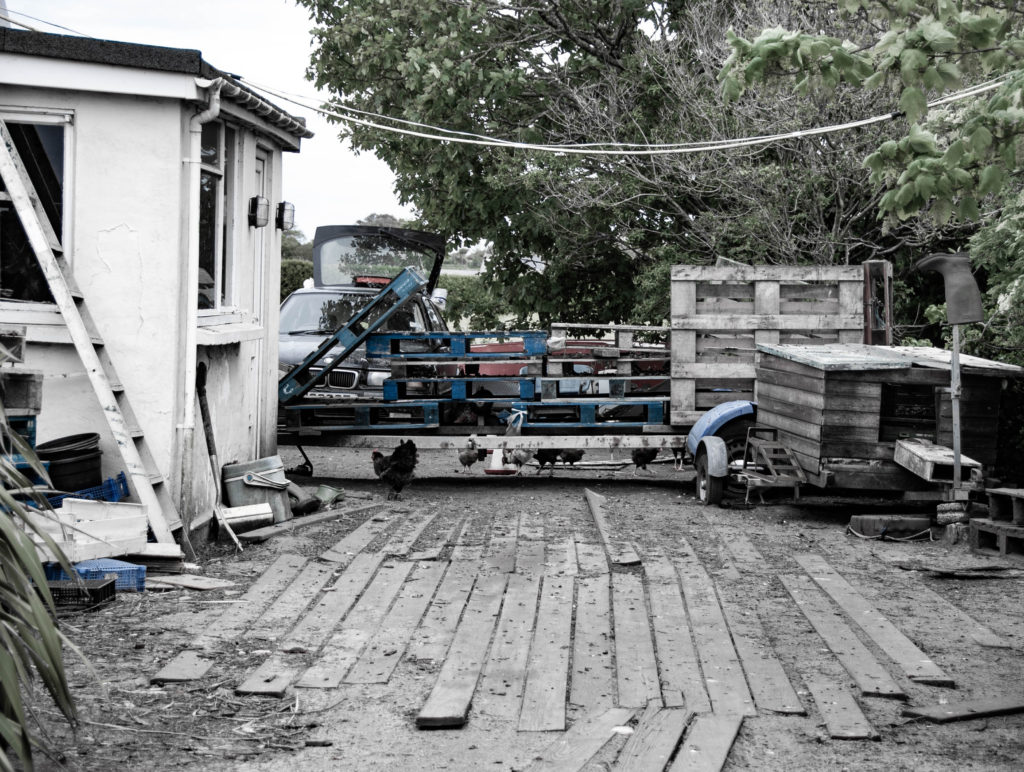

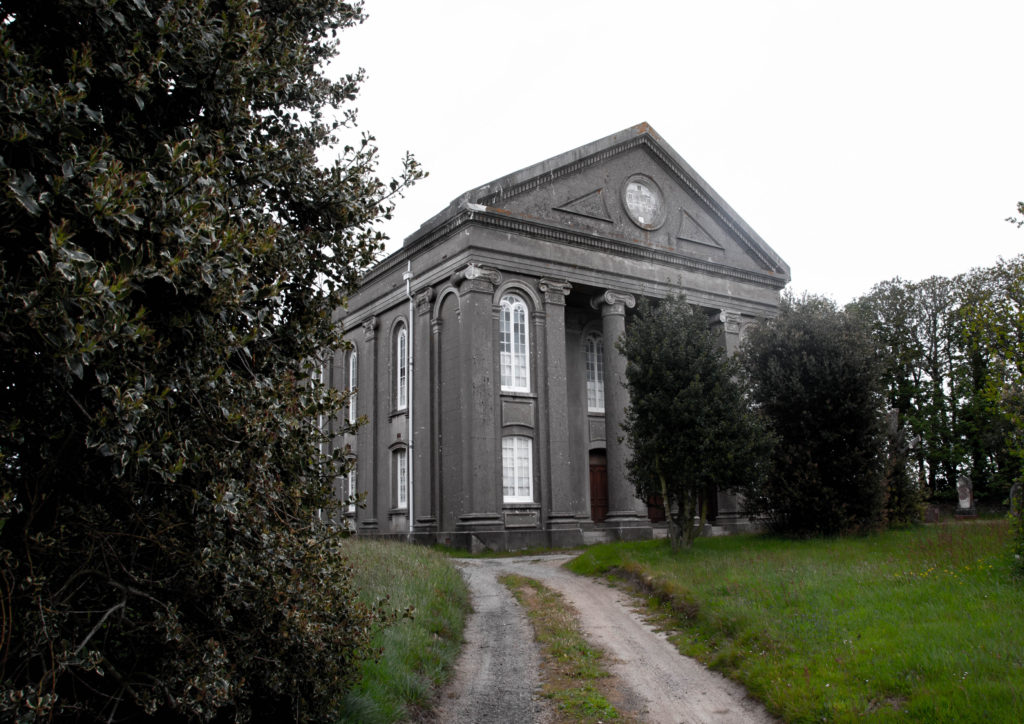
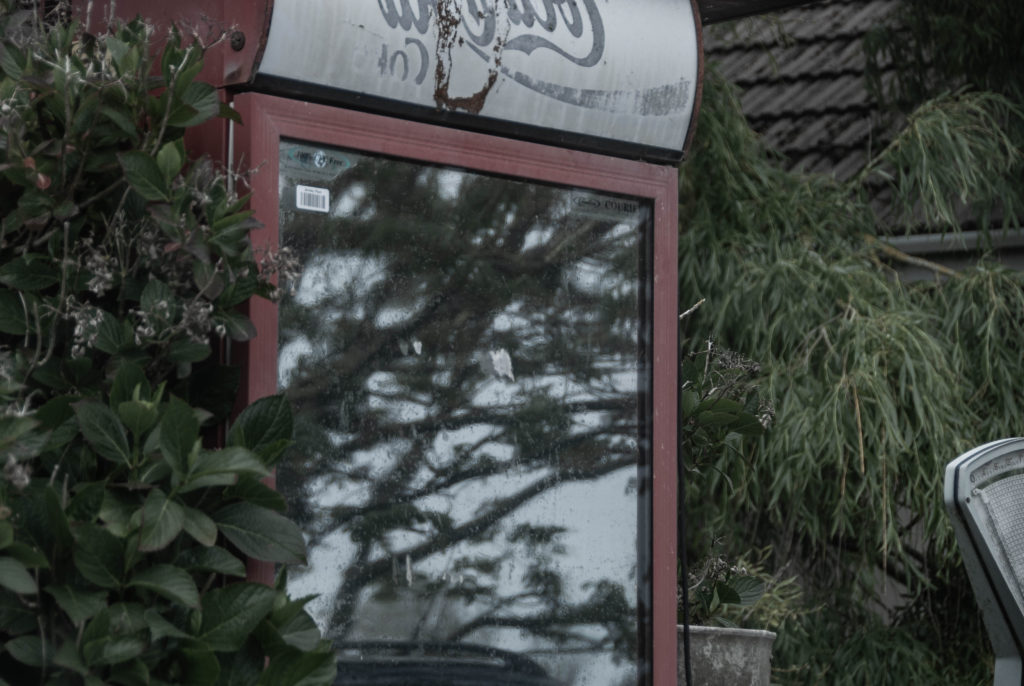

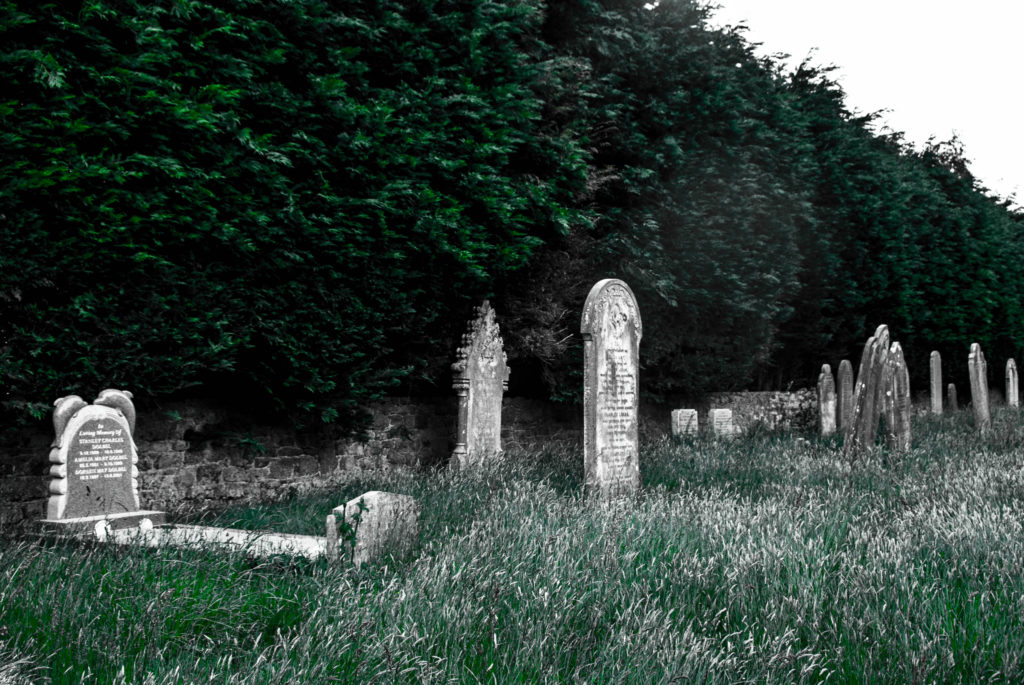
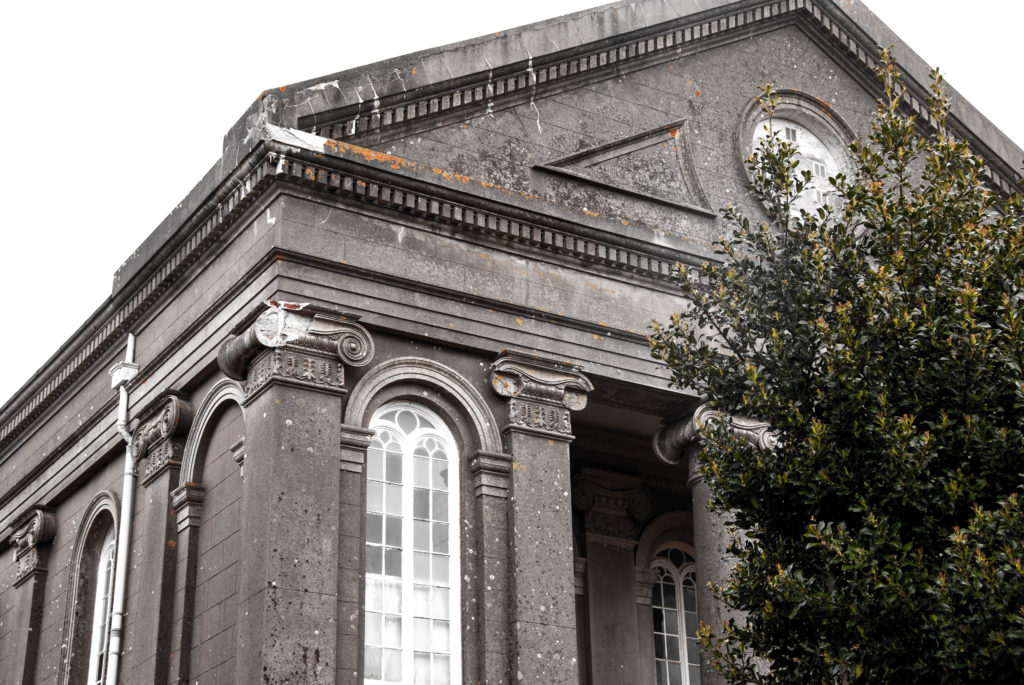
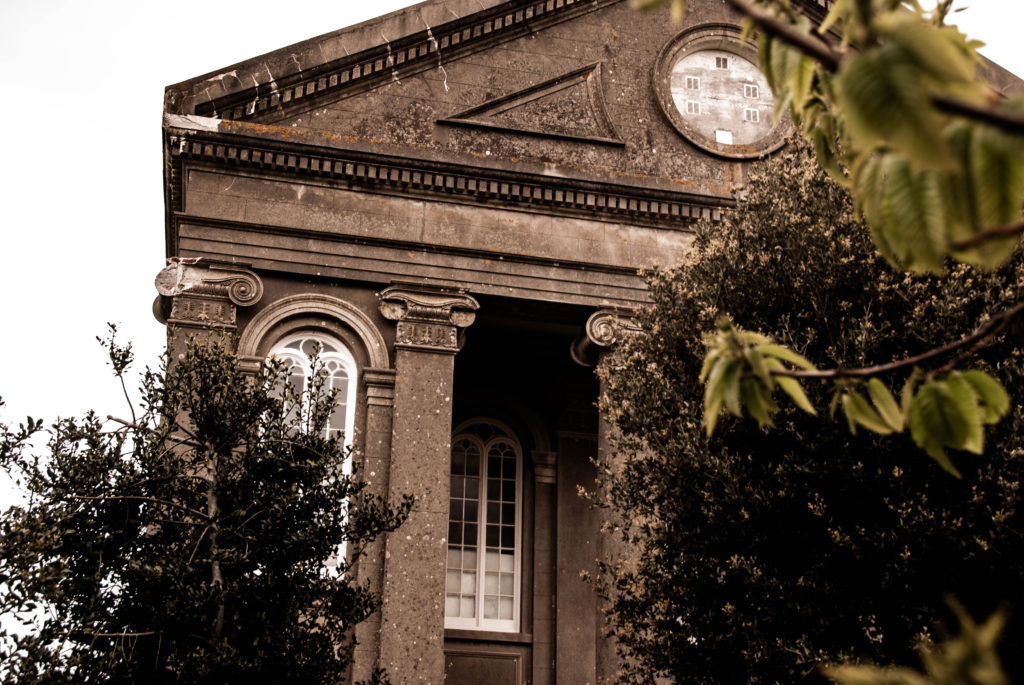


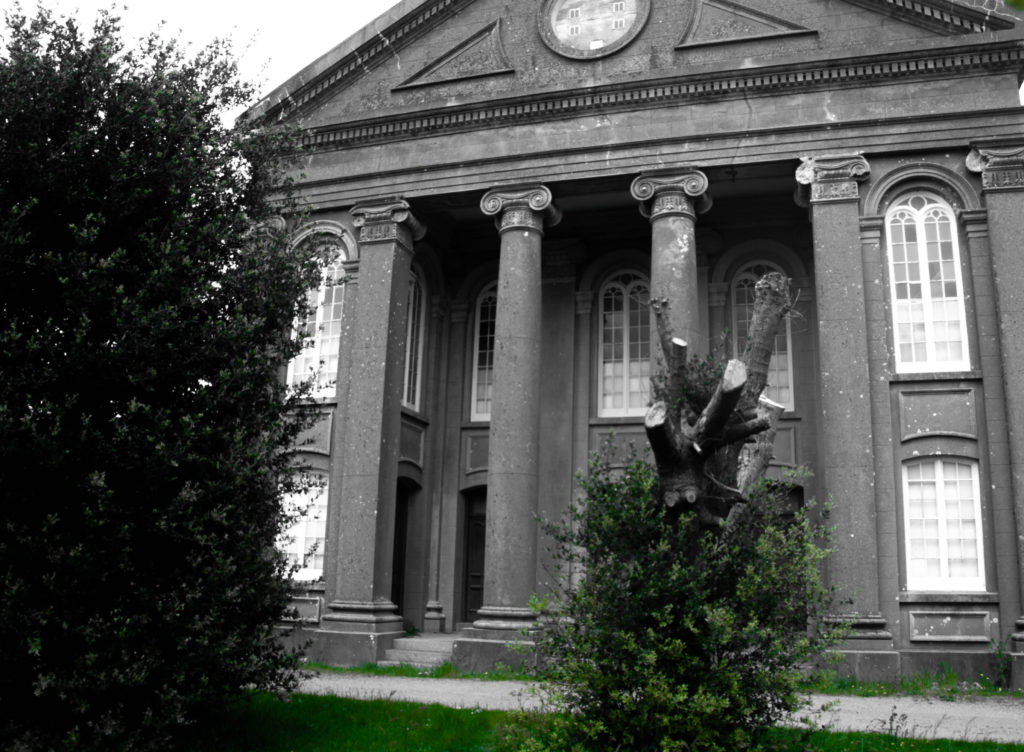
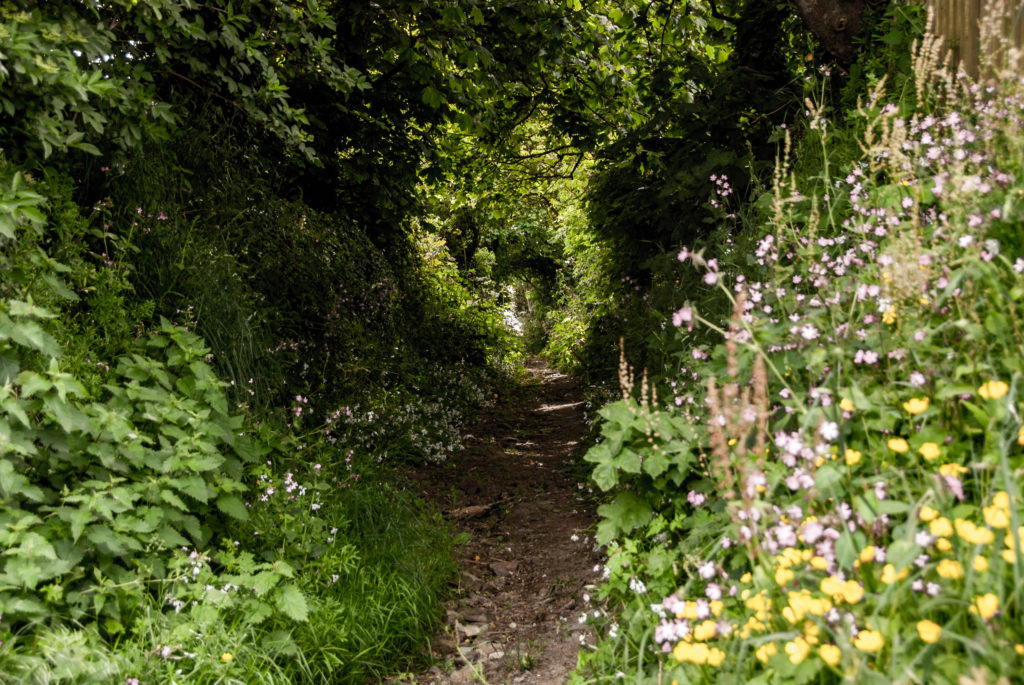
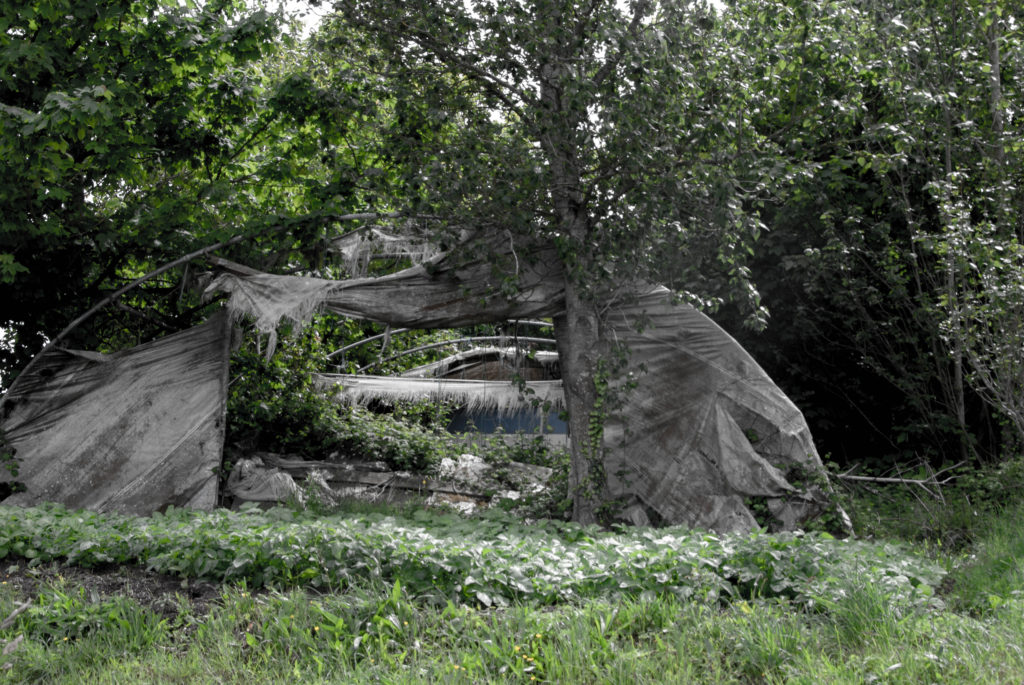
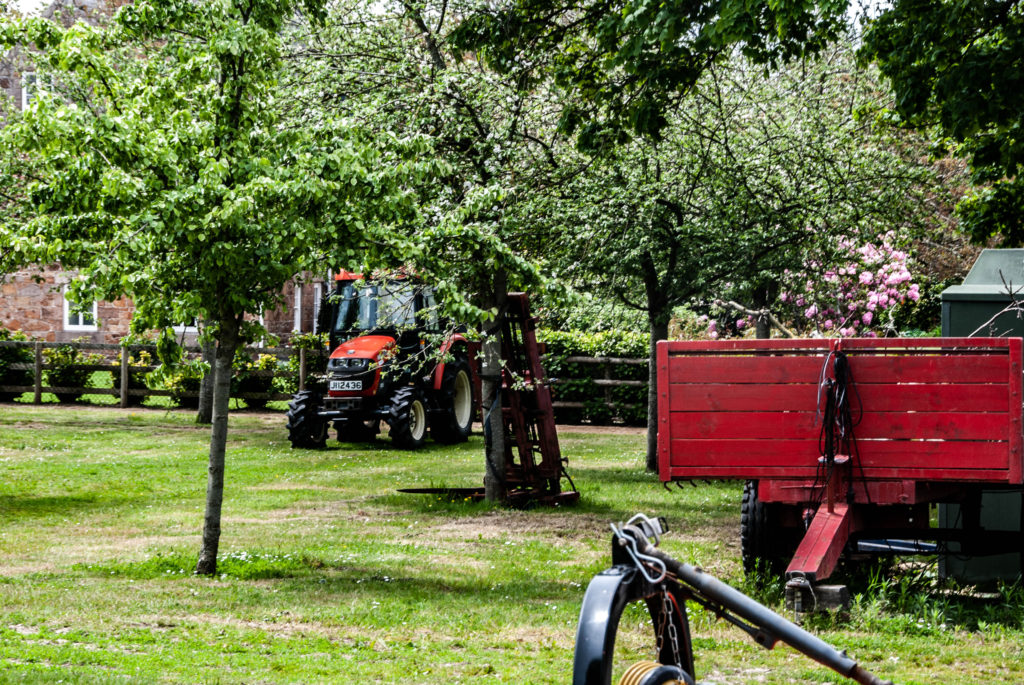

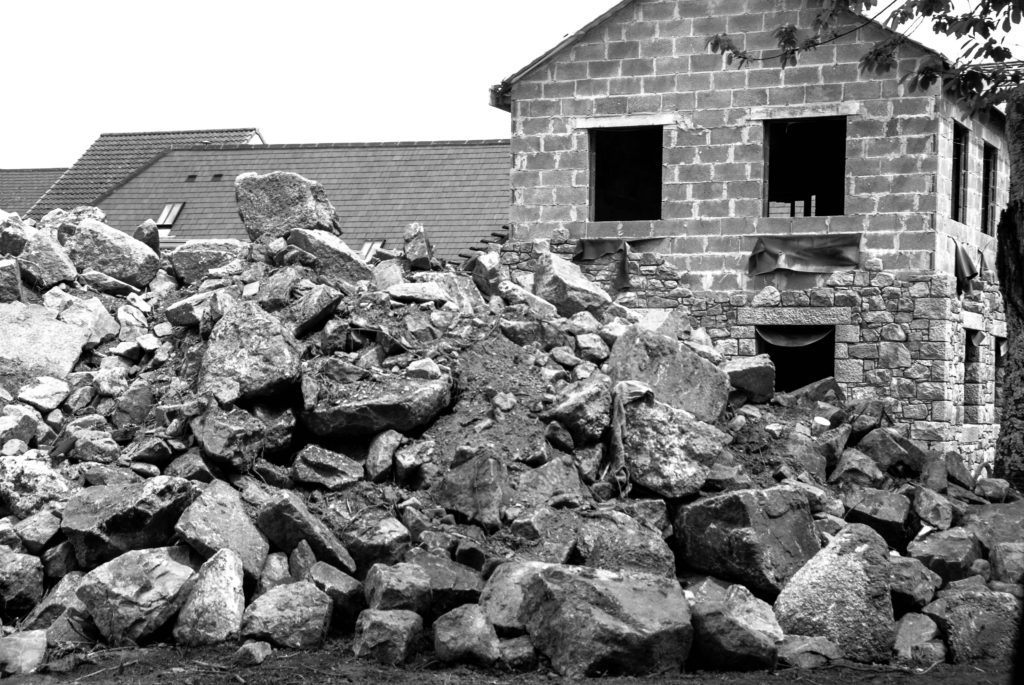

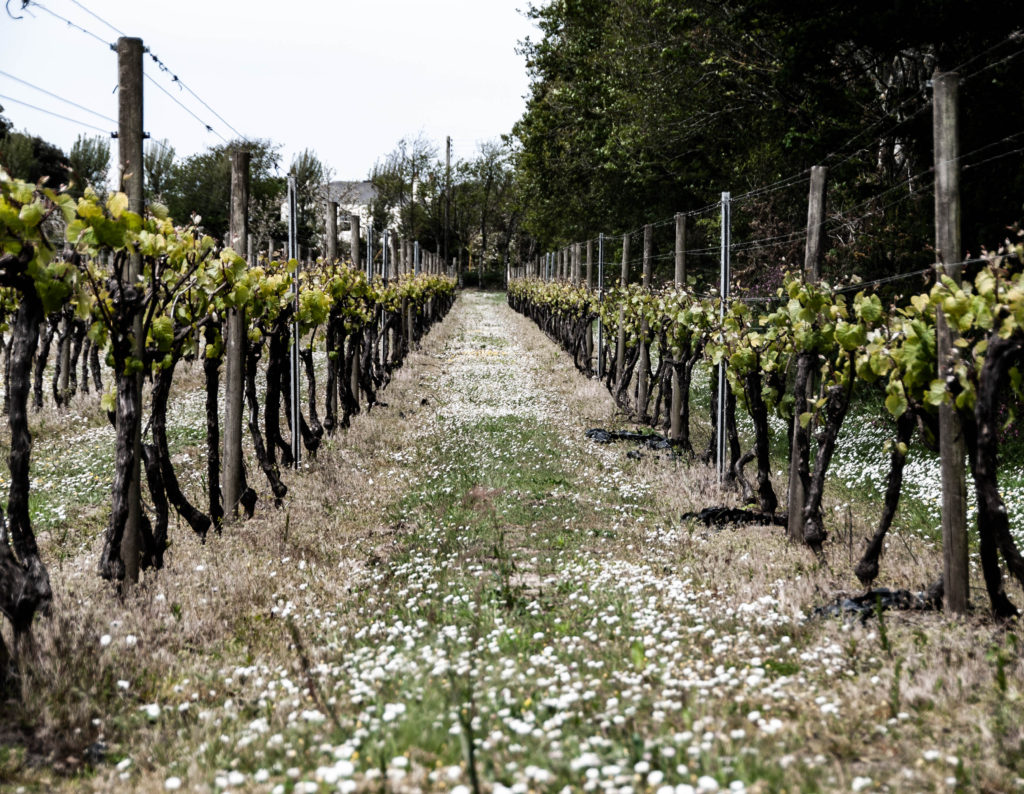
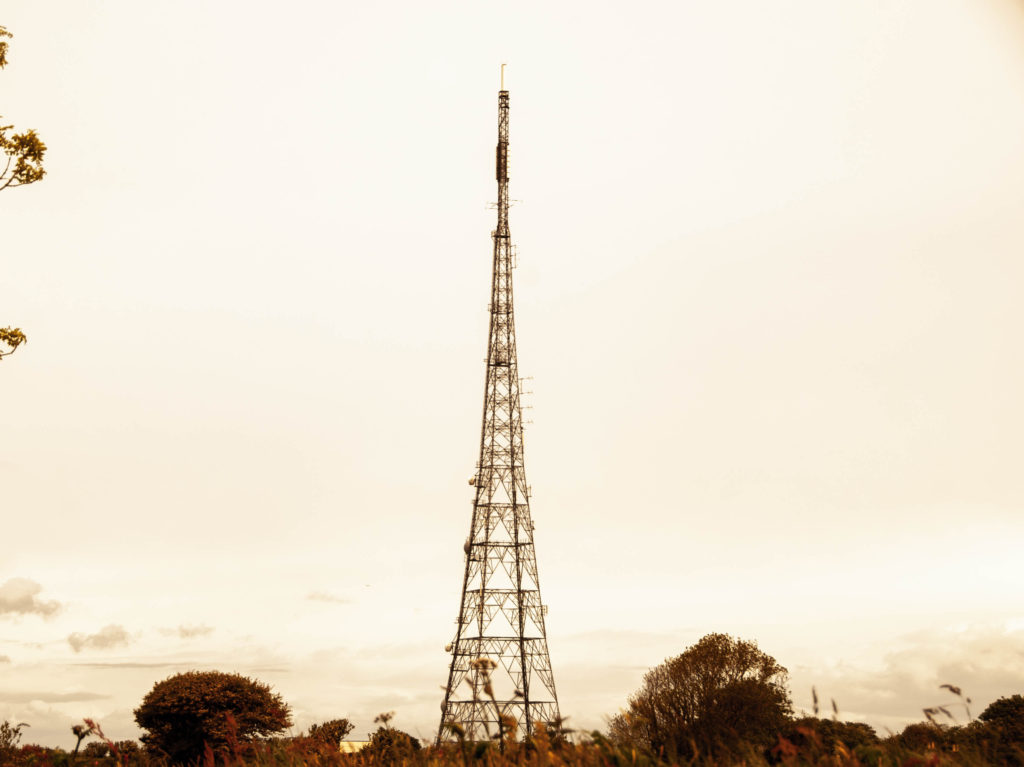
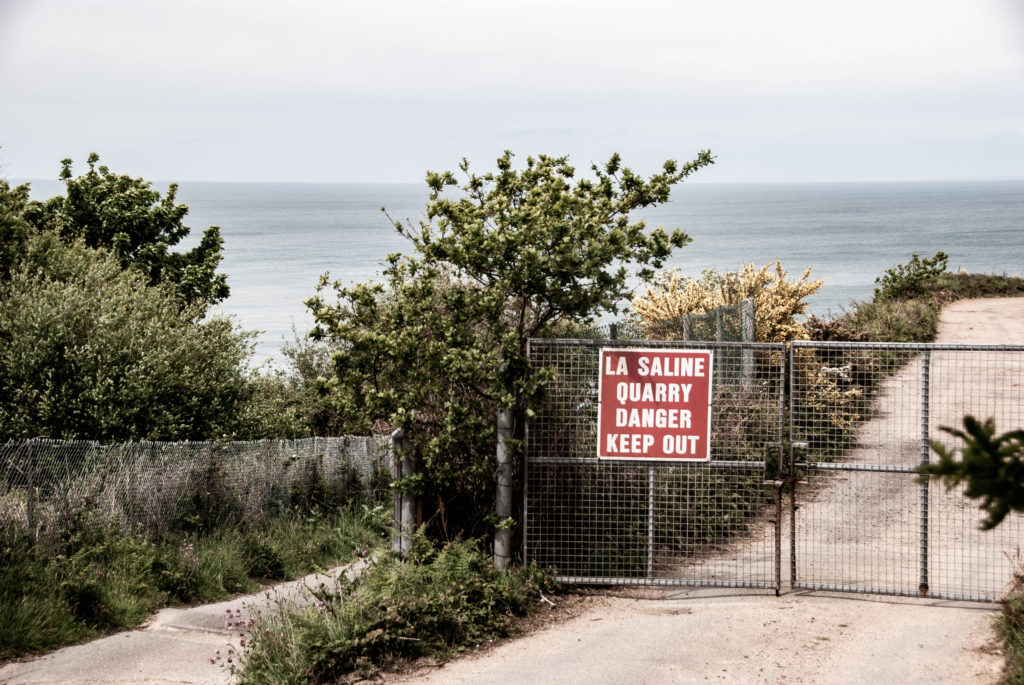

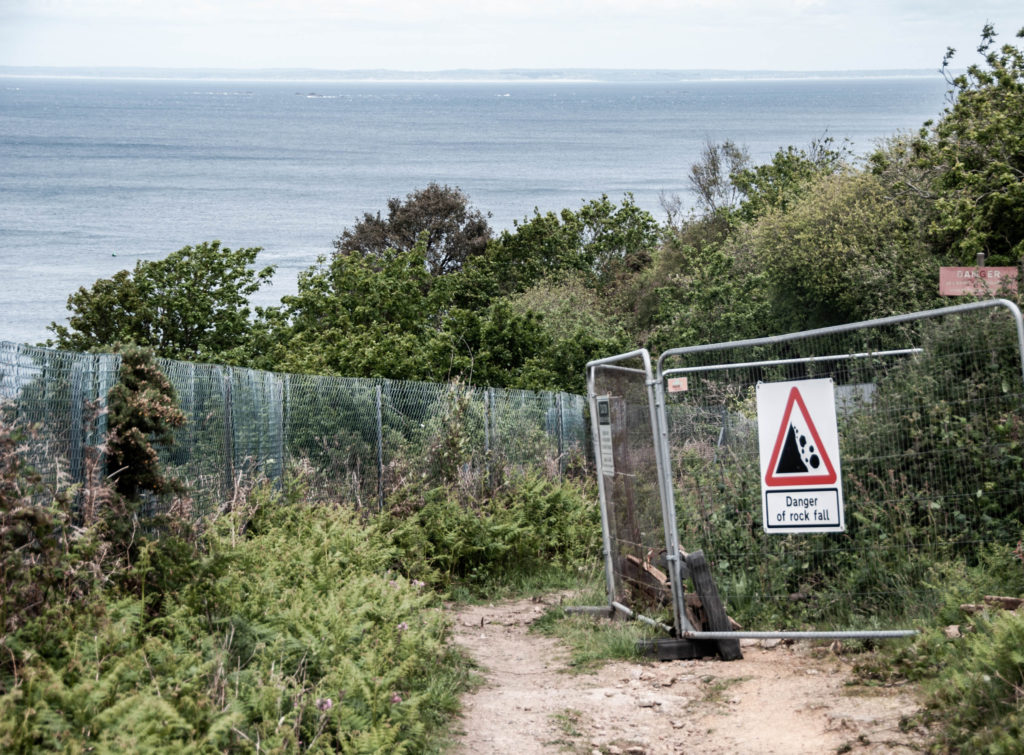

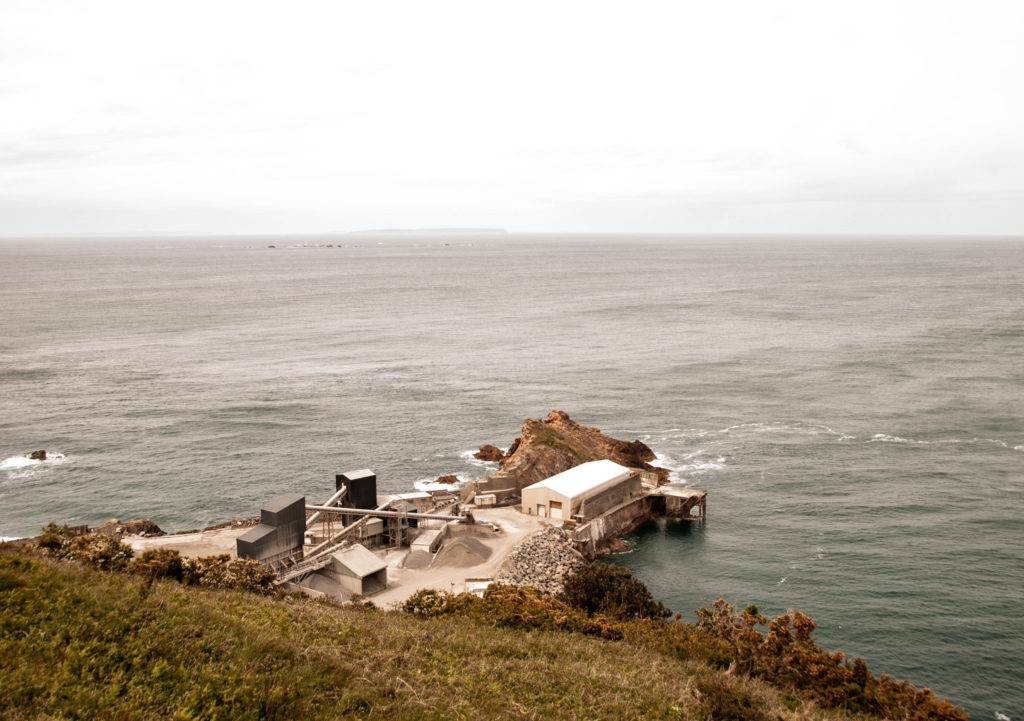

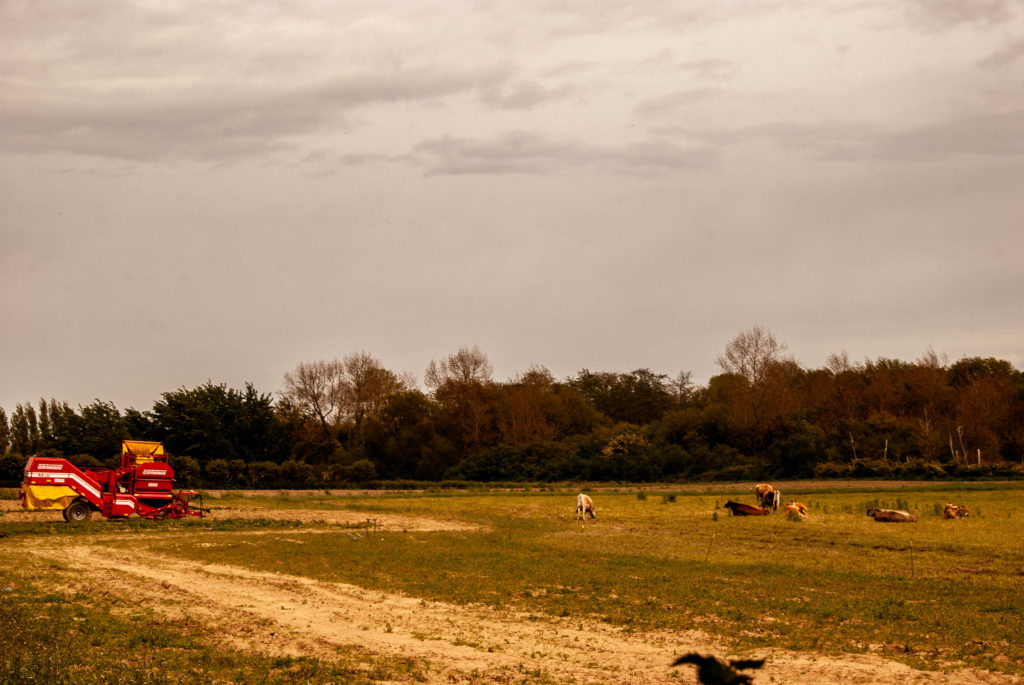
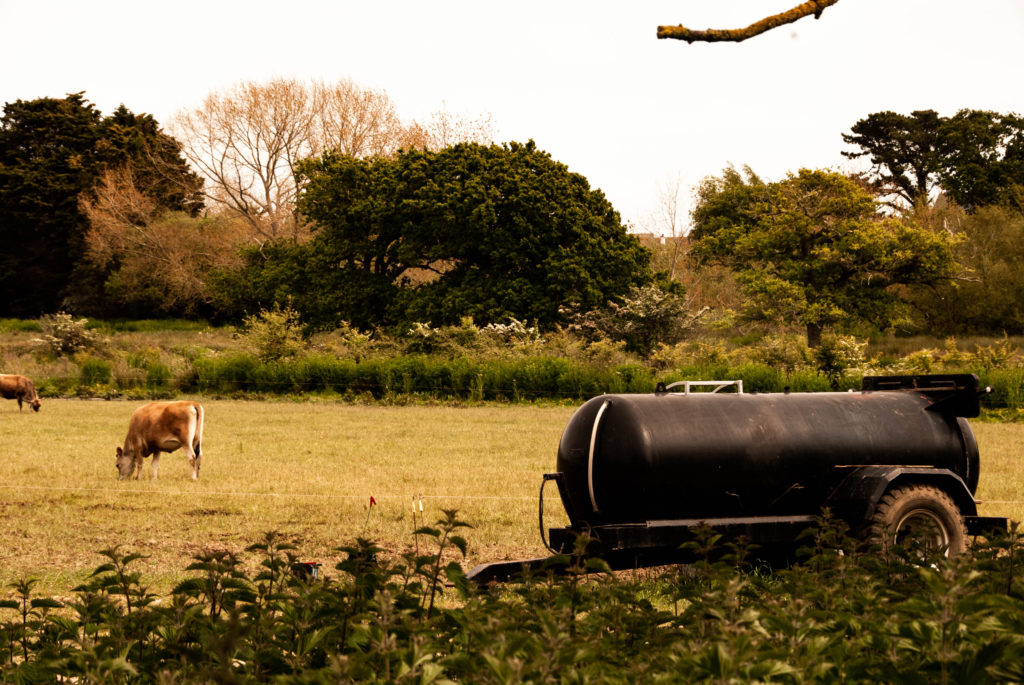


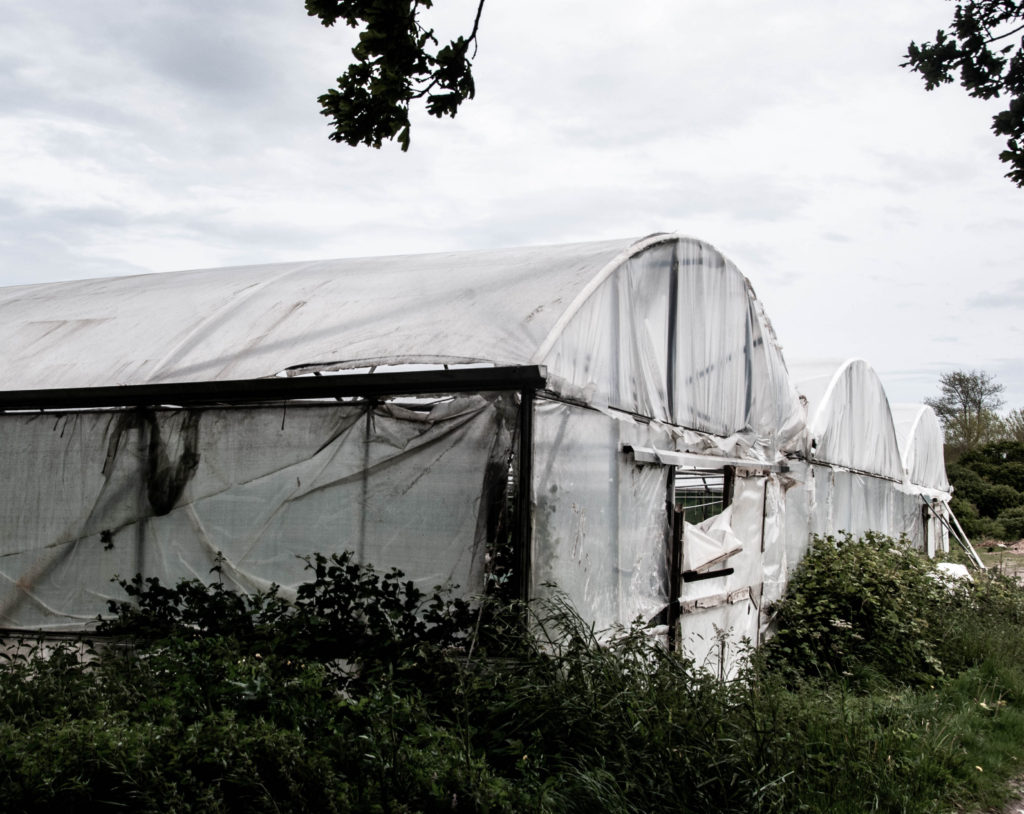

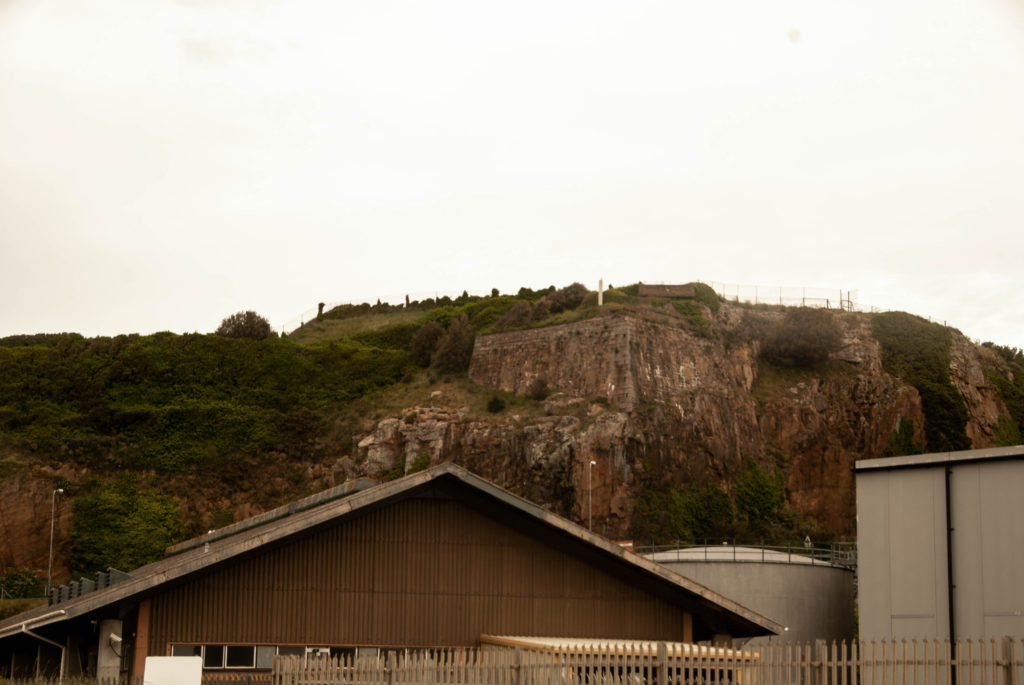
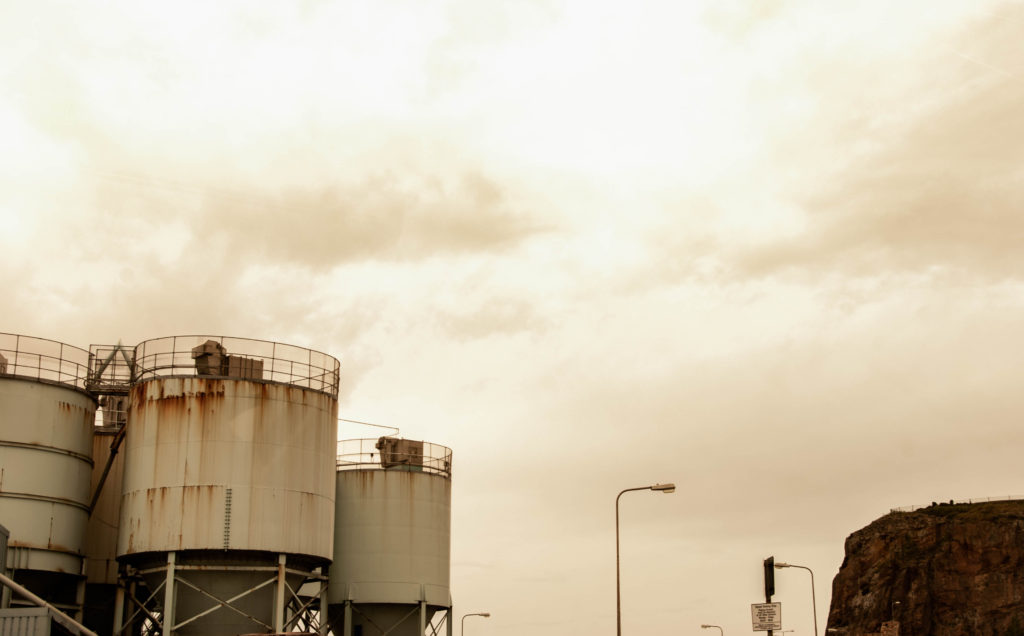
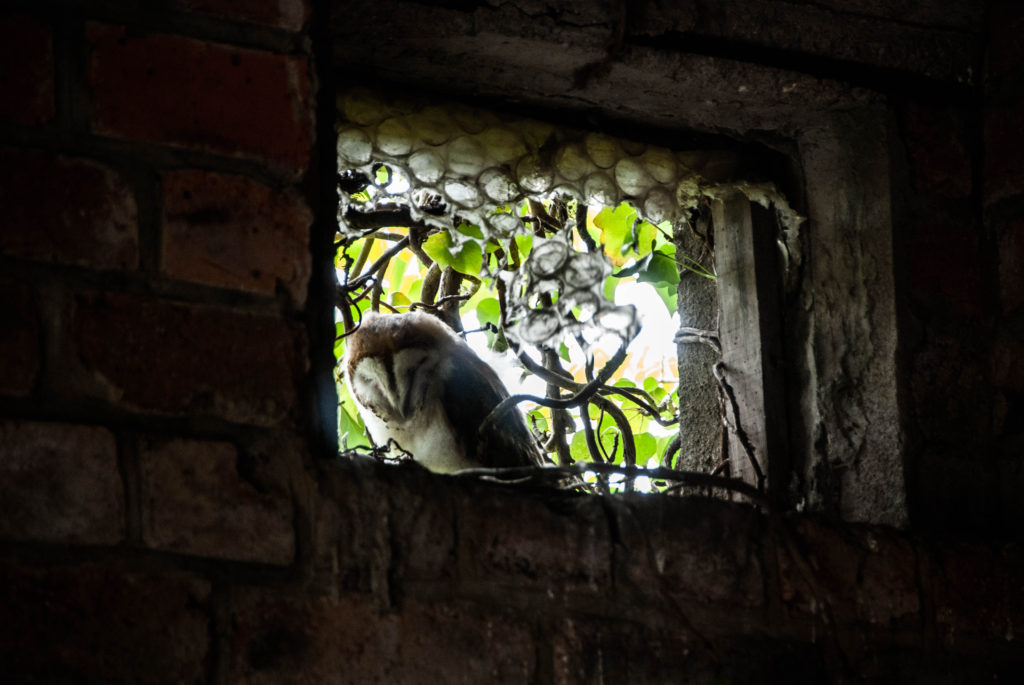
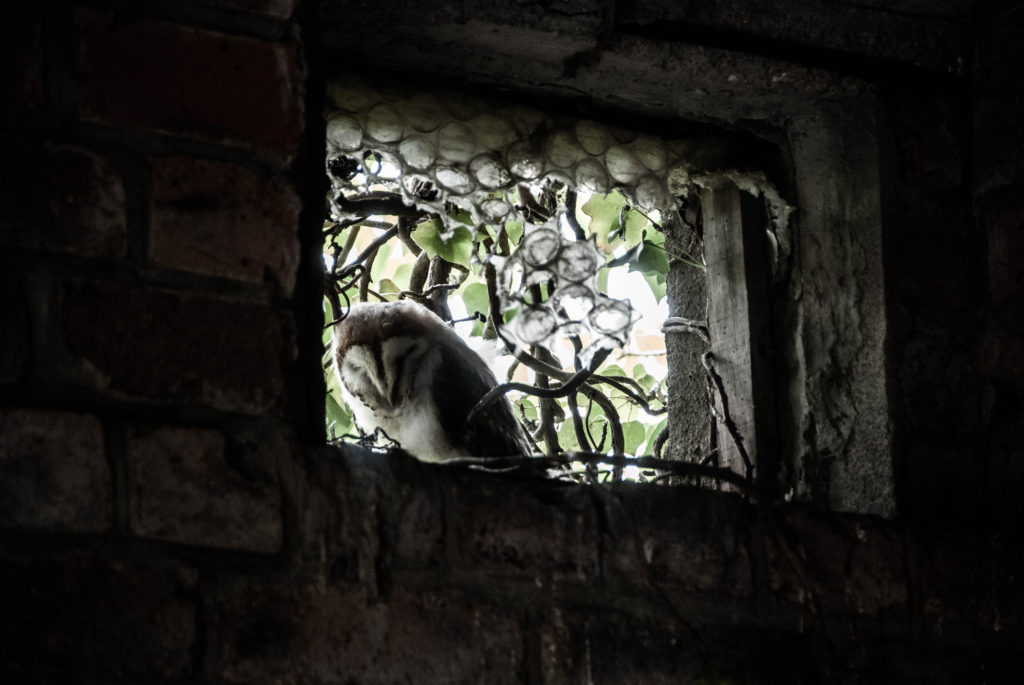
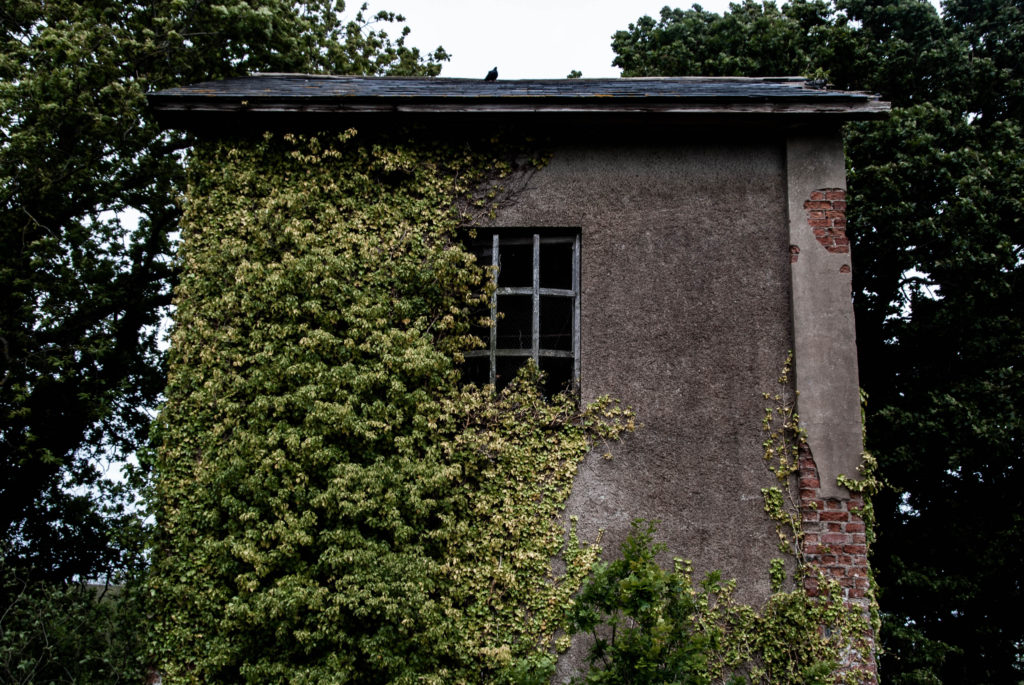

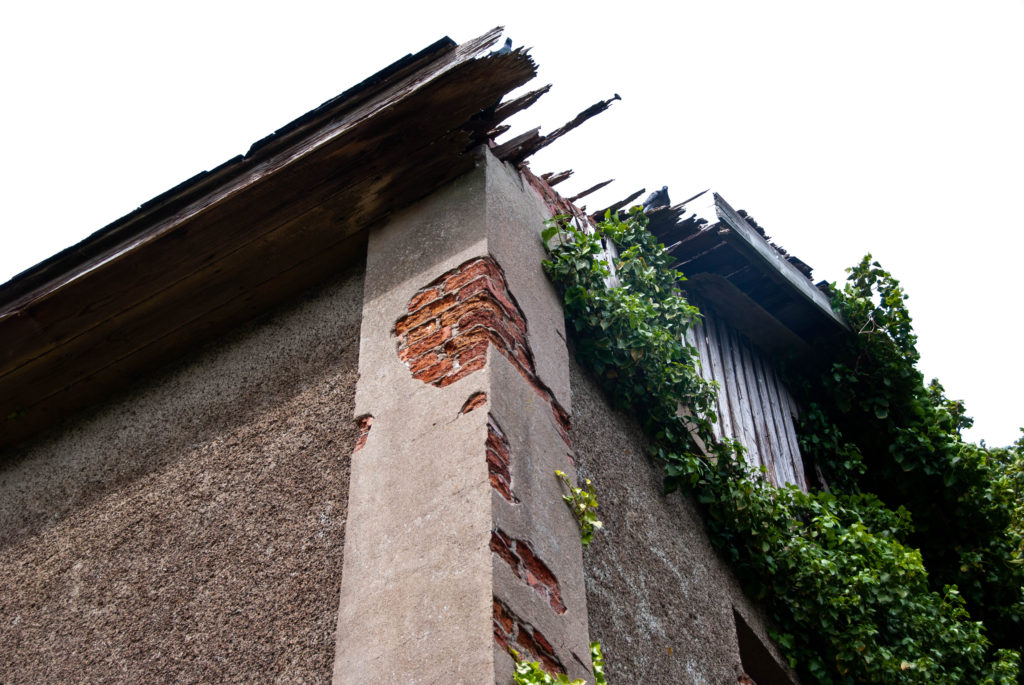
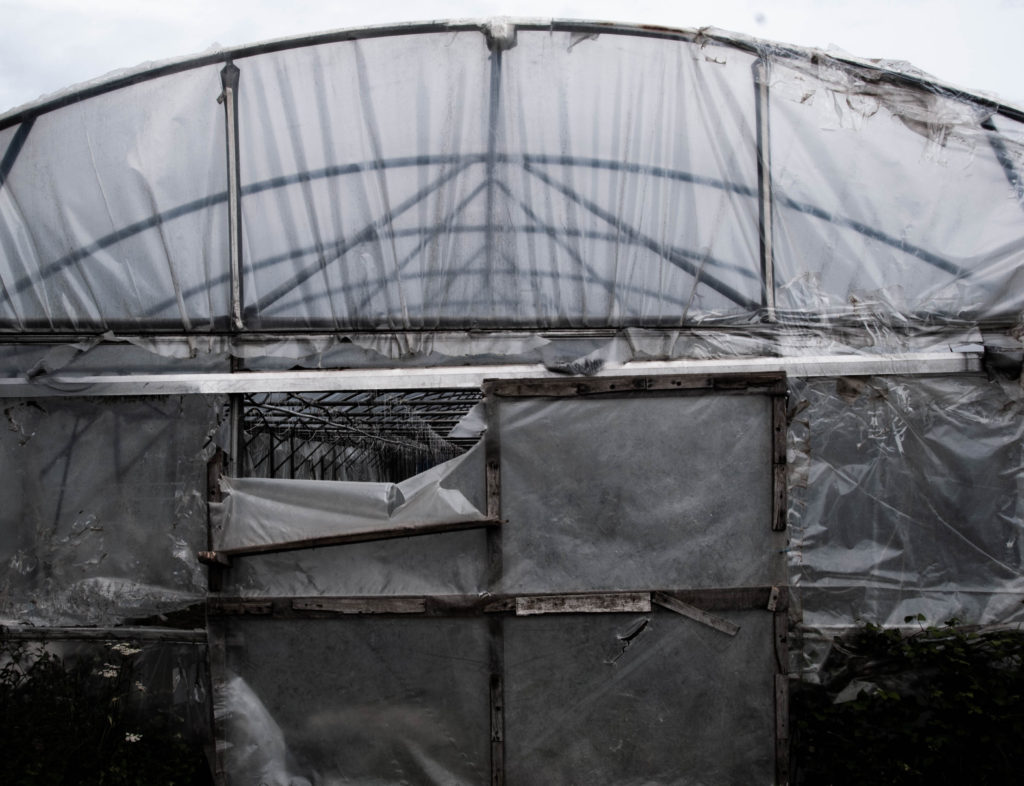
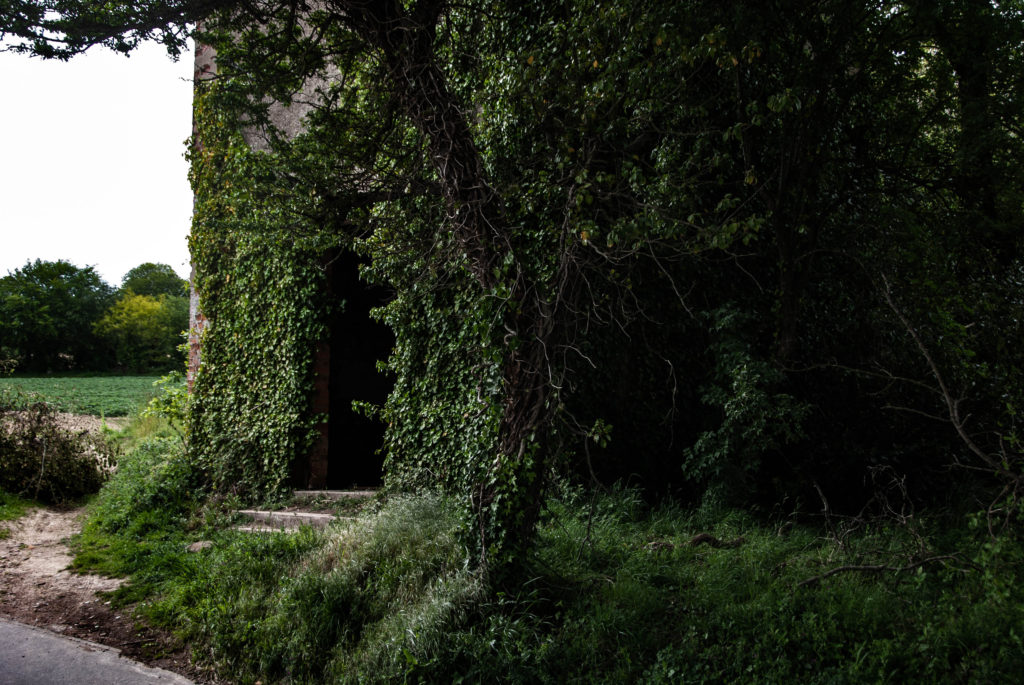
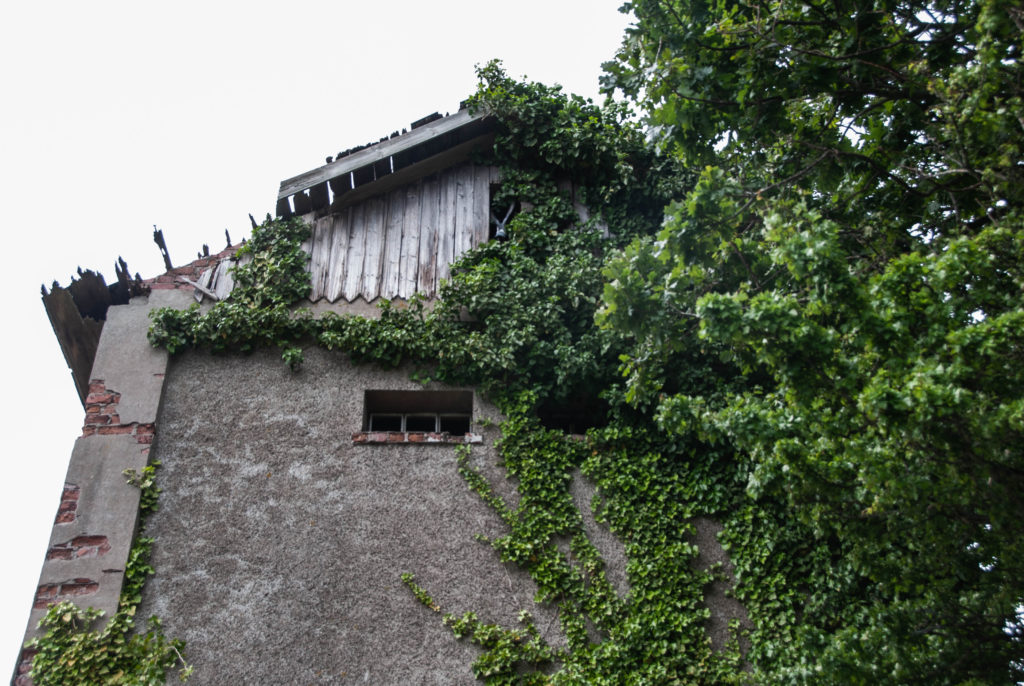
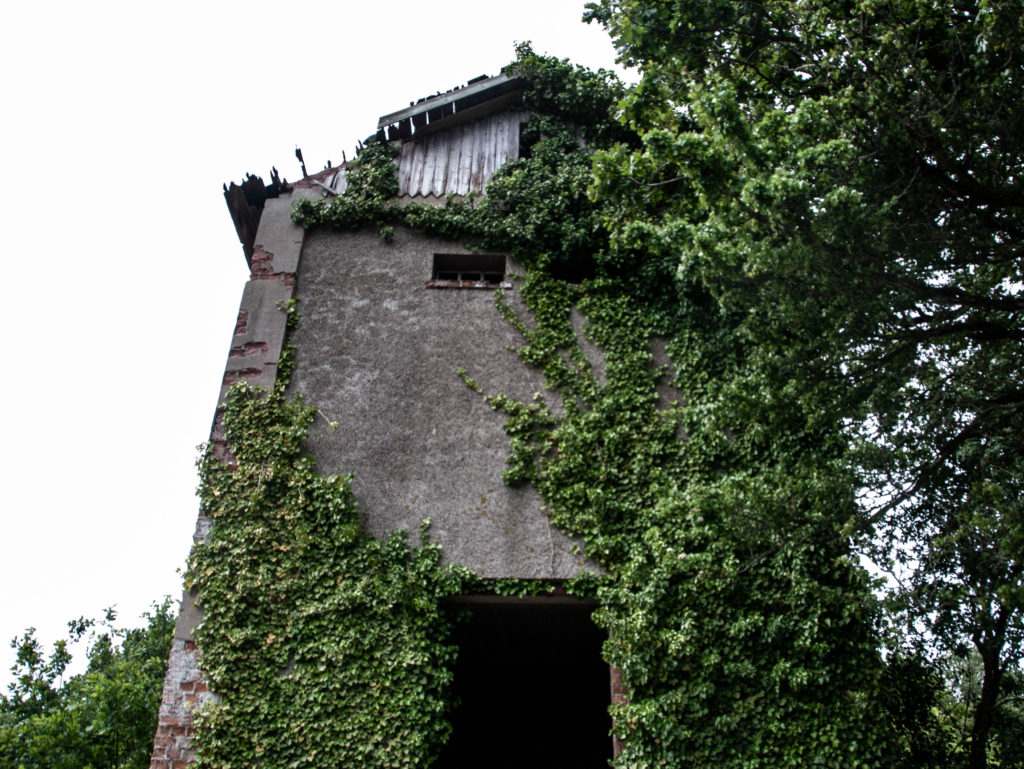

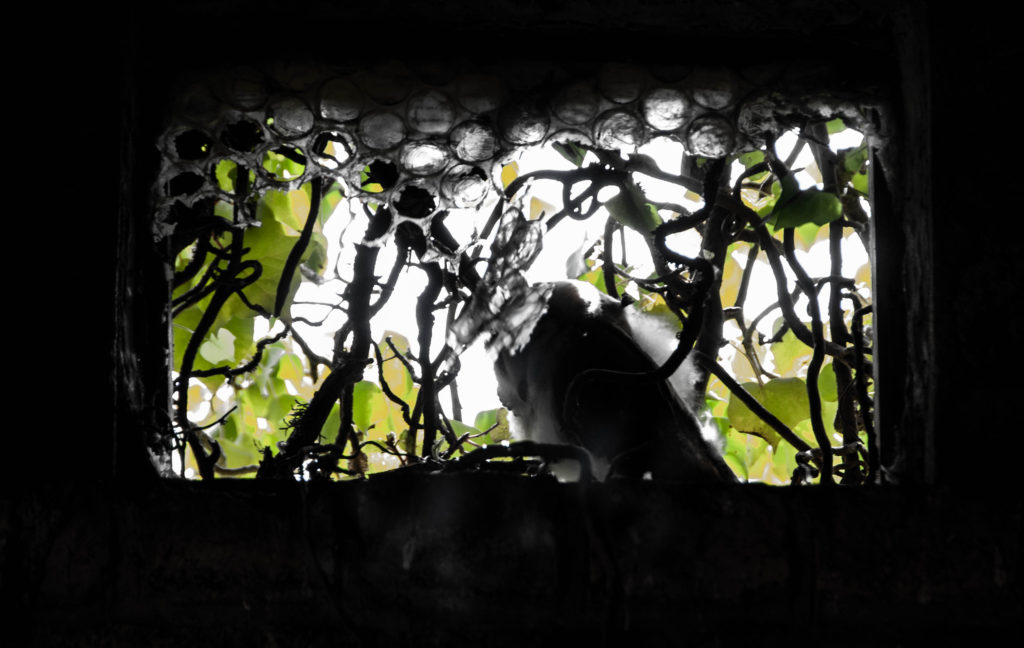
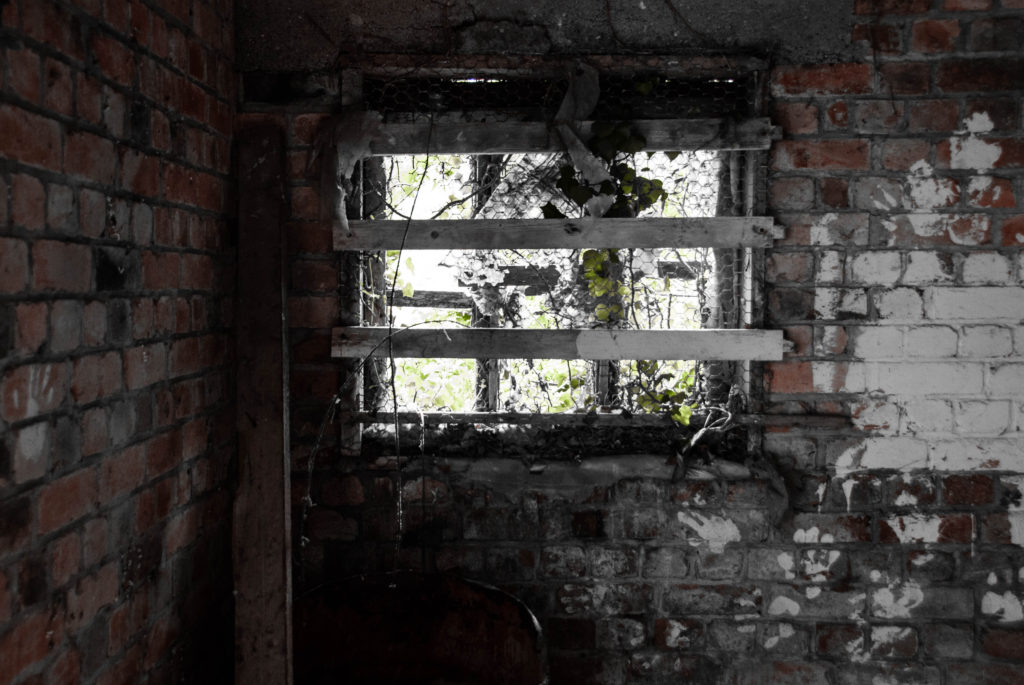
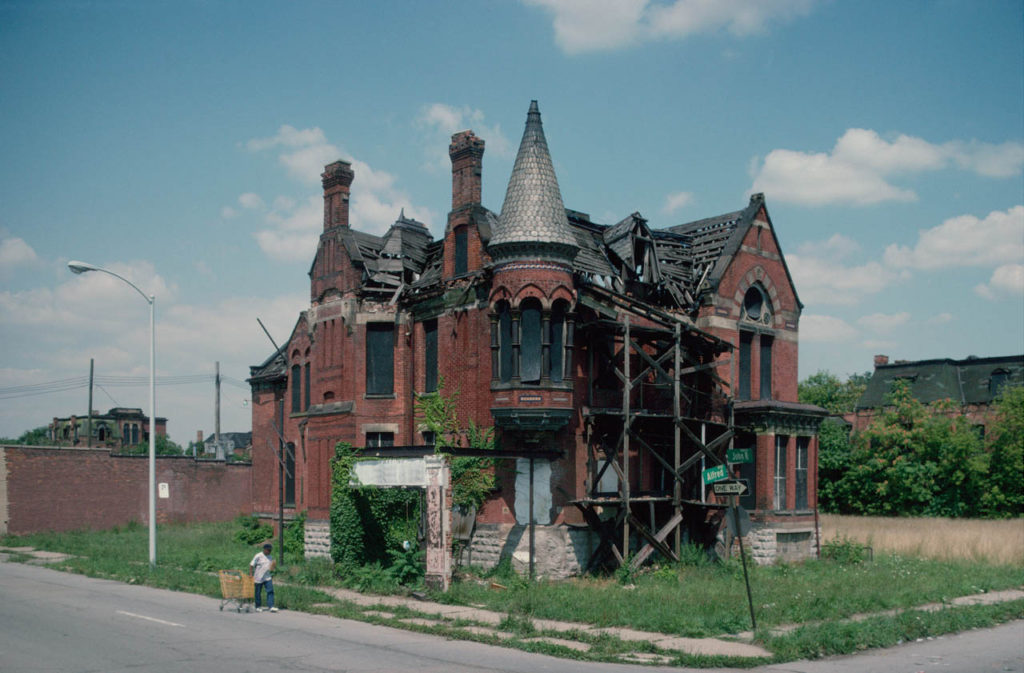

Both images feature a reaction to the Anthropocene. They do this by capturing the essence of mans reckless footprint on the natural environment and man’s greed and carelessness of having to constantly industrialise and destroy the natural environment and then move on swiftly without care. This is seen in these images where the focal point is placed on the derelict structures by framing them in the centre of the composition in a symmetrical fashion.
Both images have similar structural features, they both contain many vertical leading lines created by the structures and the neutral perspective at which they are shot. Both images also contain a deep depth of field with the structures in the foreground and the clouds and various other elements stretching far into the background.
These images differ in their colour schemes as Camilo’s image features a more saturated look with a wider tonal range which creates a deep contrast in the image. The image also contains a wider range of colours whereas George’s image contains a monotone, warmer colour scheme with shallow range of colours. Georges image is also flatter in terms of contrast, it has a narrower tonal range.
Camilo Jose Vergara is a Chilean Photographer based in New York City.
He trained as a sociologist with a specialty in urbanism and this is exactly what his photography emulates. He focuses on ‘rephotography’ in series with urbanisation and the Anthropocene. This means he shot the same buildings over a span of time to document change. This is a method of documenting urbanisation and how man is constantly tweaking the environment around them.

I am most interested in his work where he captures the essence of nature fighting back against urbanisation. He shoots these abandoned, derelict buildings in the fashion of rephotography to document an argument between nature and man. This can be seen through the houses slowly degrading and the earth and plants growing around them. This captures the power of nature and its ambition to flourish juxtaposing to mans greediness and carelessness of leaving ruins to rot in, what was, a beautiful natural climate. Below is an image of the Ransom Gillis House where Camilo has captured this argument and the power of nature.
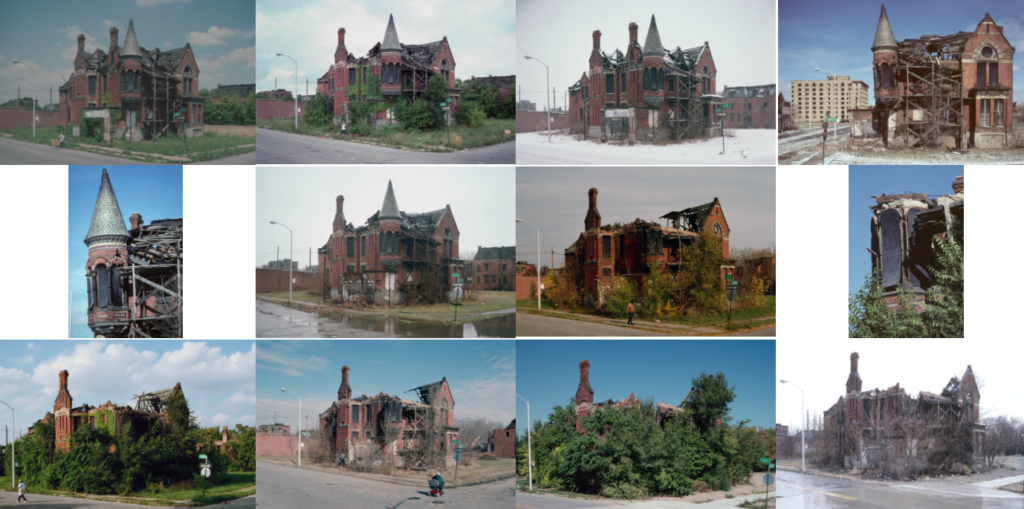
I believe the way Camilo captures these buildings is an impactful way of looking a Anthropocene. It captures humanities carelessness and the determination of nature in an impactful manner by giving it an aesthetic. The aesthetic being the series of photos where the perspective is exactly them same but there is noticeable change in the environment in every photo. This forces the thought to be made about how quickly our environment changes.

The above image is of the former Camden Library which became abandoned. There are trees growing in the former reading room of the library. Camilo framed these trees in the centre of the image with the library collapsing around them. This creates a stadium around the trees which creates tension and supports the idea of natures determination to grown through humans destruction.
Camilo used natural lighting which is coming through as streaks through the destroyed ceiling. This creates a holy like spotlight on the trees which could imply the idea of the glimpse of hope that nature holds.
The image contains high saturation on the foreground which makes the trees pop with colour but a low saturation and high contrast on the background which creates a gloomy look on the destroyed building, enforcing the juxtaposition between nature and man.
George Marazakis is a Greek photographer who has made a significant contribution to the visual enlightenment related to the Anthropocene with his photographic series, “A Cure for Anthropocene”
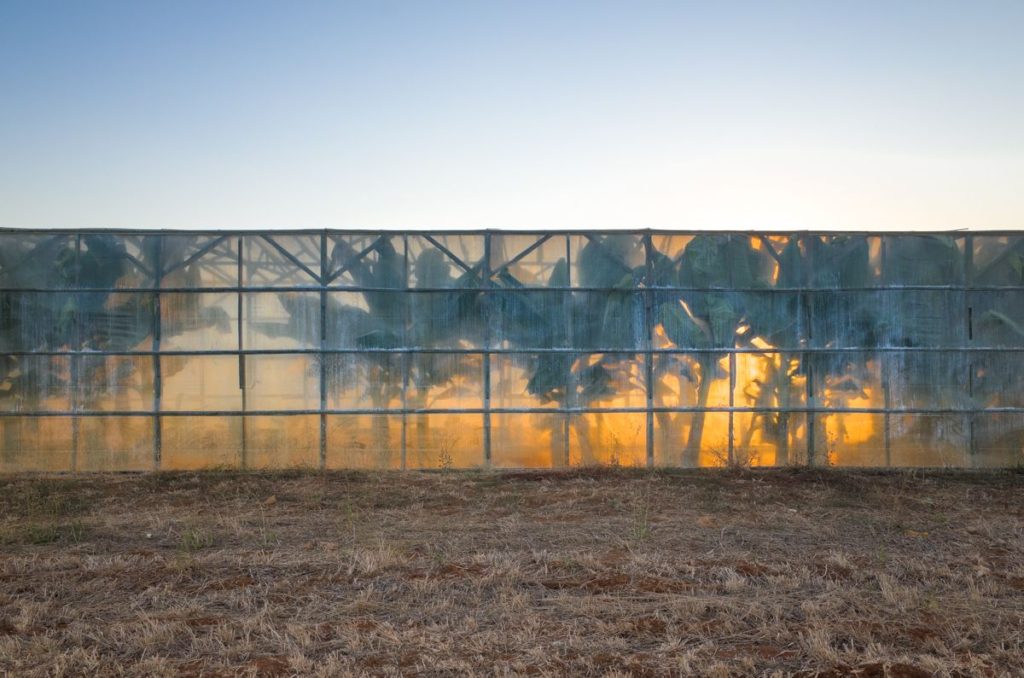
His work encapsulates the degradation of the environment in a subtle manner rather than a brash, “in your face” approach. His method does not concentrate on shooting the obvious, mainstream aesthetic themes such as animals entangled in plastics and inept images of geological agony that the media force feed society as a way of sort of ‘guilt-tripping’. Instead George shoots natural landscapes where subtle gestures of man’s ramifications can be seen. He seems to weave the elements of industrialism and climate change into his the landscapes rather than making them the vocal point. I feel this is a far superior way of creating awareness to the issue. It focuses on giving a neutral aesthetic to the Anthropocene. This forces the comparison process of making contrasts between the peaceful natural utopia and the traumatic dystopia that humans are inflicting on the planet. This forces audiences to use their cognition which leads to them caring about the issue more.
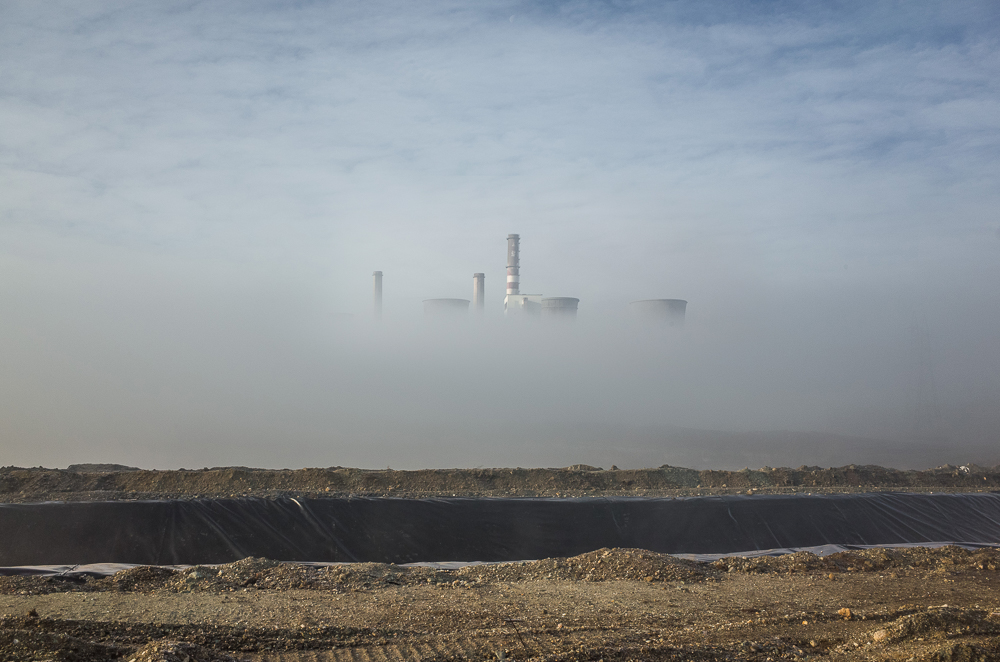
Another distinct element to his photography is the warm, hazy, monotone hue his images have. It almost implies the idea of the earth heating up and global warming. It also creates a slight sense of panic almost like a fire has started and orangey smoke is pouring out of his images. It develops an apocalyptic aesthetic for Anthropocene.
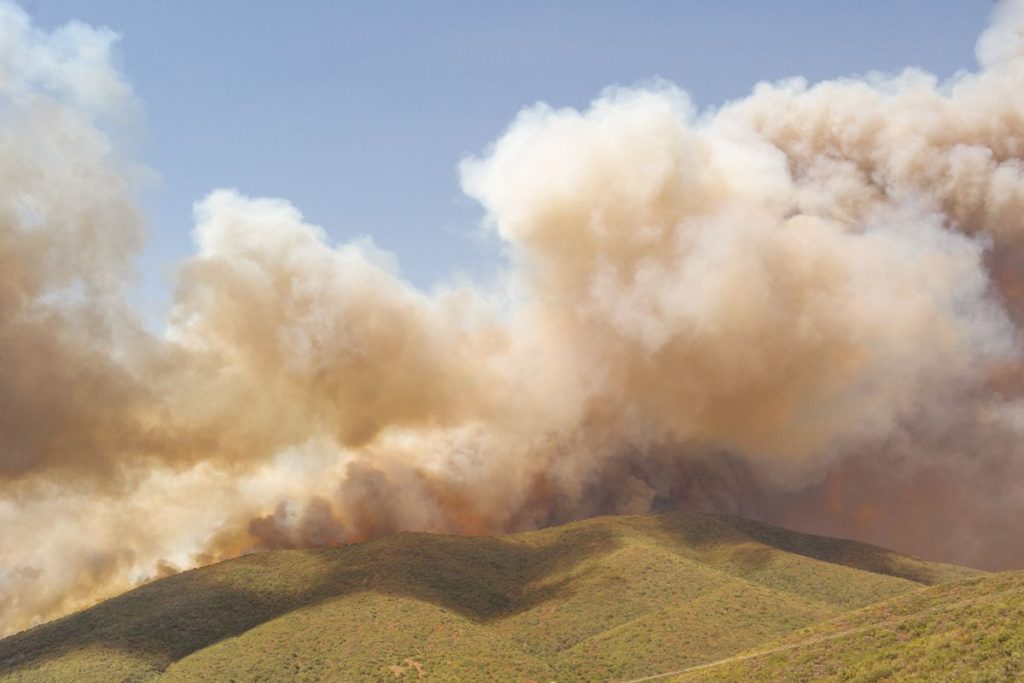
This subtle approach of integrating slight man made interruptions into his landscapes came about as George began to think of the Anthropocene as a disease. “While I was photographing the landscapes affected by human interactions in the middle of natural spaces, the topography started looking like a body to me – like something with the early stages of psoriasis on its skin,” he explains. “If humans are a product of nature, then we can say that we are a disease attacking our own organism, just like an immune system can attack its own body – like autoimmune diseases.” His work takes this idea of disease and spins it around to create a sense of hope by reinforcing the idea that diseases can be cured, this is imbedded in the name of his project ‘A CURE for Anthropocene’
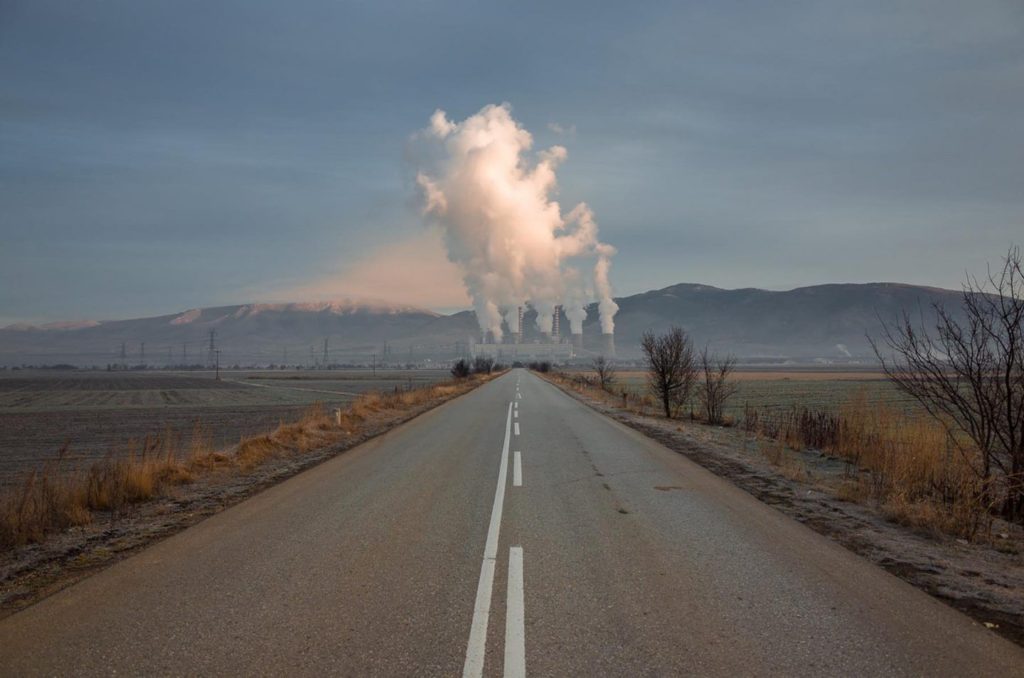
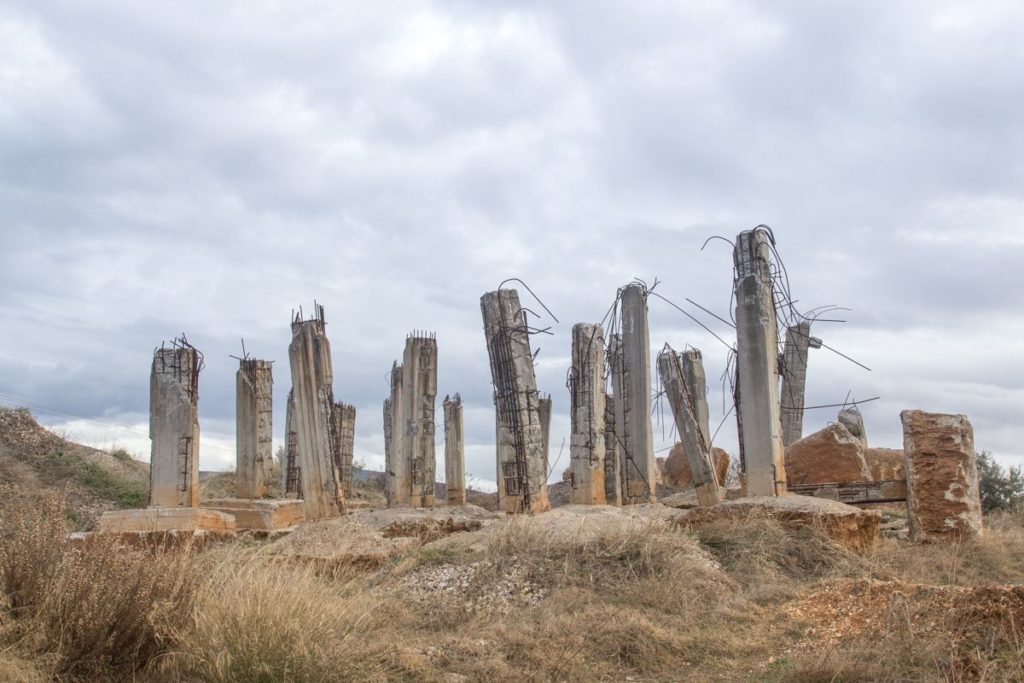
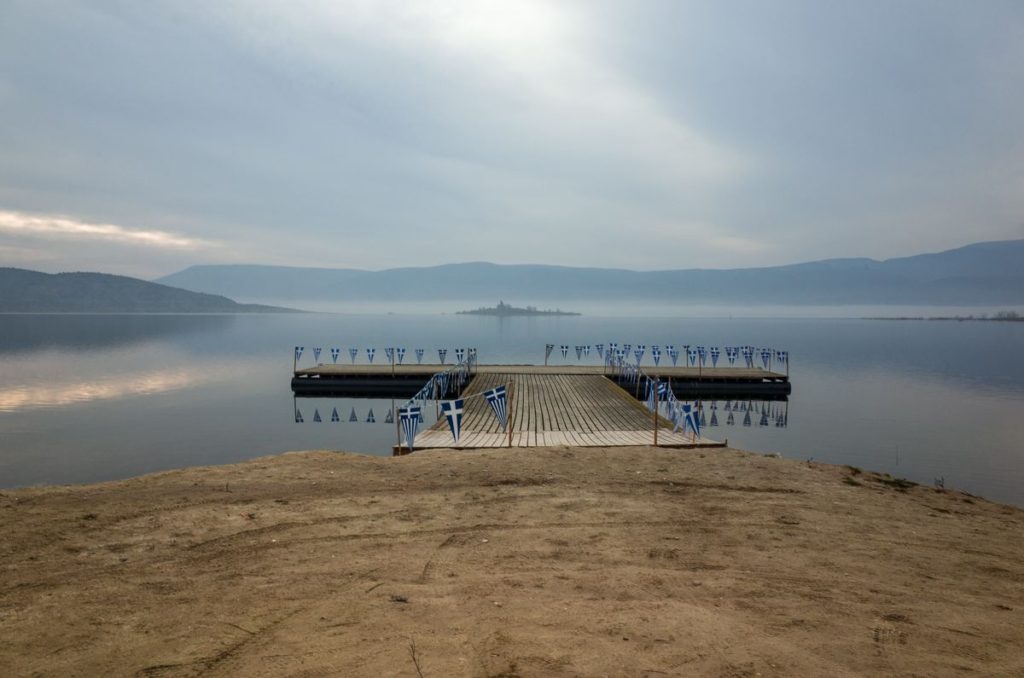
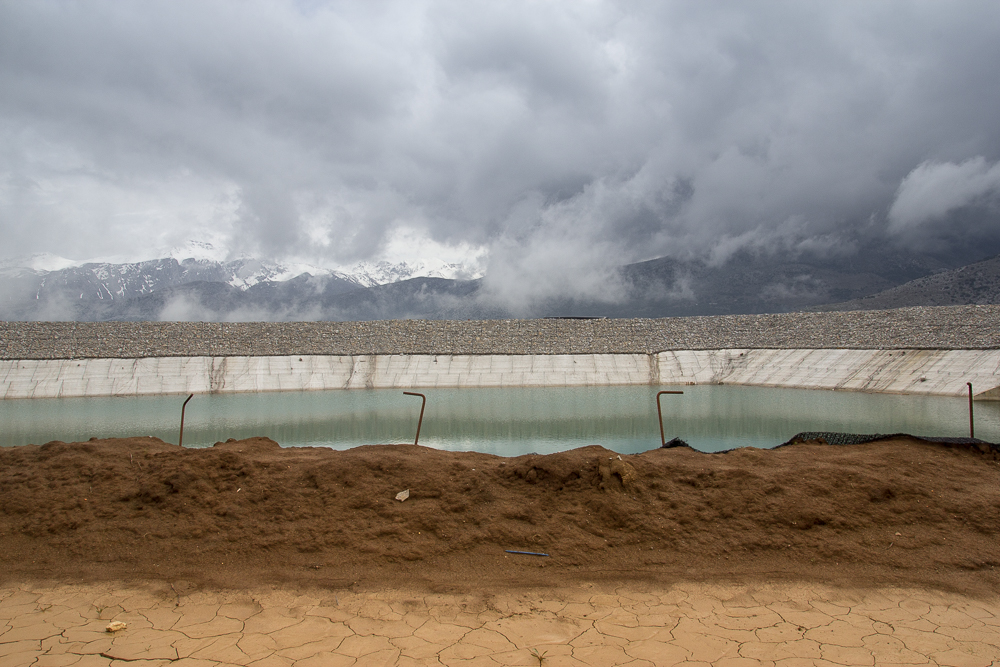

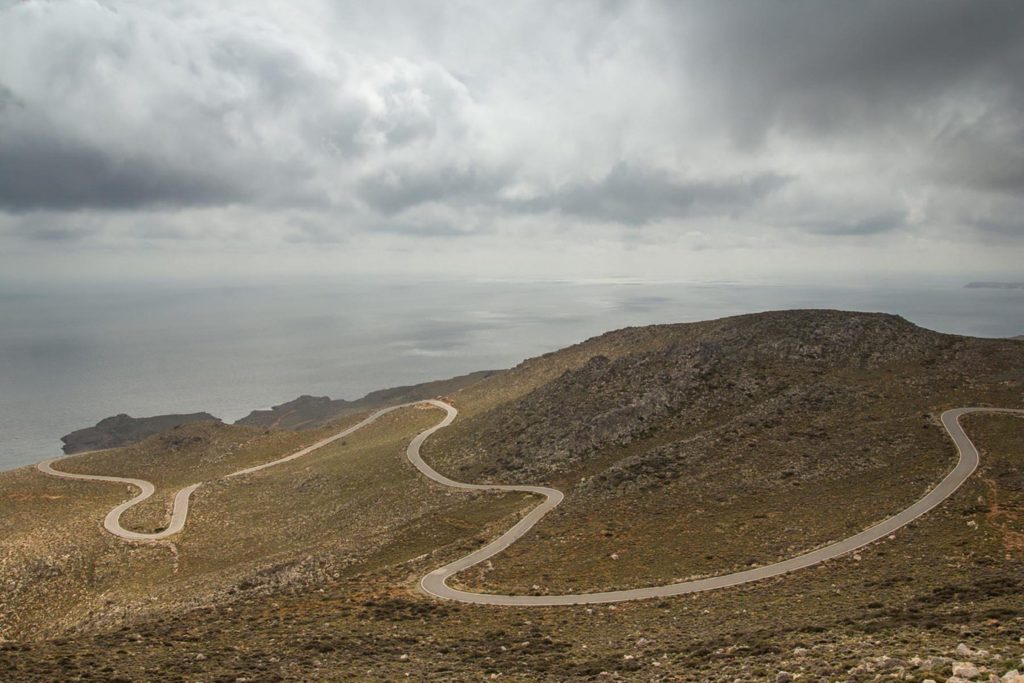
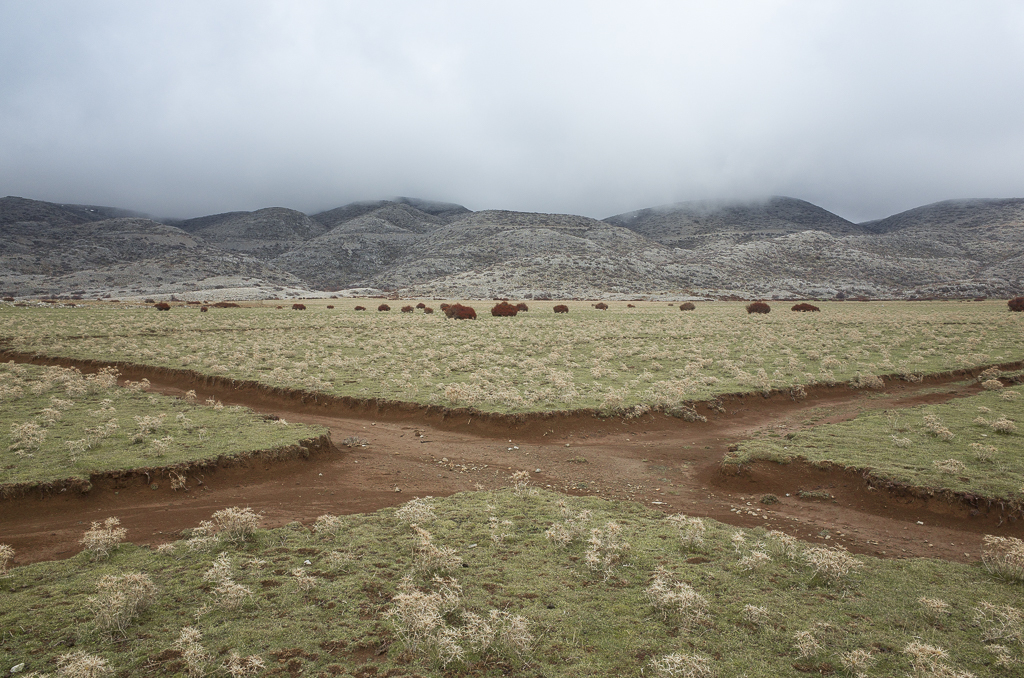
The above image features a natural landscape with a juxtaposition of a subtle hint to mans presence in the foreground with the carved out paths almost like scars on the earth.
George uses natural lighting and he creates a narrow image in terms of colour and contrast in the foreground while romanticising the background with higher contrast and tonal depth. This creates an almost boring foreground which insinuates the mundane and banal nature of man’s degradation on the earth while contrasting this with the dramatic powerful nature of the sublime in the background.
The image is also framed very symmetrically with the paths in the foreground forming an ‘X’ which creates a satisfying aesthetic.
I have chosen to explore the concept of Anthropocene through the genre of landscape photography. I plan to react to ideas of nature being transformed through industry and venture into ideas of altered landscapes through my images. I will do this by shooting landscapes in a wider and vast perspective, of which supplies a view of the full picture. This allows a juxtaposition to be made between the natural environment and what man has interrupted it with.
I also plan to express the conflict between urbanisation and the environment by shooting derelict buildings and portraying nature fighting back against man. I plan to incorporate some abstract methods of photographing these buildings, with a more zoomed in perspective.
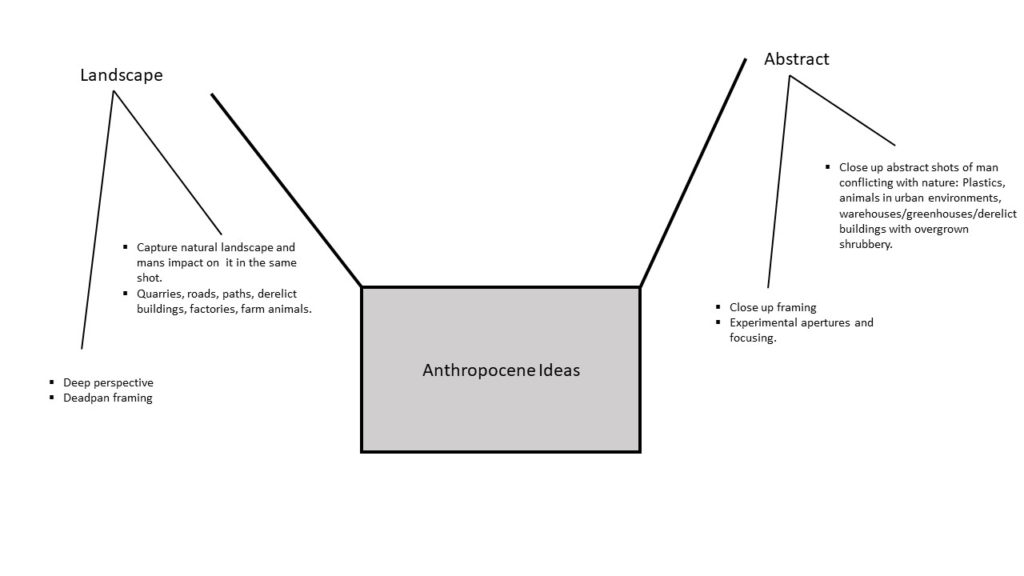
Below is some inspiration for my Anthropocene project:
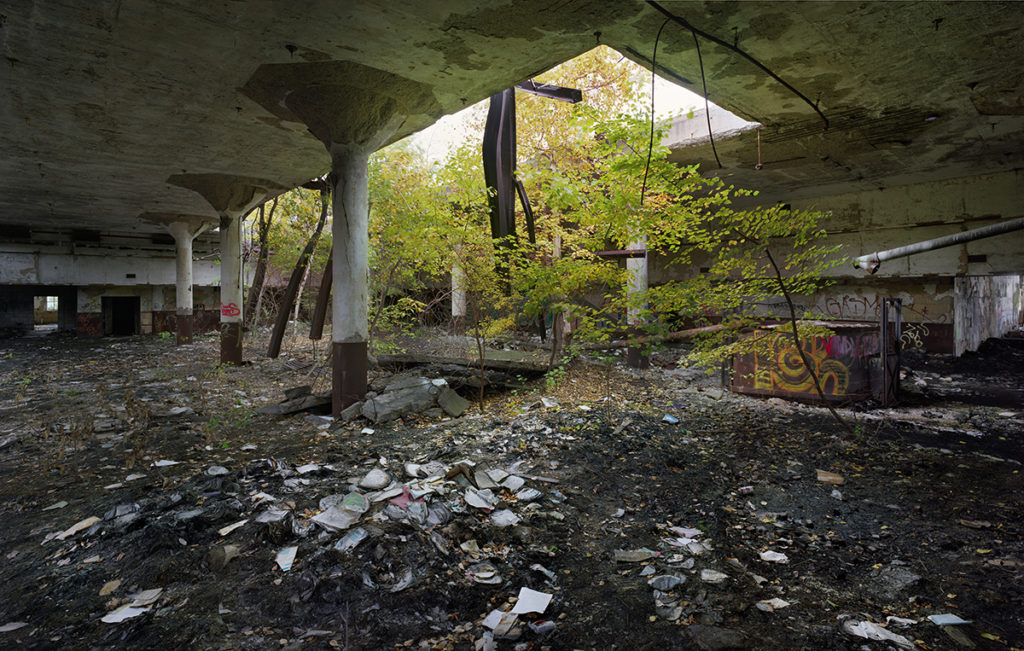
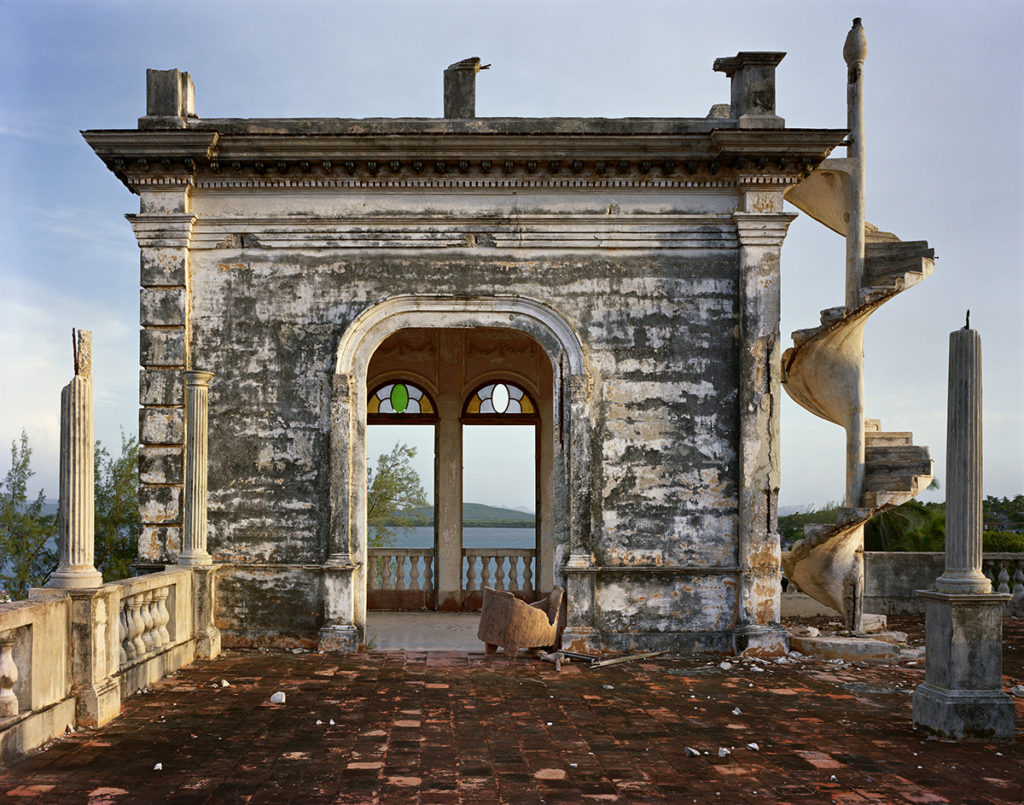
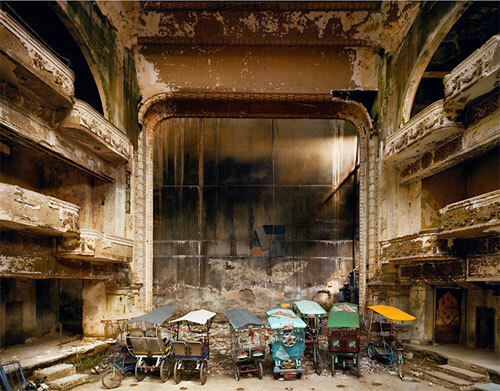
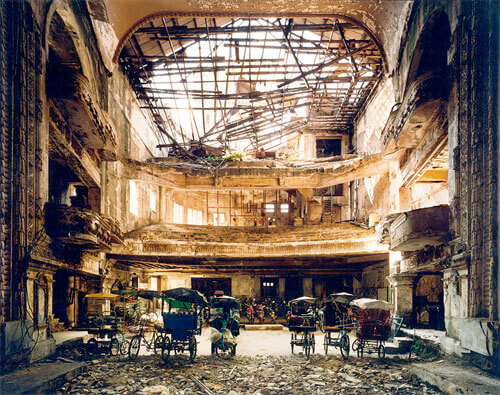
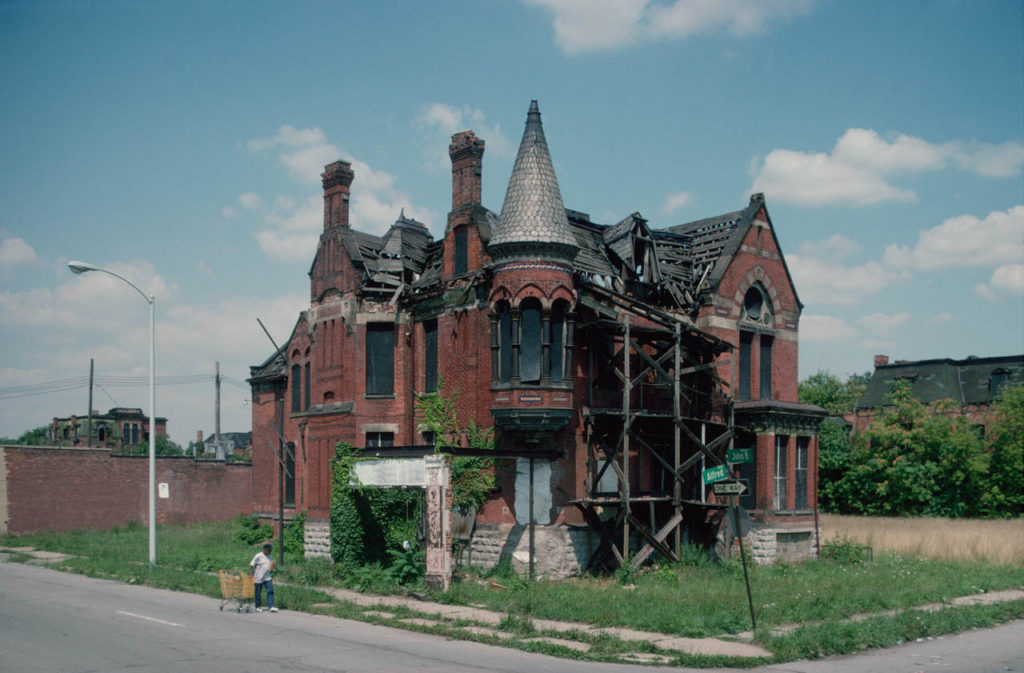
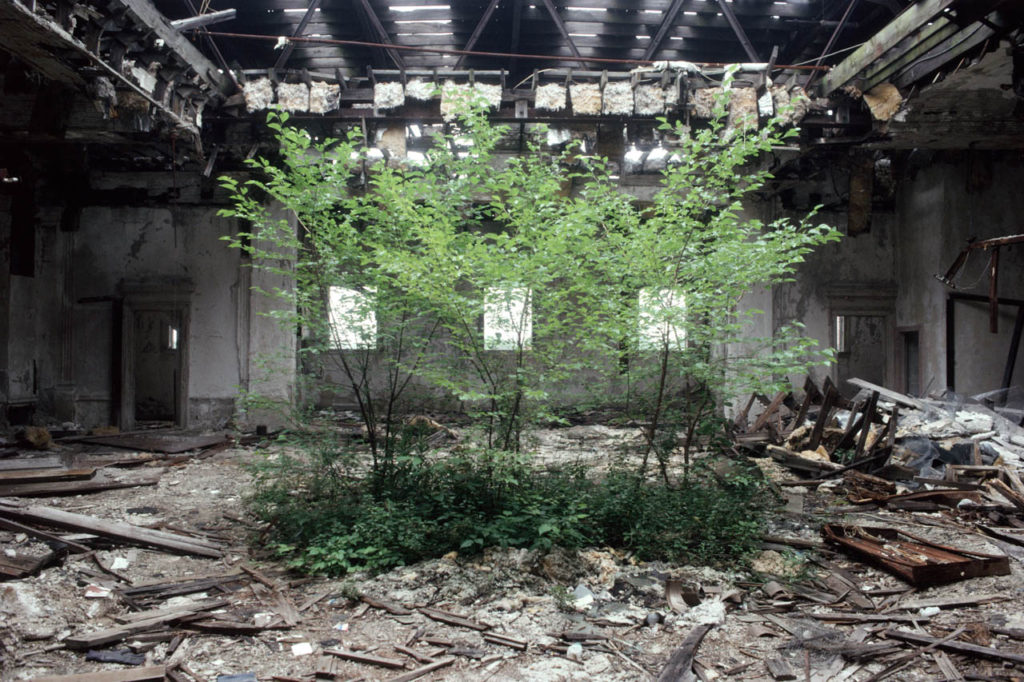
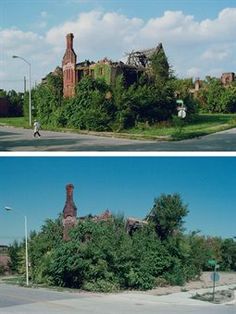
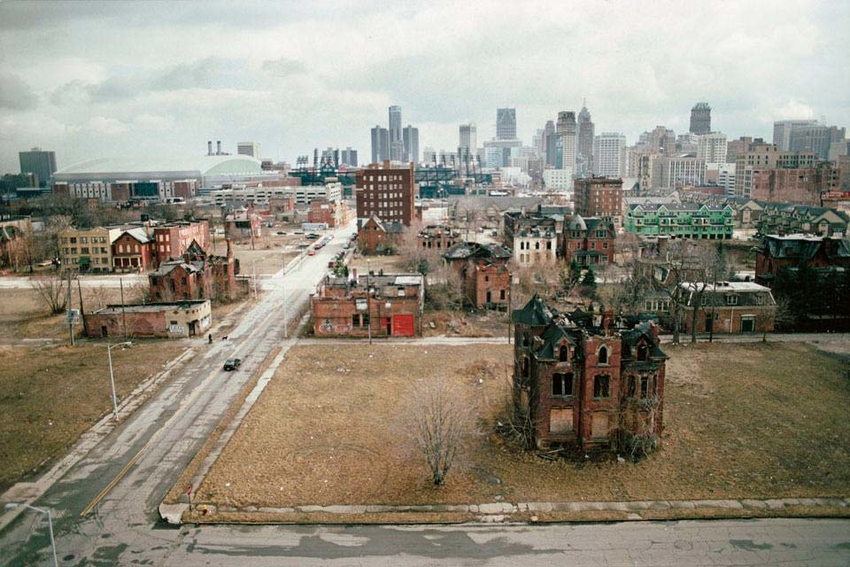
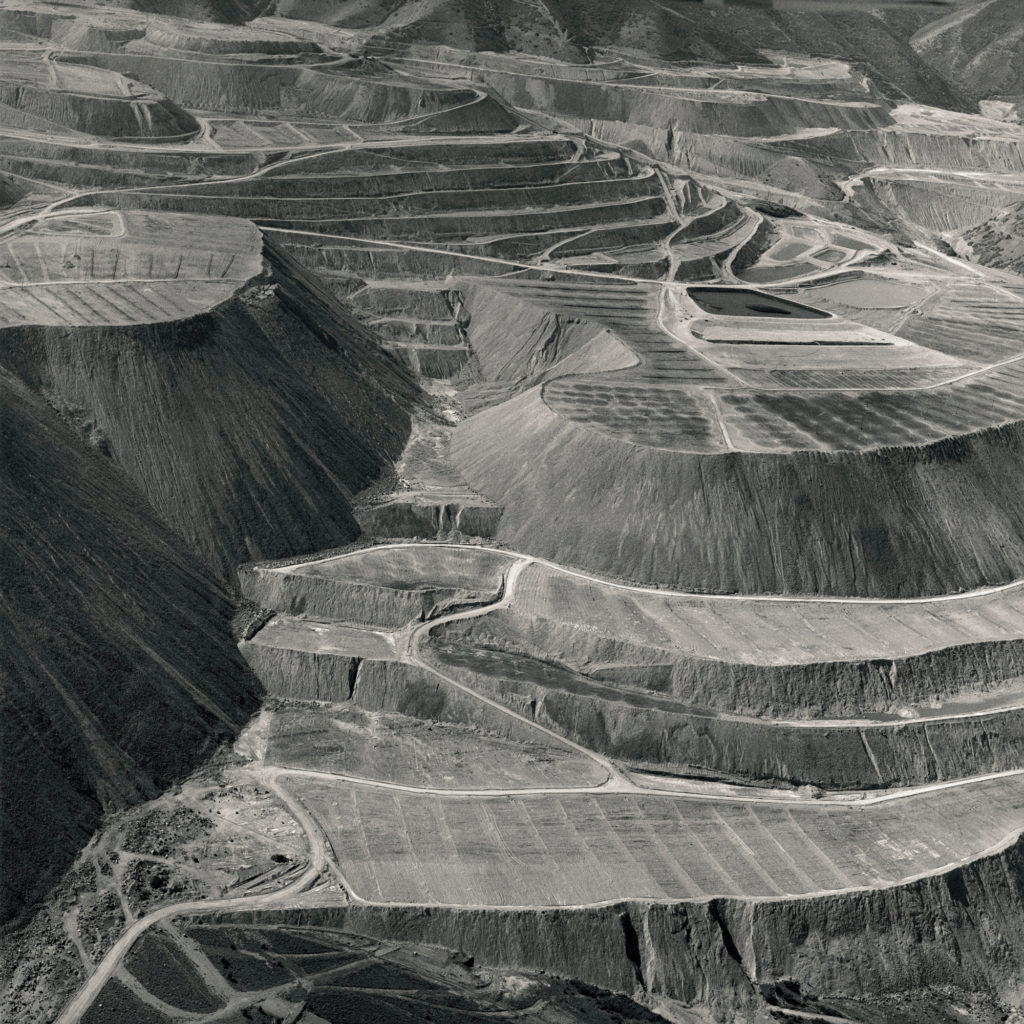


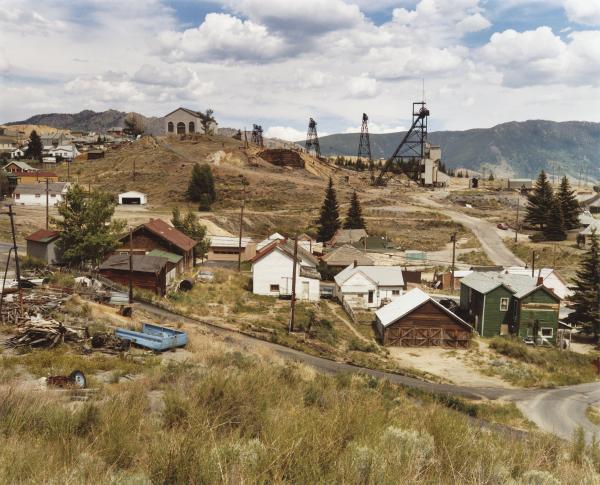
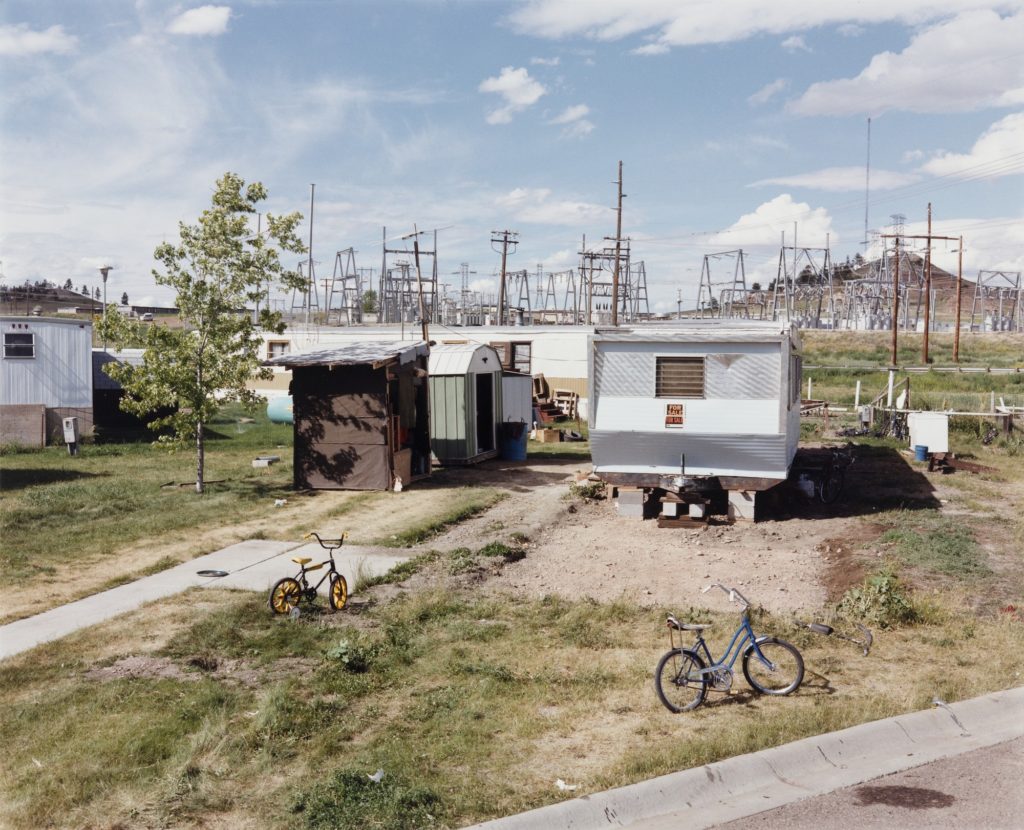
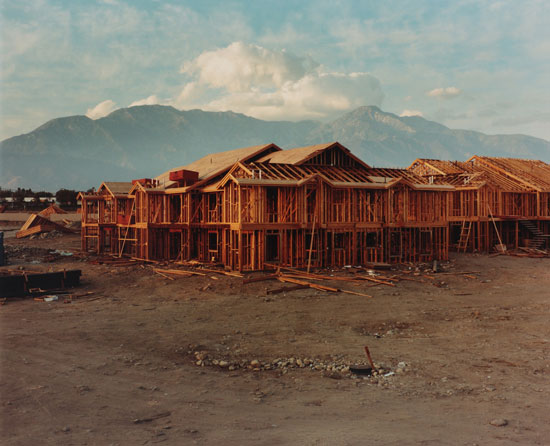
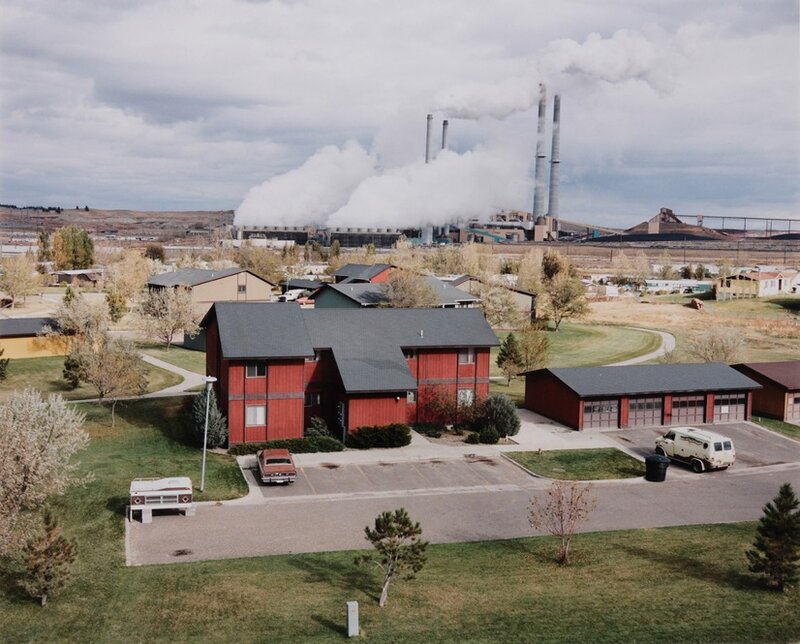
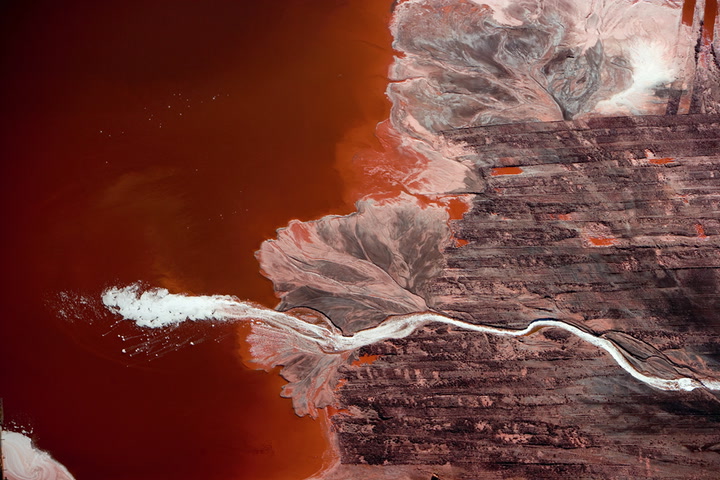
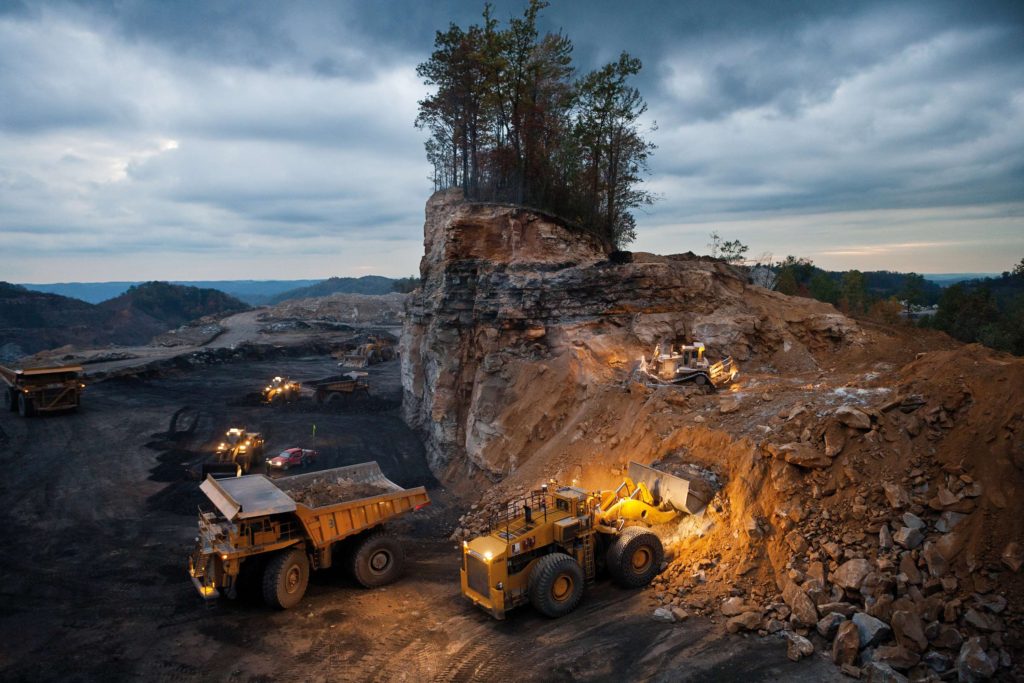
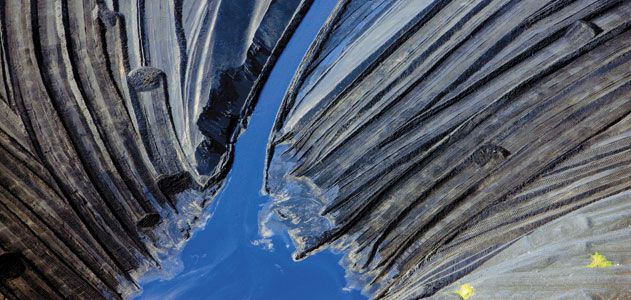
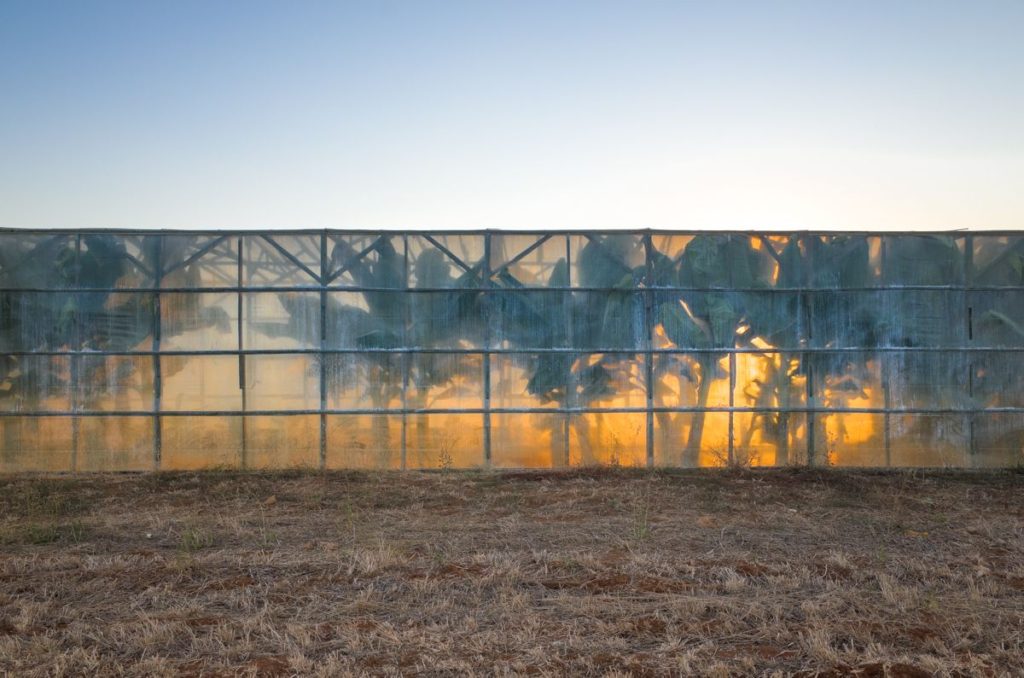
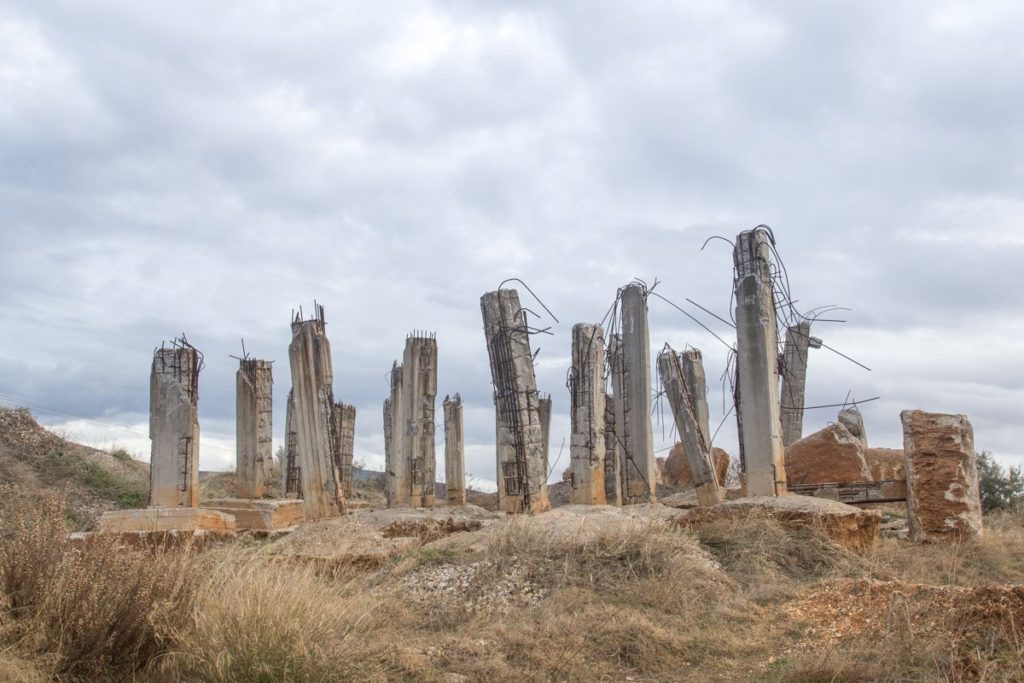
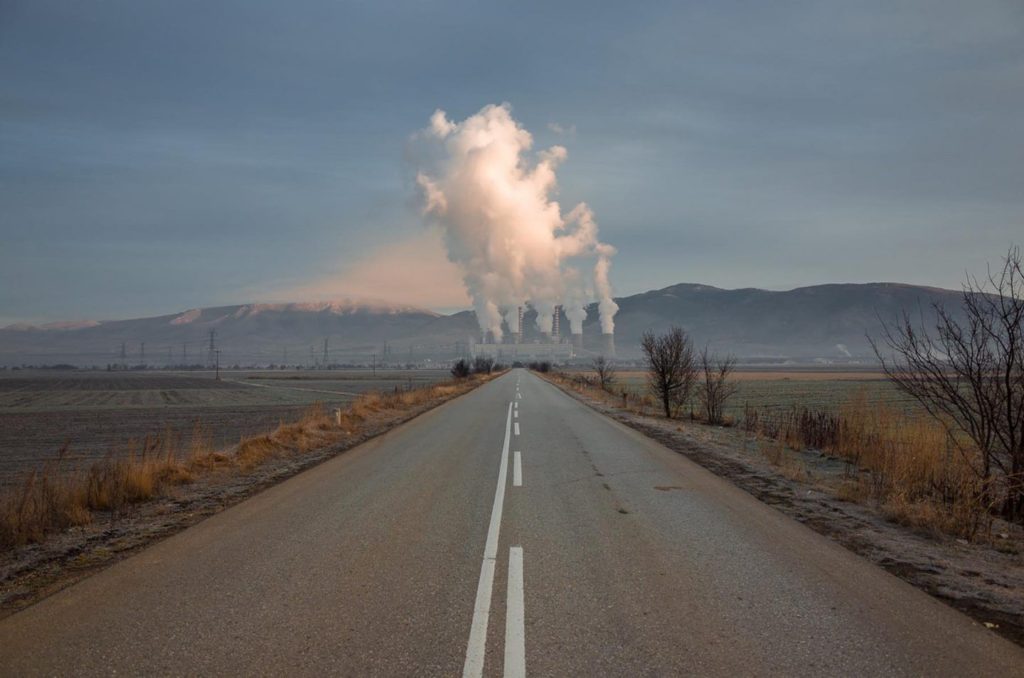
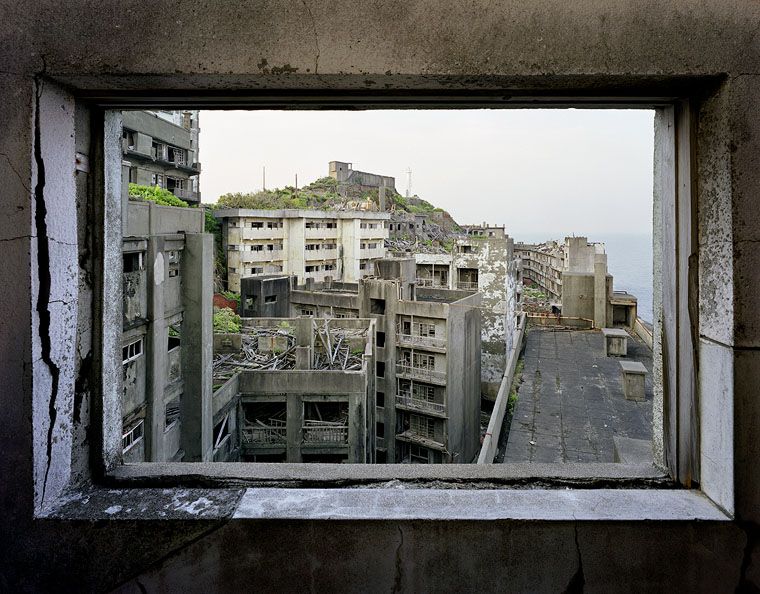


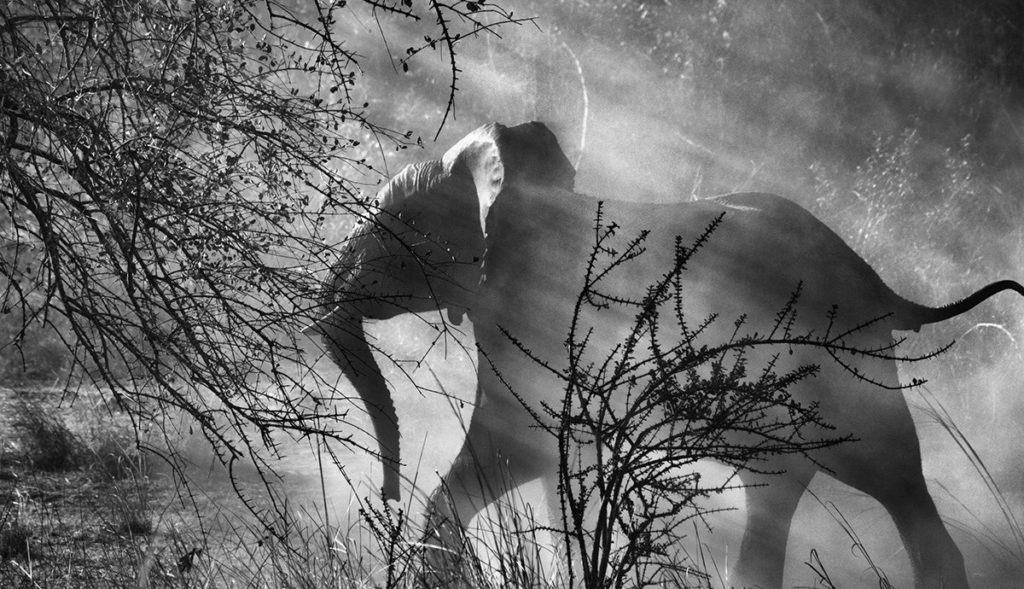
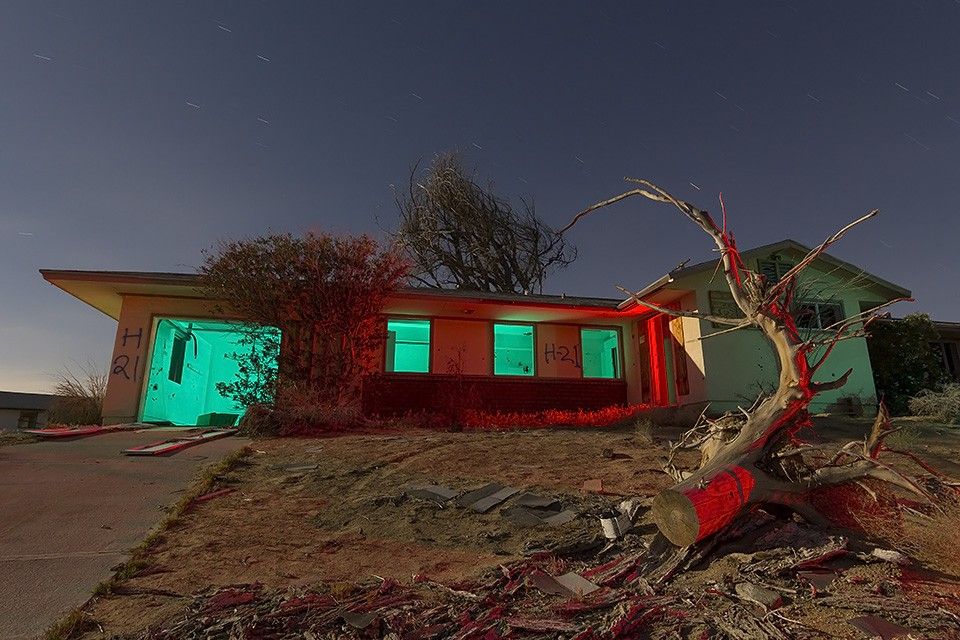



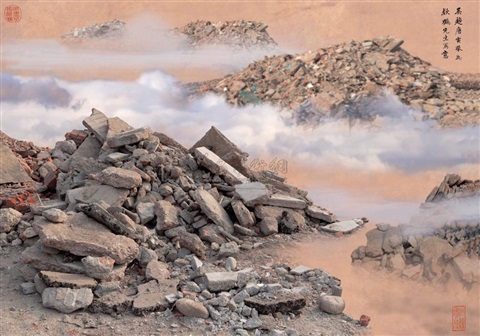
The word Anthropocene is largely used in science and was a word given to our current geological epoch, being the stage in the geological time scale where humans are having the greatest effect on the earth in an environmental and climate viewpoint.
This word was adapted by a group of photographers who began to take initiative into creating a visual perspective for how humans effect the earth.
Anthropocene focuses on concepts such as pollution, recourse mining, urbanisation, deforestation, climate change and so on, all as a result of human activity.
Contact Sheets

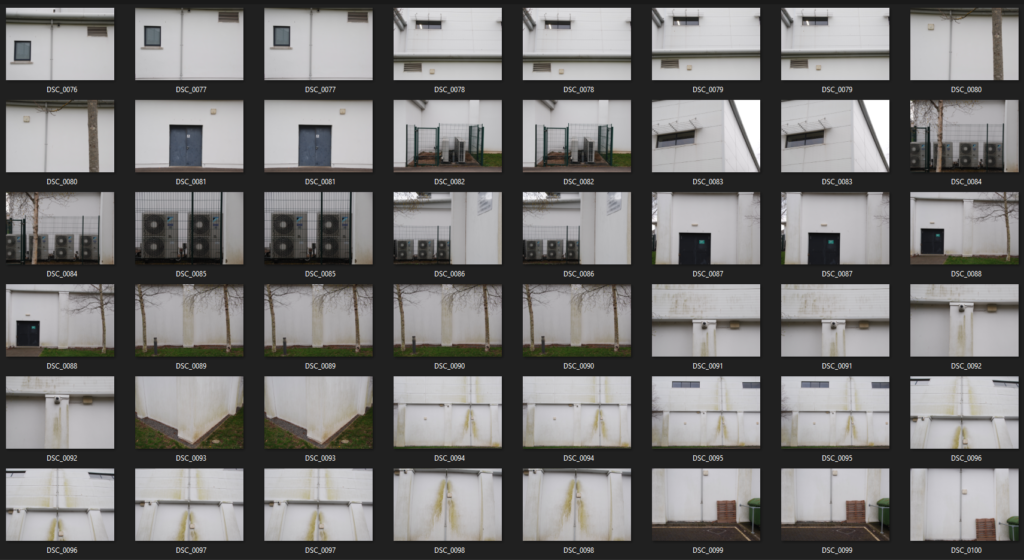

Final Edits
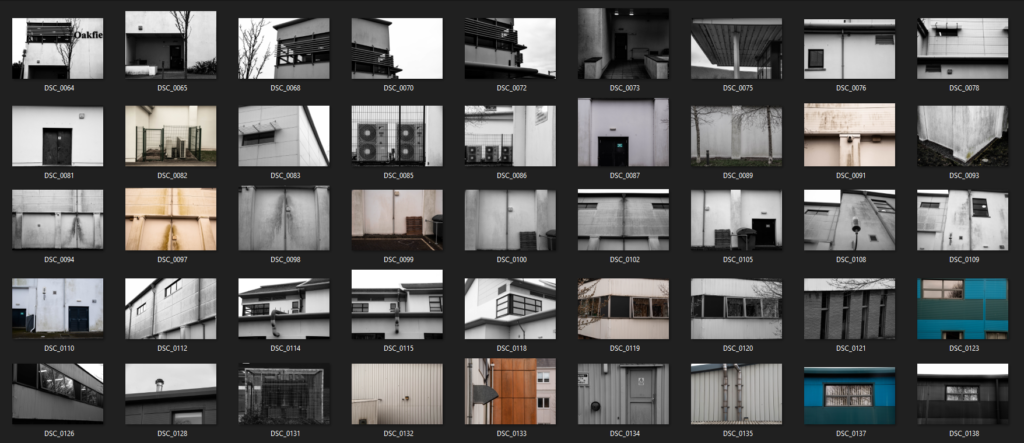



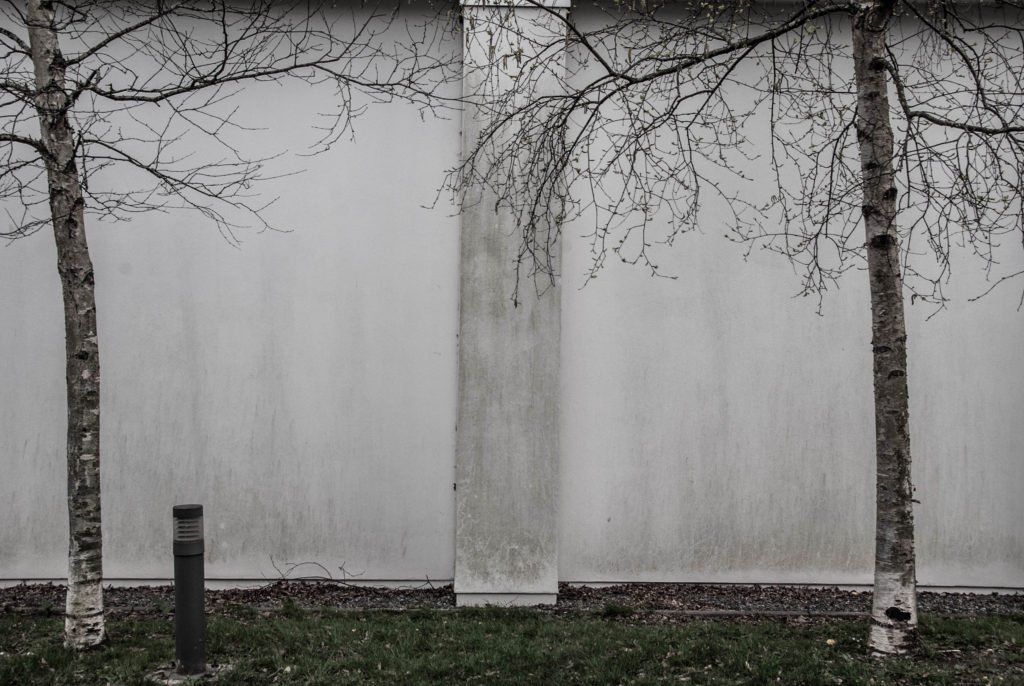






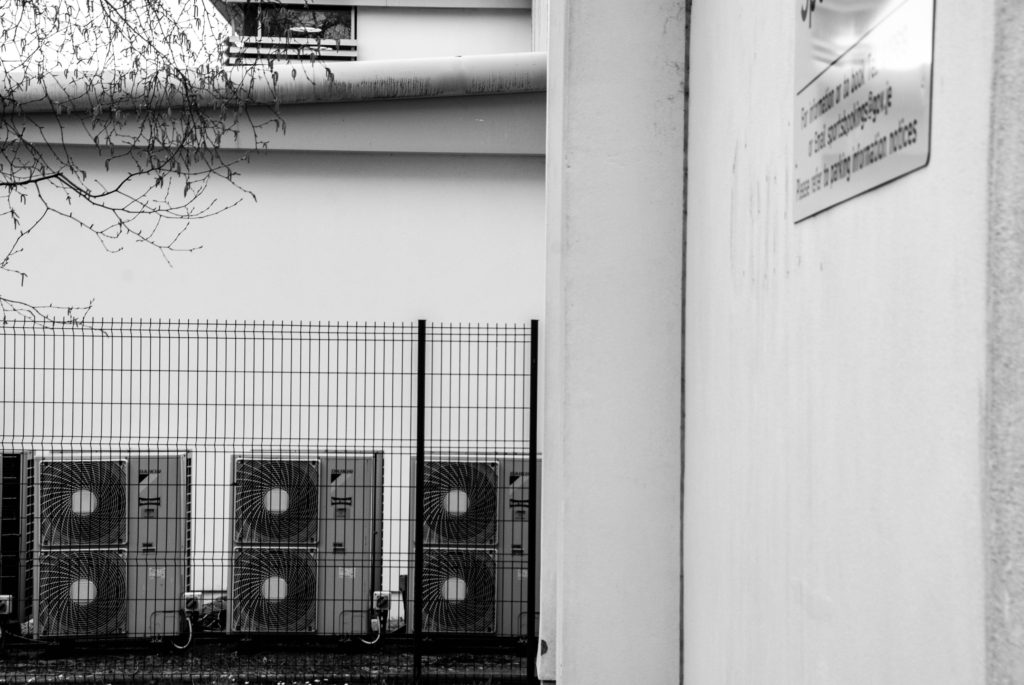













Artist Comparison


The above image – CORONA DEL MAR, was taken by Lewis Baltz in 1973. The below is my image taken at Oakfield Sports center.

Mood Board
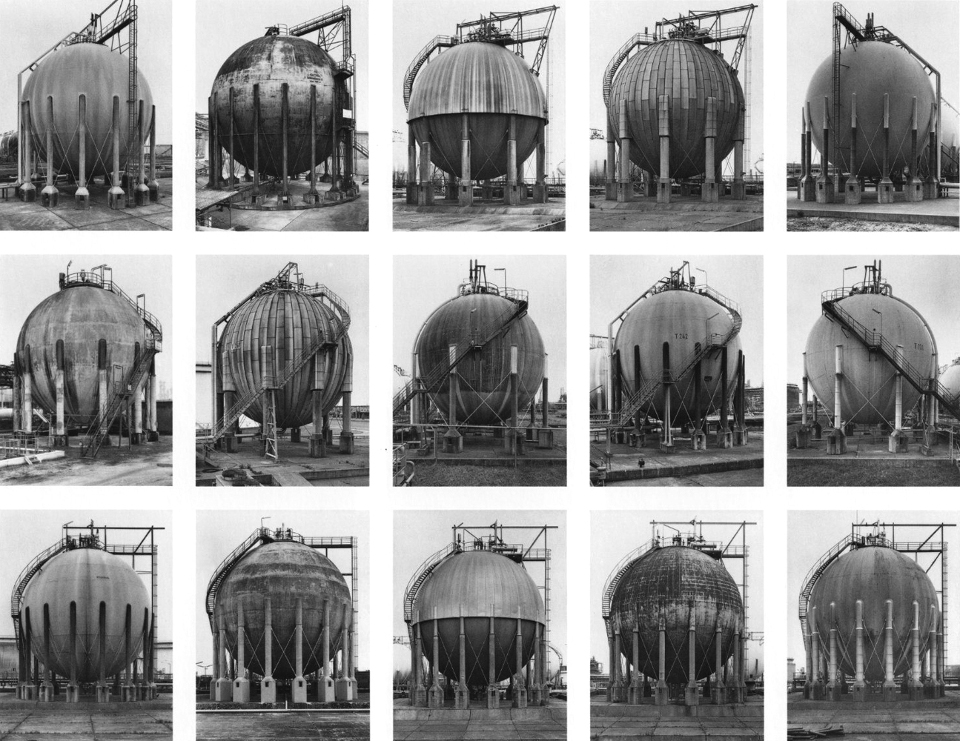



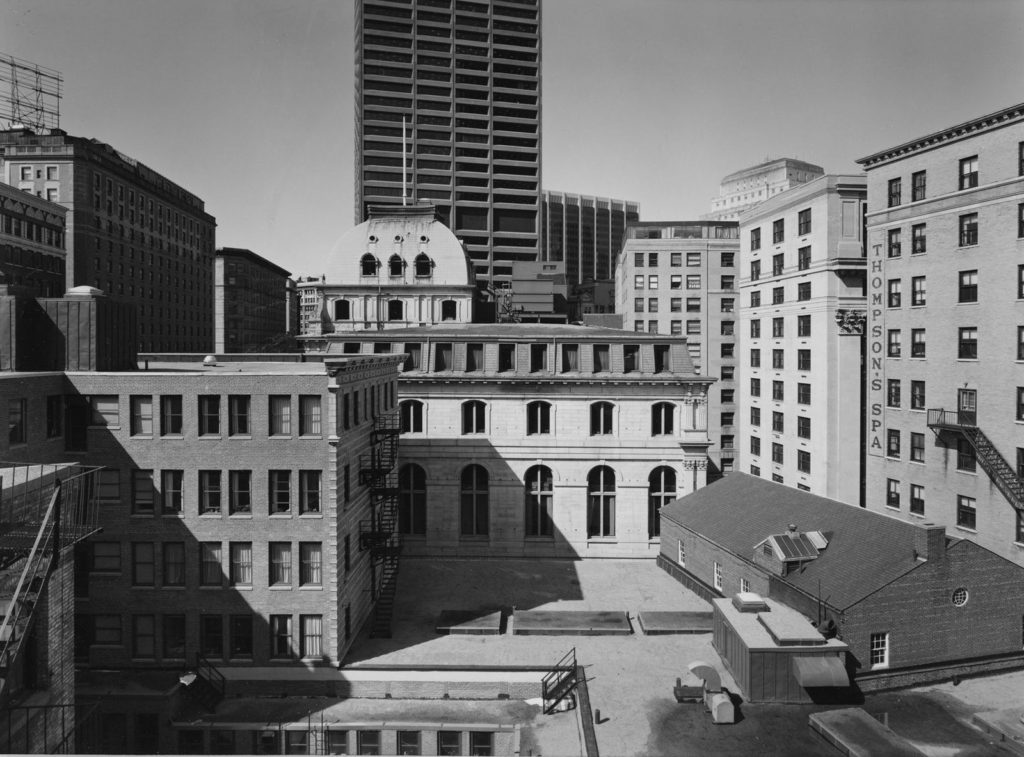
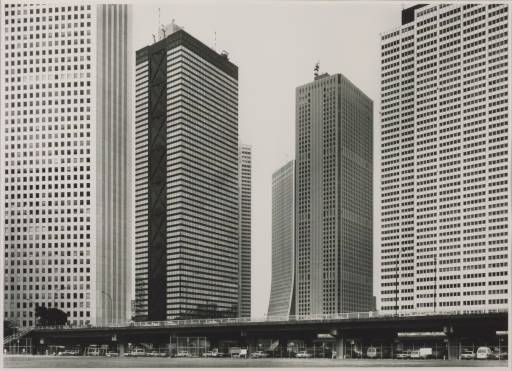
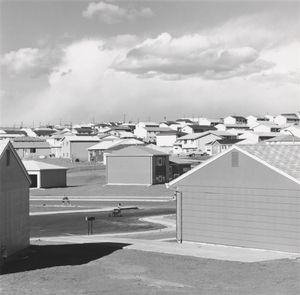

List of Places to Shoot
Highlands college

Oakfeild Sports Centre

Fort Regent

St Helier
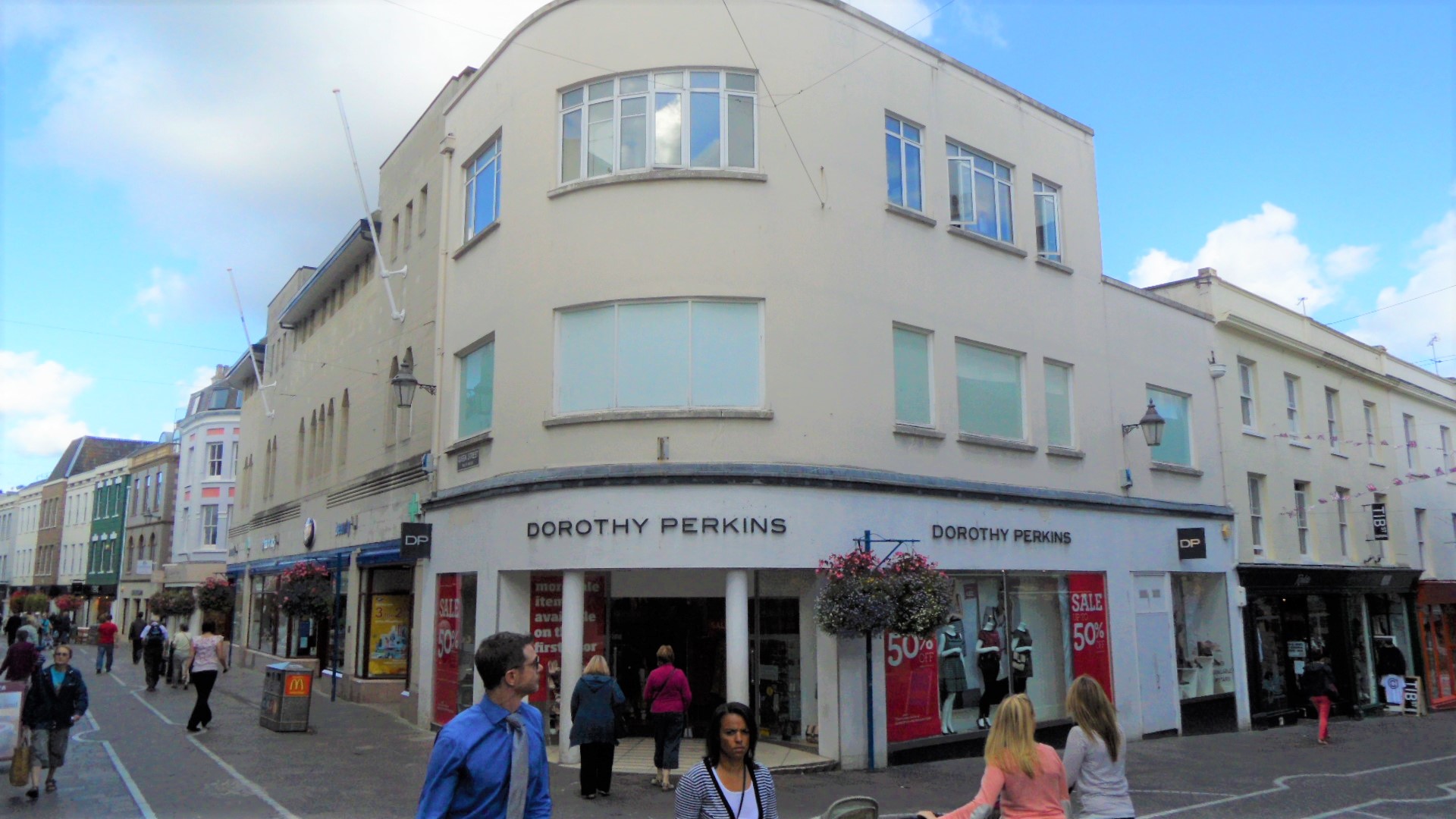
Grands Vaux

Le Marais Flats

Le Squez

Photo-shoot Plan
What – Urbanized landscapes – industrialized areas, housing complexes, flats, town centers… leading lines, windows, walls, doors, dumpsters…
Where – Highlands college – photo shoot 1. Oakfield sports center – photo shoot 2
When – Overcast day
Why – To explore, respond and practice the idea of the New Topographic.
How – Medium vocal length lens, high aperture.
Lewis Baltz was an American Photographer Born 1945 who had an important role in the New Topographics movement of the 70s.


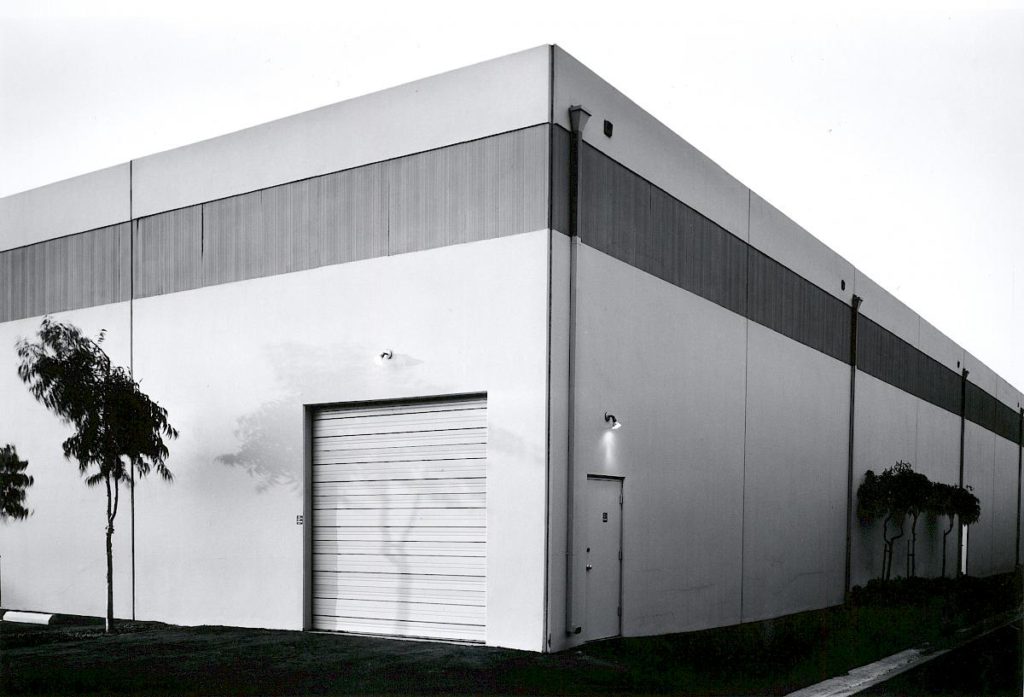


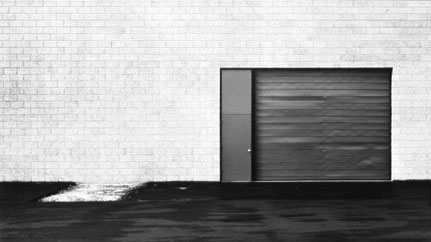




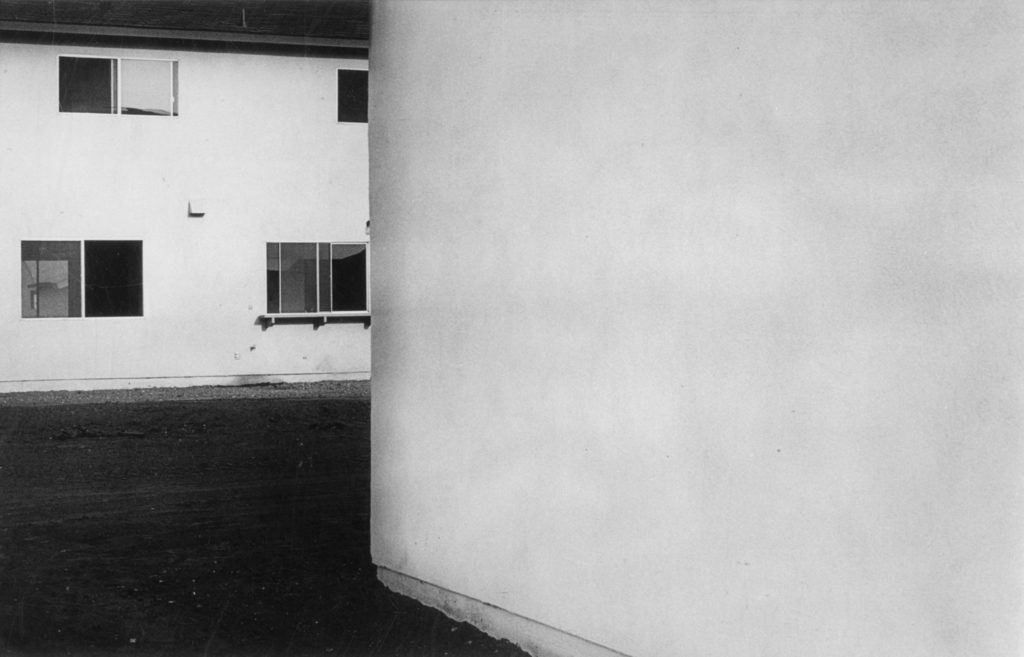

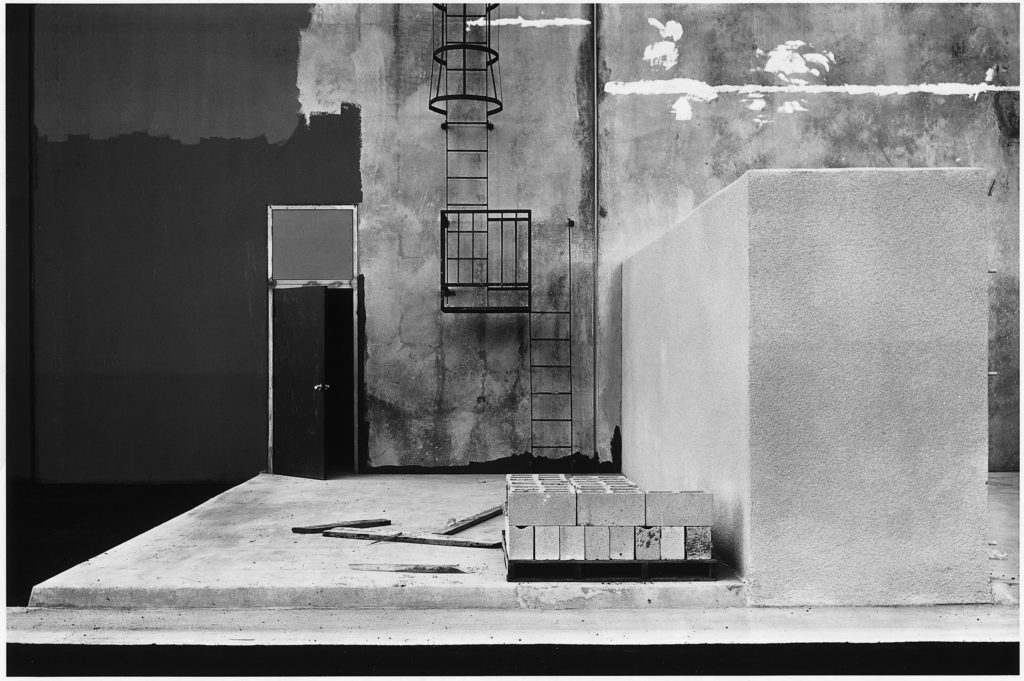

He was one of the first photographers to challenge the dominant methods of landscape photography at the time. He confronted the ideas of the “zero club” photographers at the time and along with 9 other photographers pioneered the New Topographics movement which turned photography’s perspective towards shooting urban man made features.
Lewis was trained to use photography as an art medium, to intersect with other aesthetic social questions rather than a practical form of diarizing and documentation.
Baltz grew up in one of the most rapidly urbanizing placing in the world – Southern California in the post war period. He watched the changes taking place he described it as a new world being born however not a very pleasant one.

It was a new homogenized American environment that was marching across the land and being exported. He noticed that no one wanted to confront this. This realization was the initiation of his interest in shooting the urban and igniting the New Topographic.

The above image was taken in 1974 and it is called “The New Industrial Parks” and it is part of a monographic series along side “The Tract Houses”, “Maryland”, “Nevada” and “Park City” wherein Baltz addresses cultural and philosophical questions about industrial zones and an artistic documentation of the boom in the urban landscape.
This piece relates well to Lewis’ motive to focusing on the familiar and creating an aesthetic out of the mundane. He does this by shooting a mundane building but making use of a deadpan viewpoint to create a somewhat symmetrical image with many leading lines. These leading lines create a grid like triad which splits the image vertically to comply with the rule of thirds.
The image has a shallow depth of field which gives it a 2D shape which can be an allusion to the lack of humanity which comes from urbanization.
The three slender trees on the right of the image are positioned strategically in line with the rule of thirds grid Lewis created and they add a sort of contrasting tension to the composition as they look like they are being overpowered by the colossal building behind them which consumes the whole frame. This could have been an attempt at pointing to the idea of mans impact on natural landscapes and how they are being overpowered.
The low saturation and more greyscale colours in the images convey the gloomy emotions of the industrialisation. The image also has a very wide tonal range.
“New Topographic”, a term coined in 1975 by William Jenkins which referred to a photographic movement undertaken by a group of American photographers whose works had a similar look – mostly uniform, black and white urban landscapes.
Some of the photographers associated with this movement where Robert Adams, Lewis Baltz, Nicholas Nixon and Bernd and Hiller Becher.








The movement captures mans impact, they photographed urban landscapes such as garages, parking lots, warehouses in a similar way to how early rural landscape photographers would shoot natural landscapes.
As environmentalism took hold of the public conscience in the 1970s landscape photography began to capture natural landscapes and human activity as a singular connected body.
New topographic pieces captured the essence and beauty of these depressing, mundane, industrialized landscapes. This aura created around the aesthetic of these images is an ironic juxtaposition to the unease the photographers felt about mans erosion of the natural environment. This was represented in their work from the emotional disparity they created in their pieces with a lack of human presence, flat contrast, lowkey tones, centred framing and unassuming depth and lighting.
On the other hand this divide they portrayed between man and nature was done with aesthetic precession. The Artists that made up the new topographic noticed how there seemed to be a sense of obscenity around photographing these urban landscapes. There was a sort of fear man had around looking at its own creations. They wanted to highlight this by photographing the urban and providing it with an aesthetic… The photographers created beauty in these images by shooting from a unique viewpoint. They shot with a deadpan aesthetic in mind and looked for sharp angles or structural elements.